The Nissan Leaf came to be in 2010 as the company’s first mass-produced, all-electric passenger car. Built on a bespoke platform based on the familiar Nissan B architecture it uses a synchronous electric motor and a range of battery packs that deliver up to 107 miles per charge. Although it has proven quite popular in several markets around the world, the first-generation Leaf has become rather dated now that GM has launched the Chevrolet Bolt and Opel Ampera-e, while Tesla rolled out the Model 3. Nissan is looking to catch up with the competition with a redesigned model that broke cover ahead of the 2017 Frankfurt Motor Show.
With more than 283,000 units sold globally as of September 2017, the Nissan Leaf is still the world's best-selling affordable, mass-produced electric vehicle. But with the Chevy Bolt and Tesla Model 3 now in the picture, Nissan may have to cope with losing some of that market share. But the Japanese are ready to put up a good fight, as the new Leaf is a significant departure from the first-generation model. Sportier and more appealing to look at, it has a more upscale interior with new technology and a revised drivetrain with significantly more power and better range. Will it have what it takes to compete with the world's most advanced EVs? Let's find out below.
Continue reading to find out more about the upcoming Nissan Leaf.
2018 Nissan Leaf
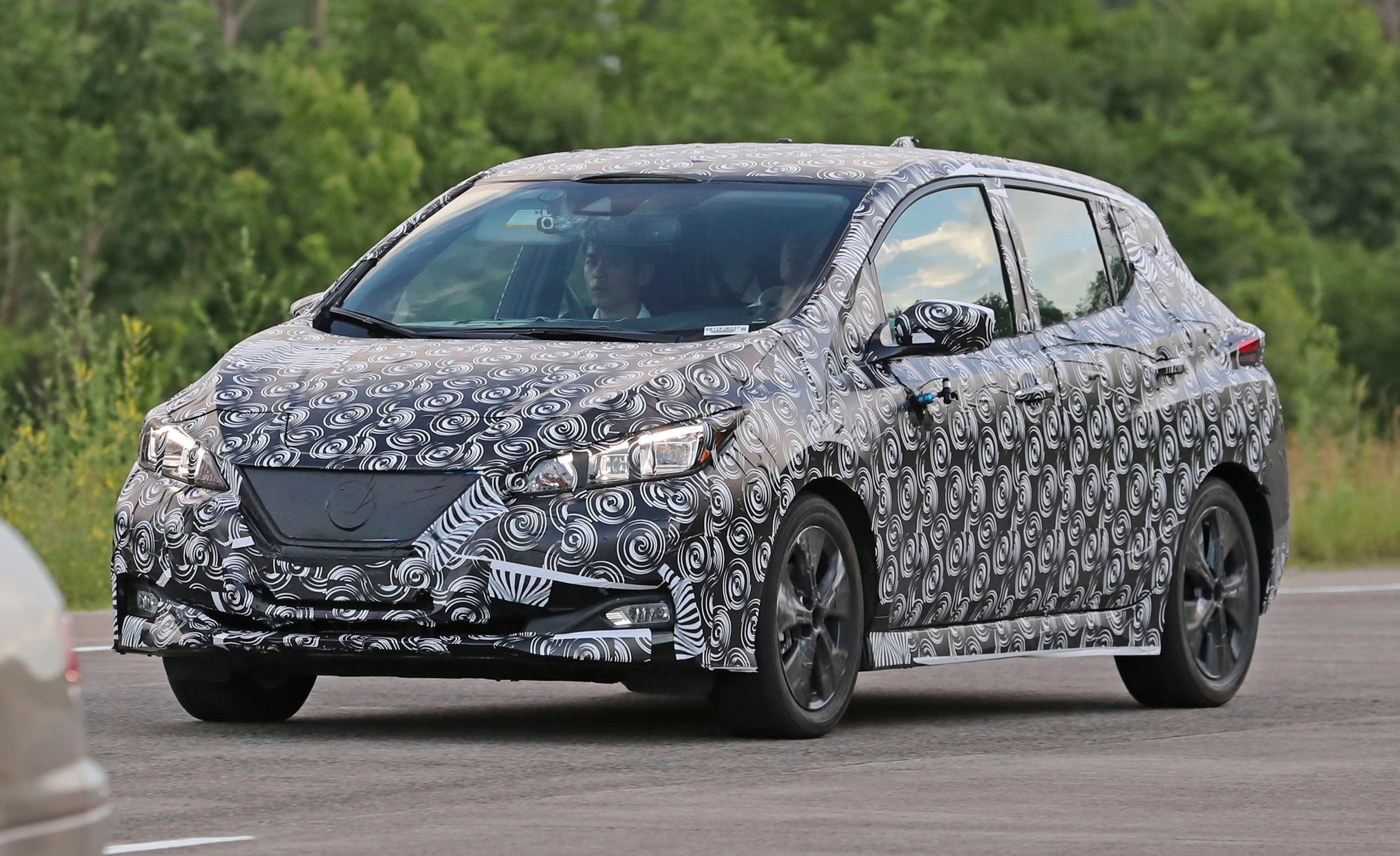

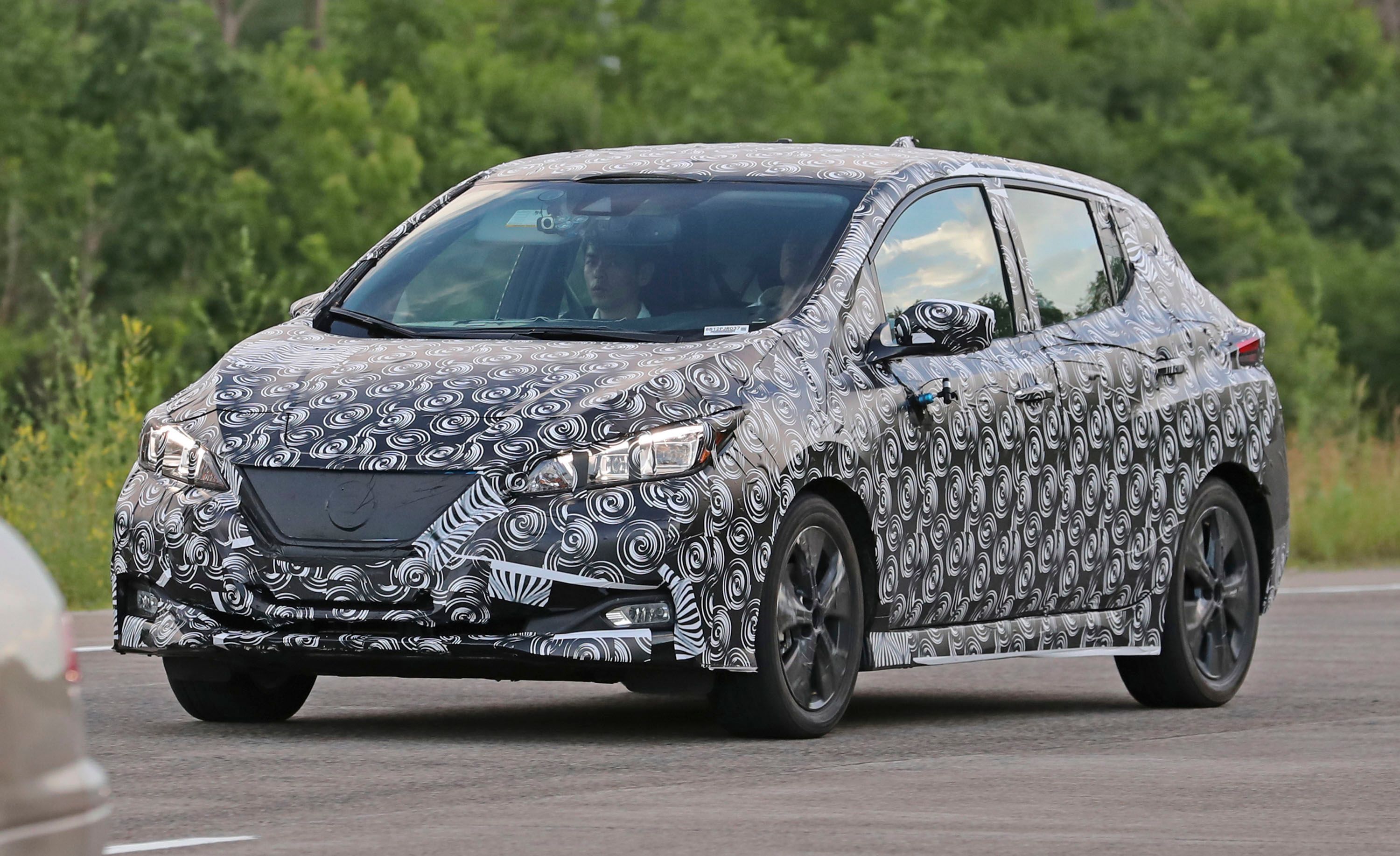
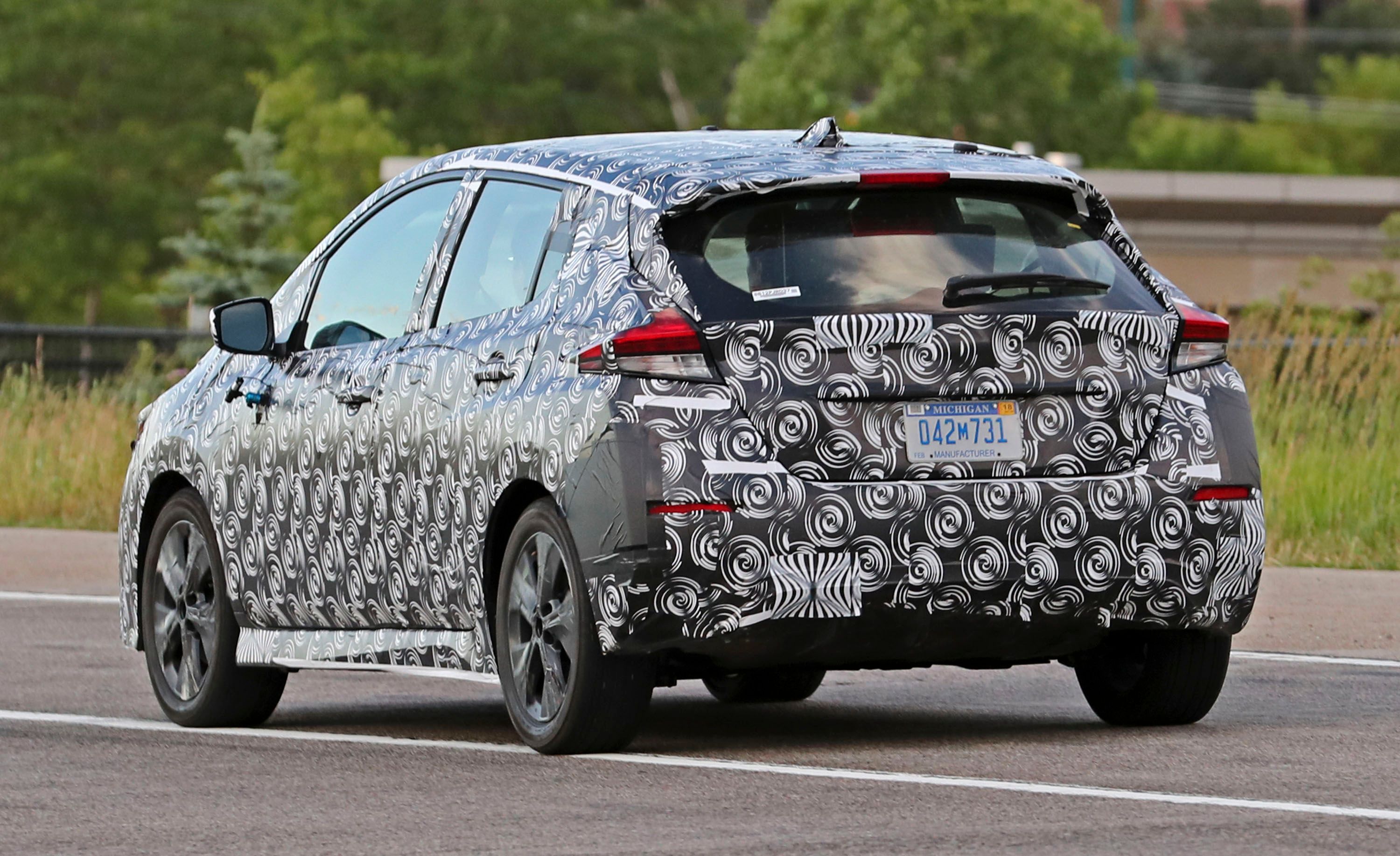
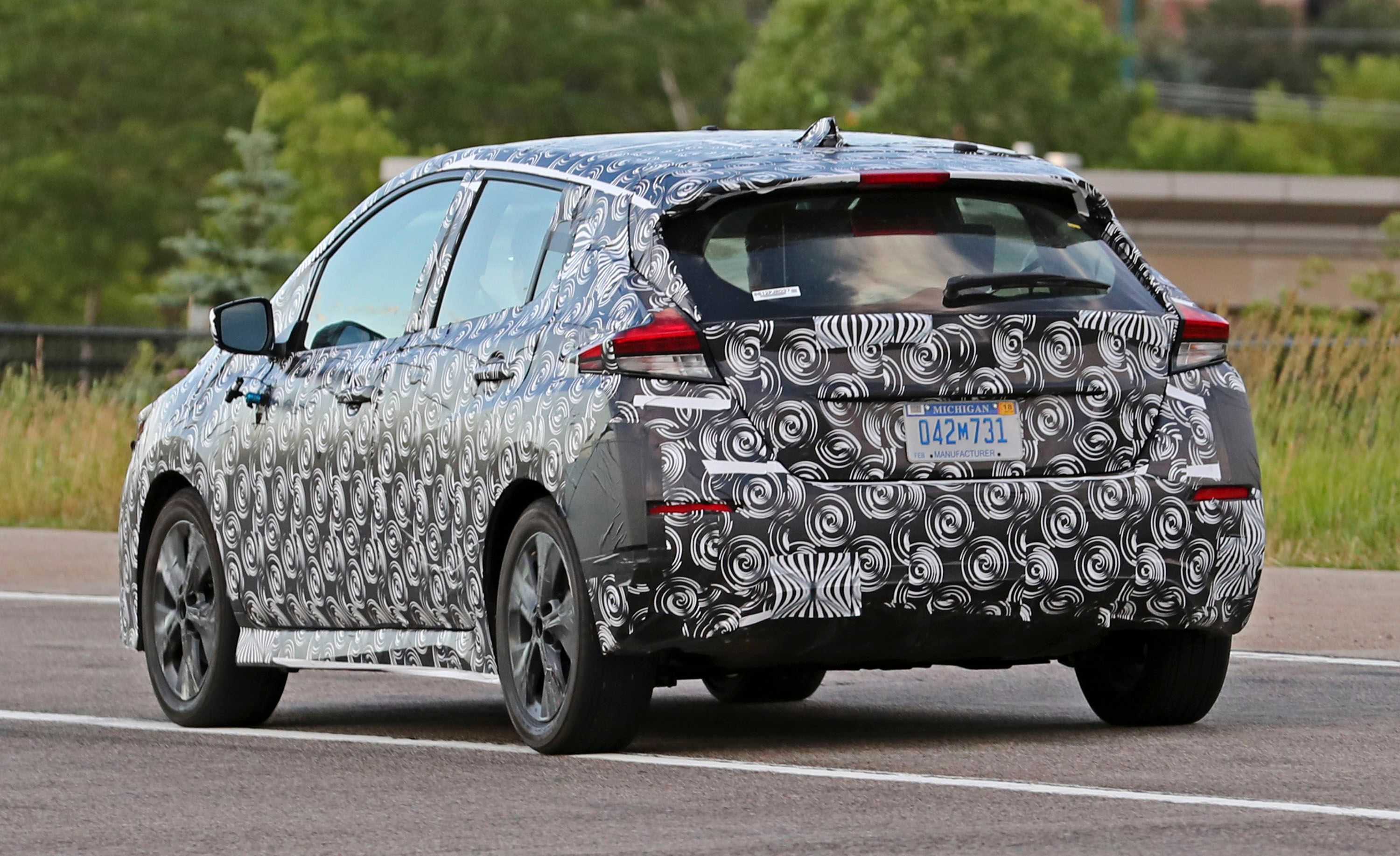
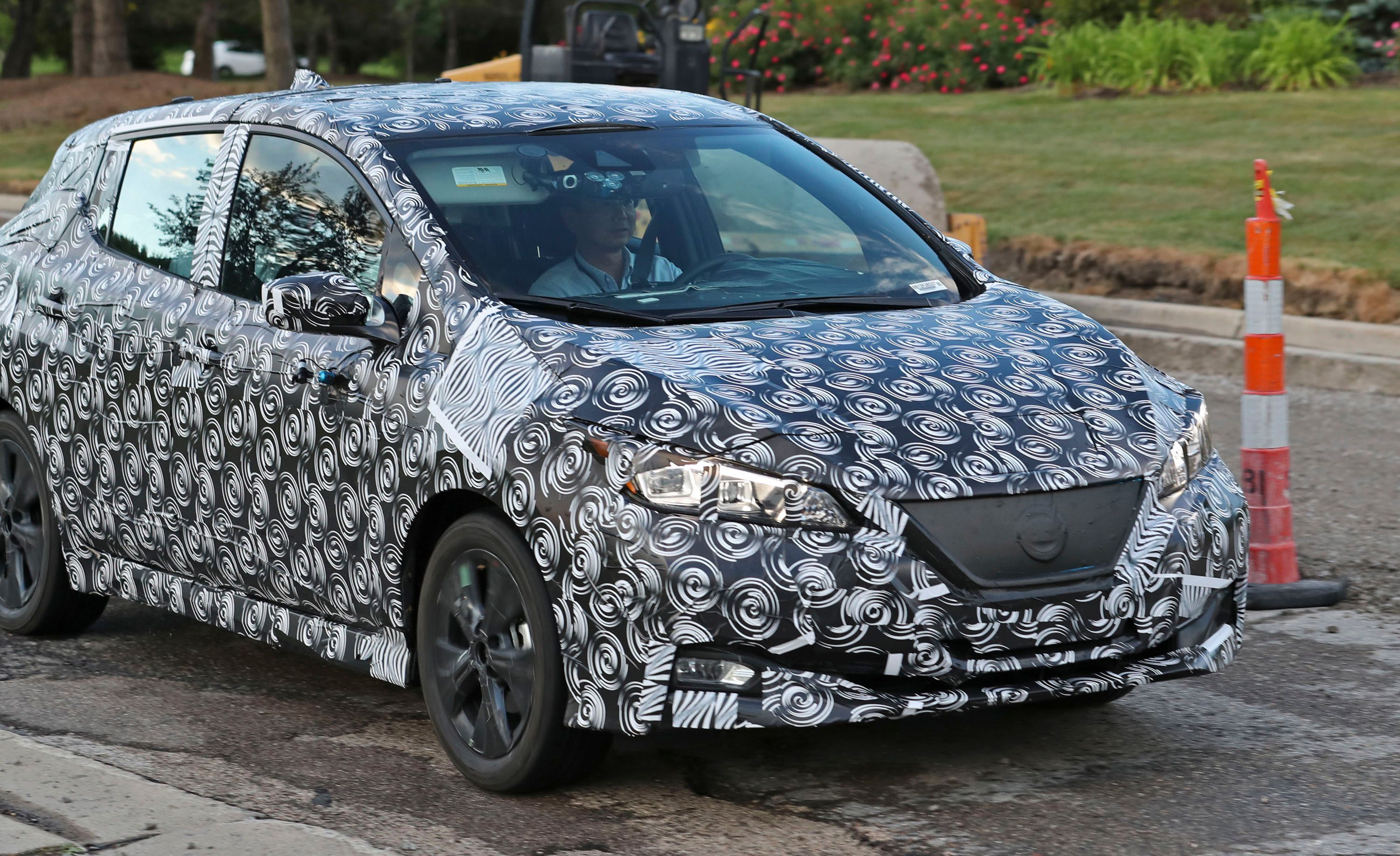
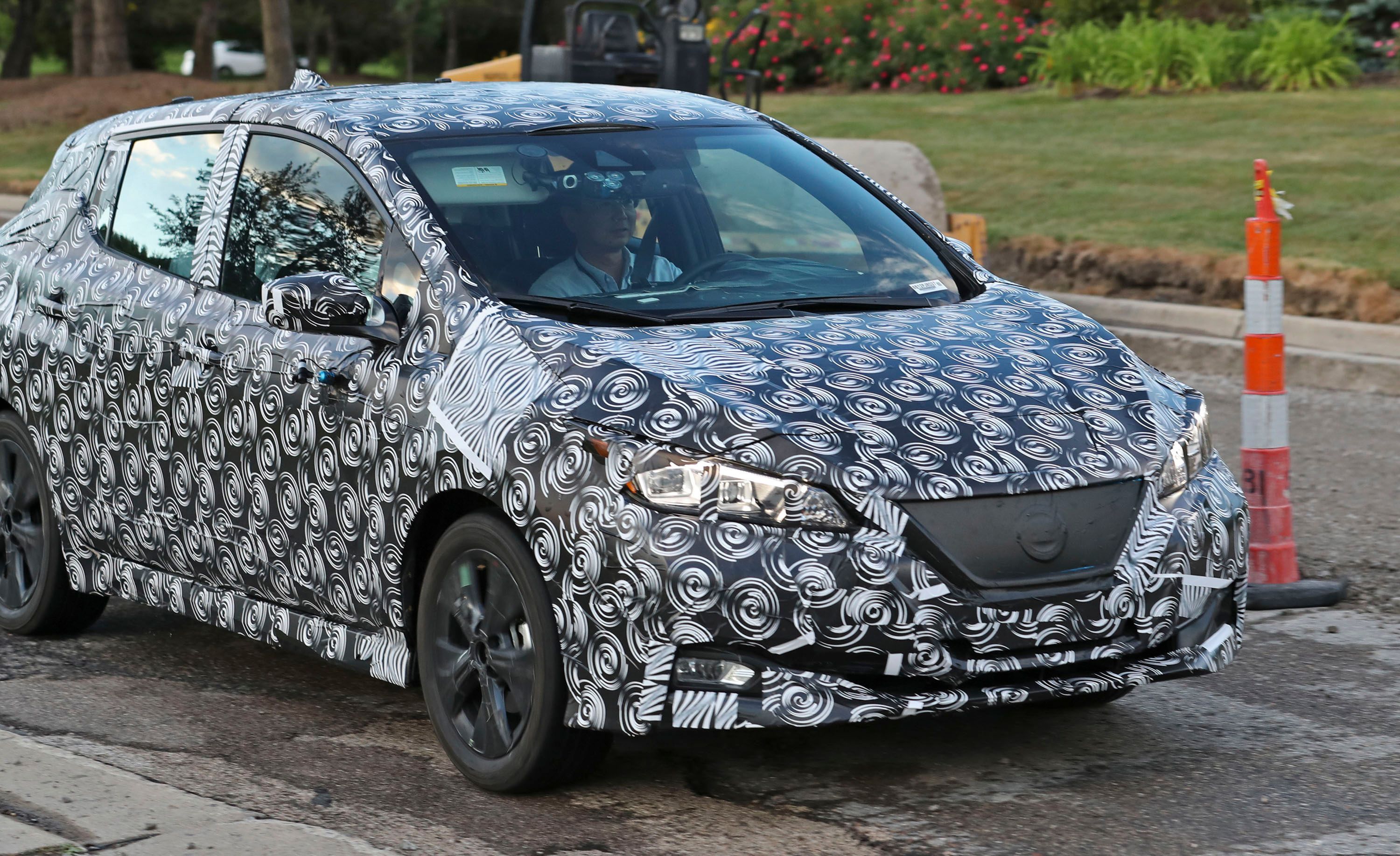
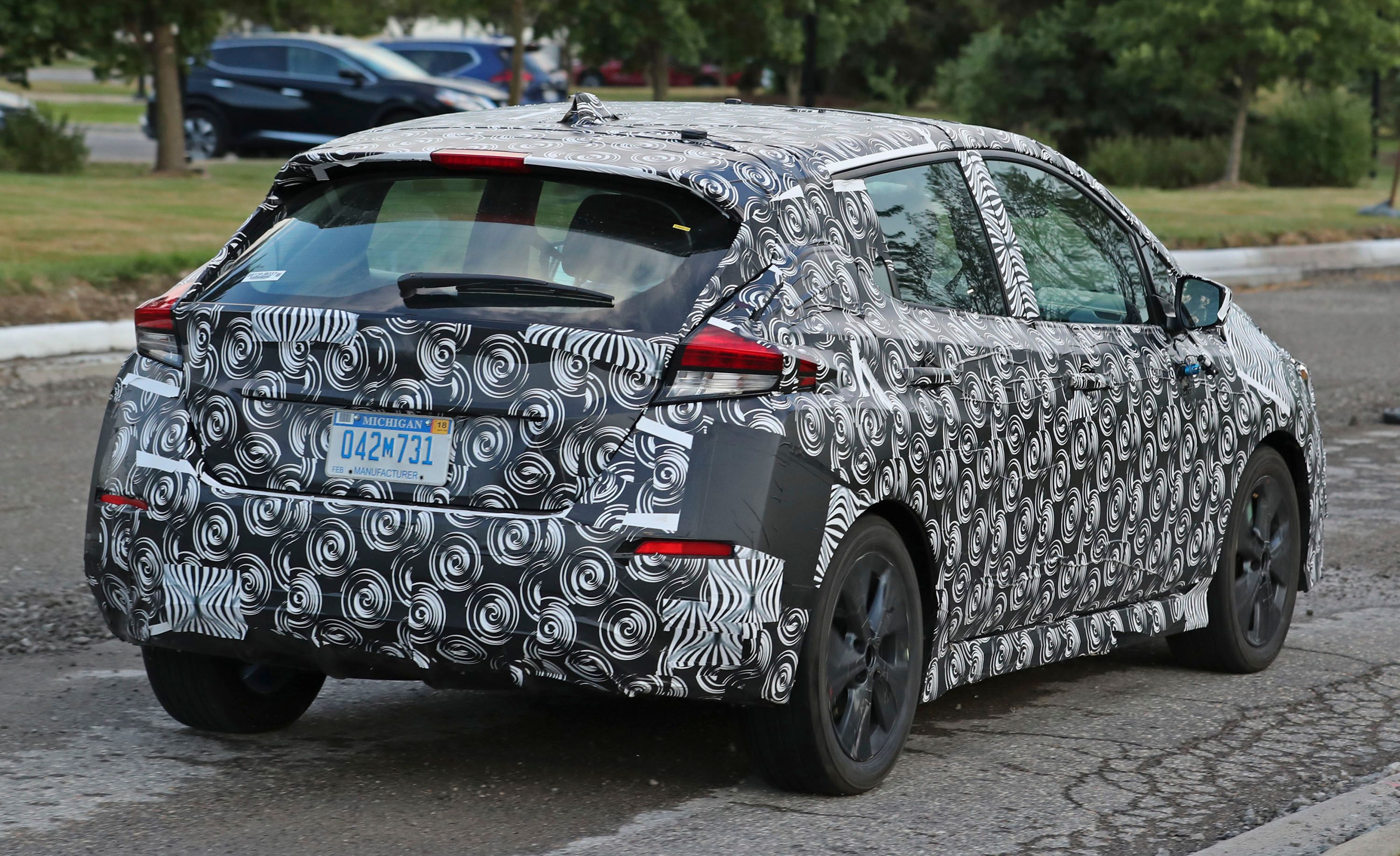
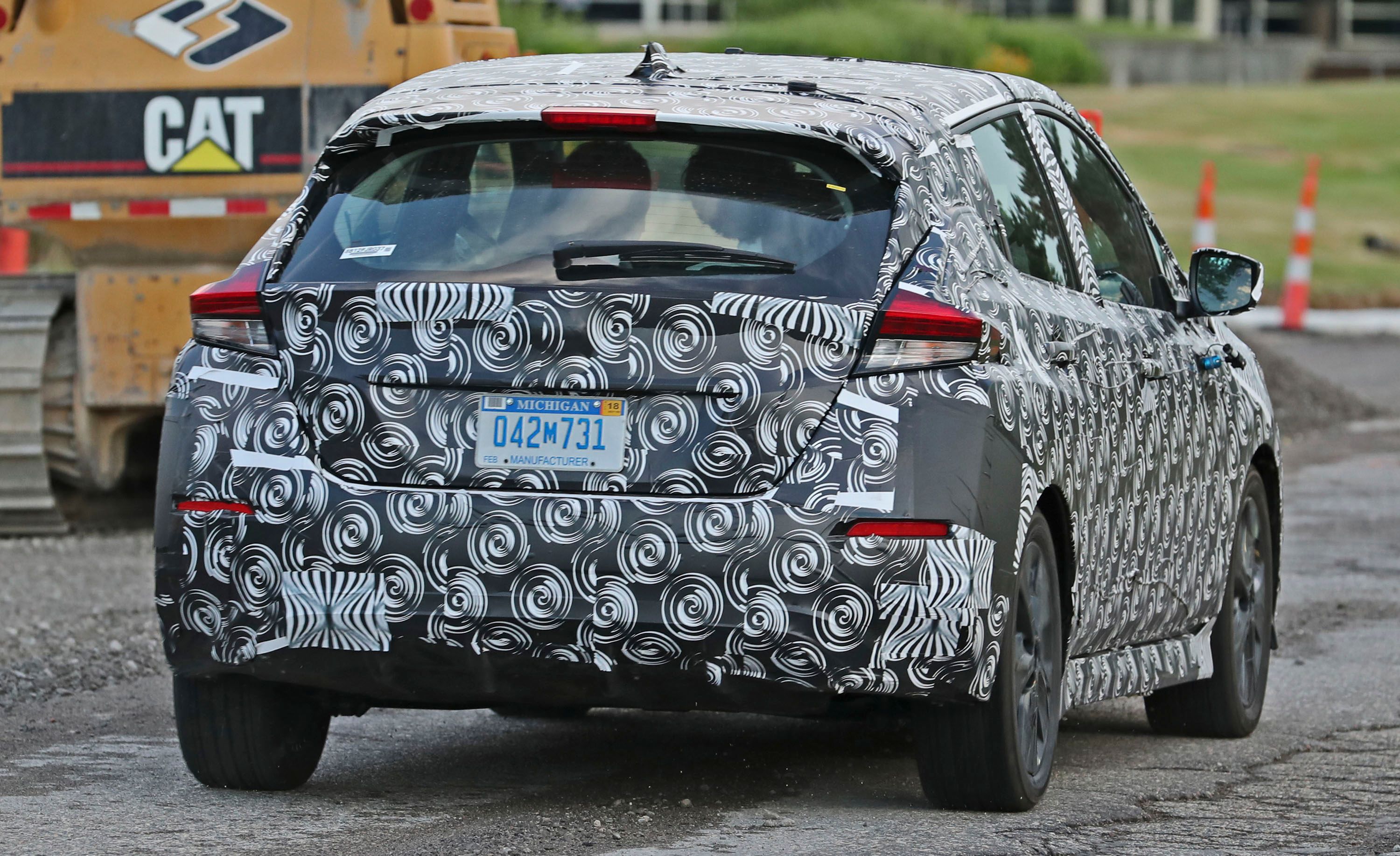
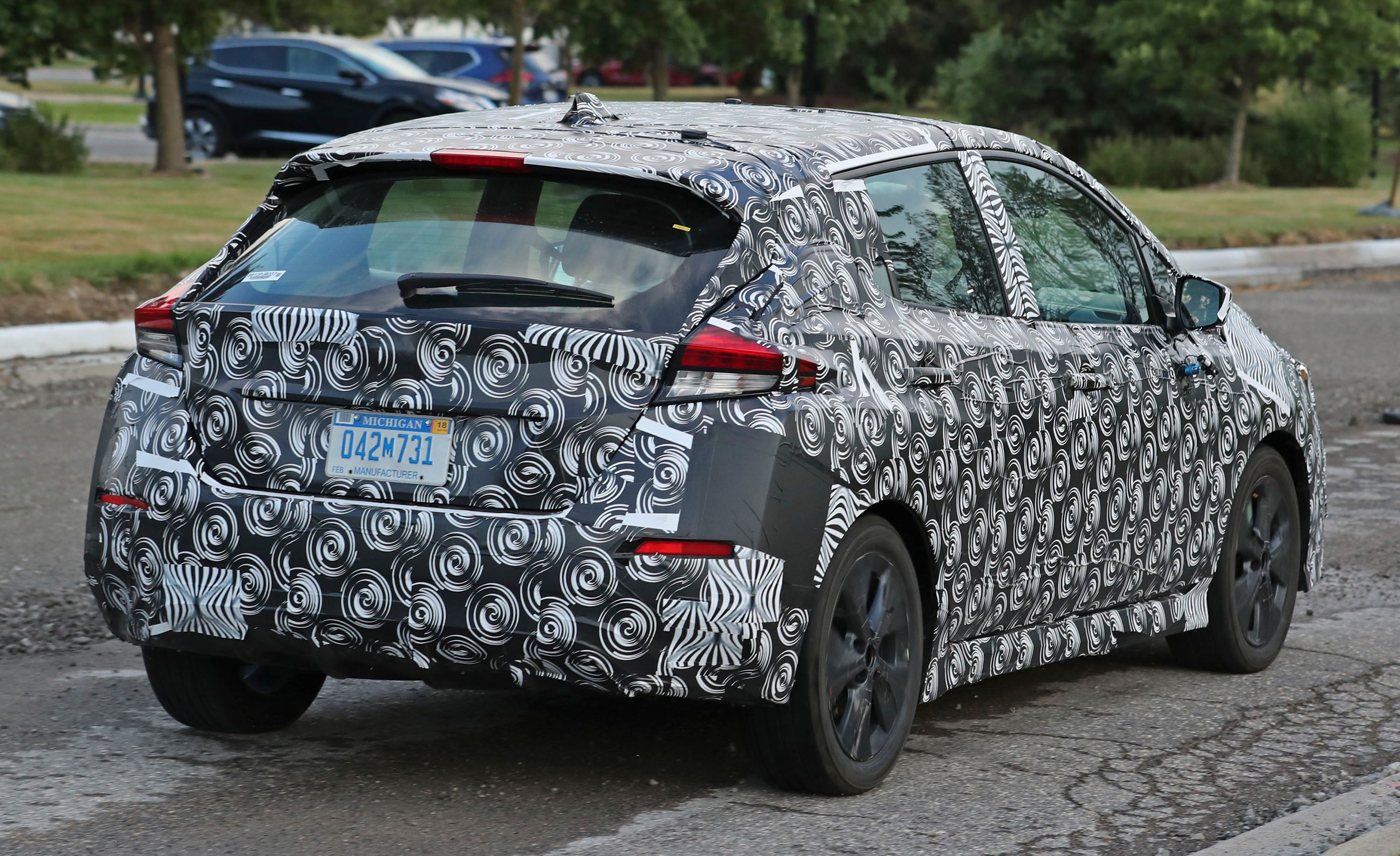
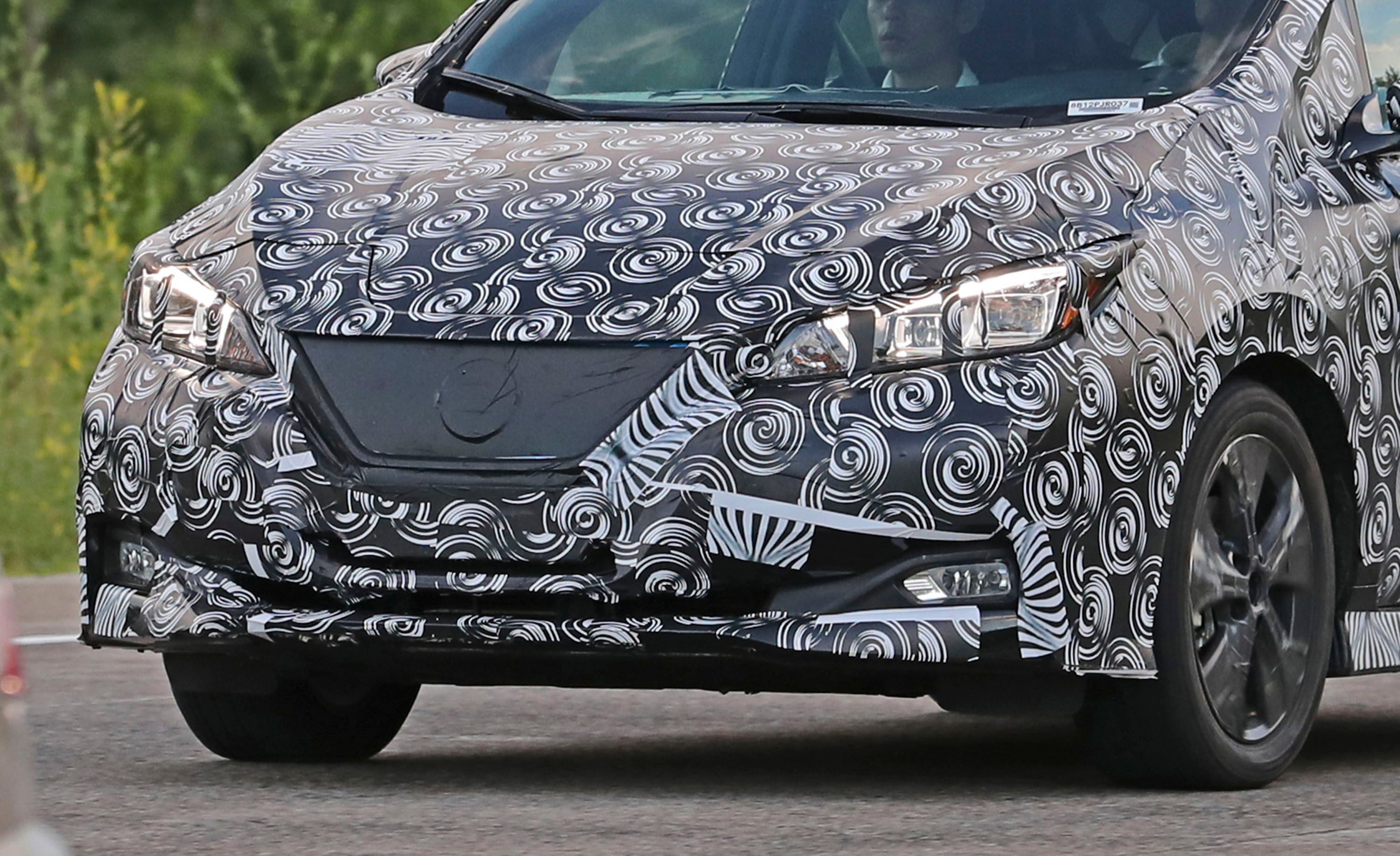
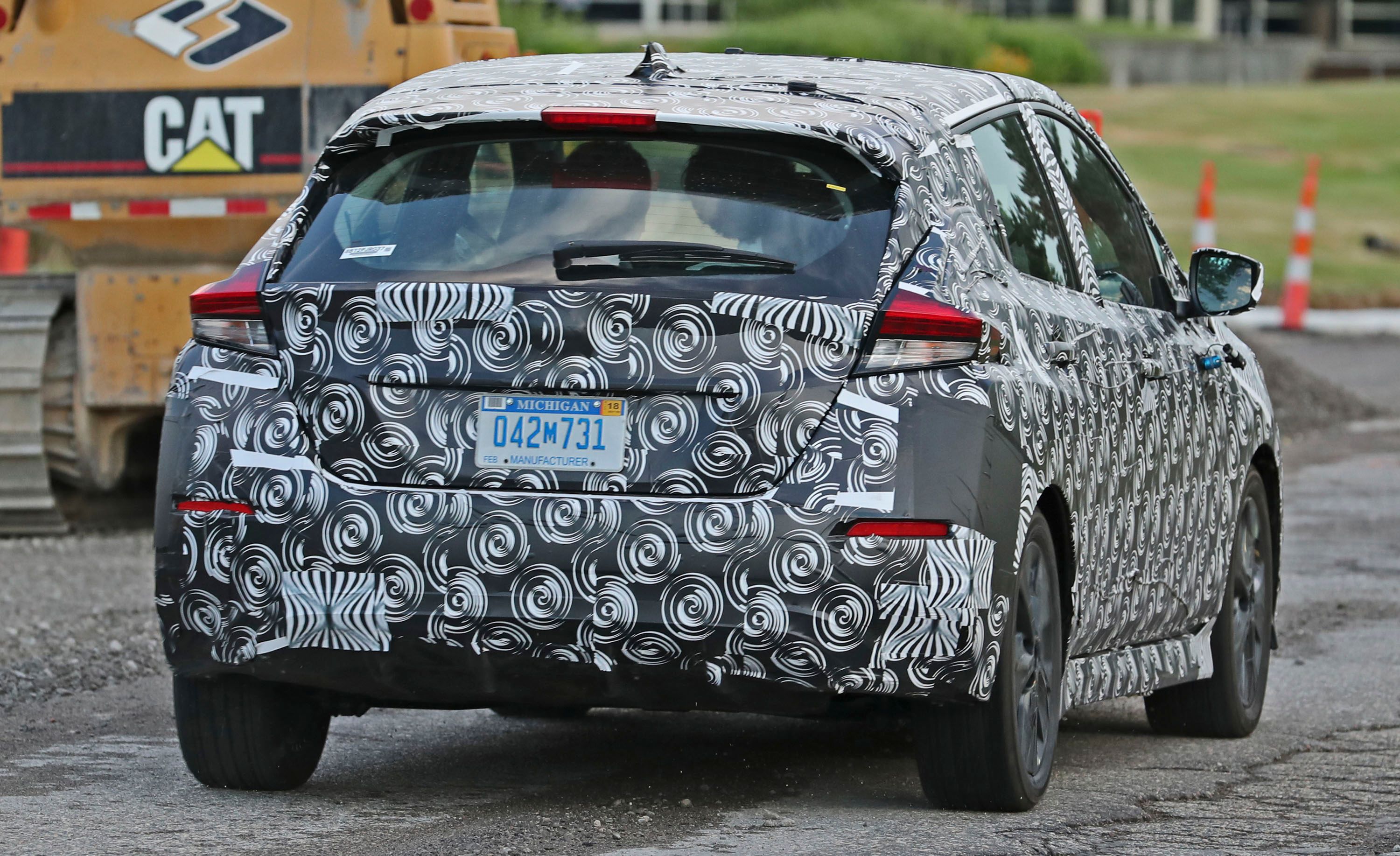
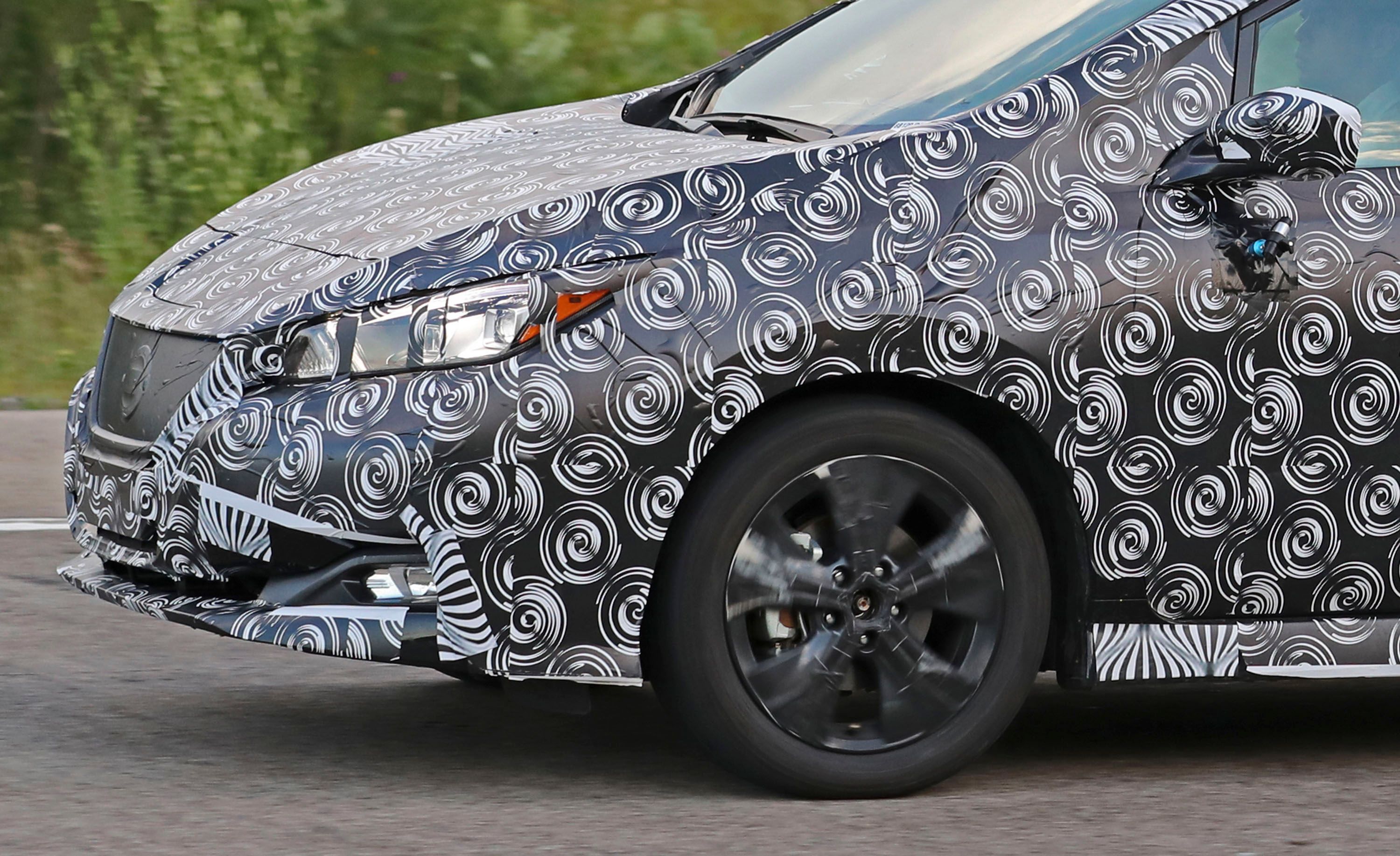
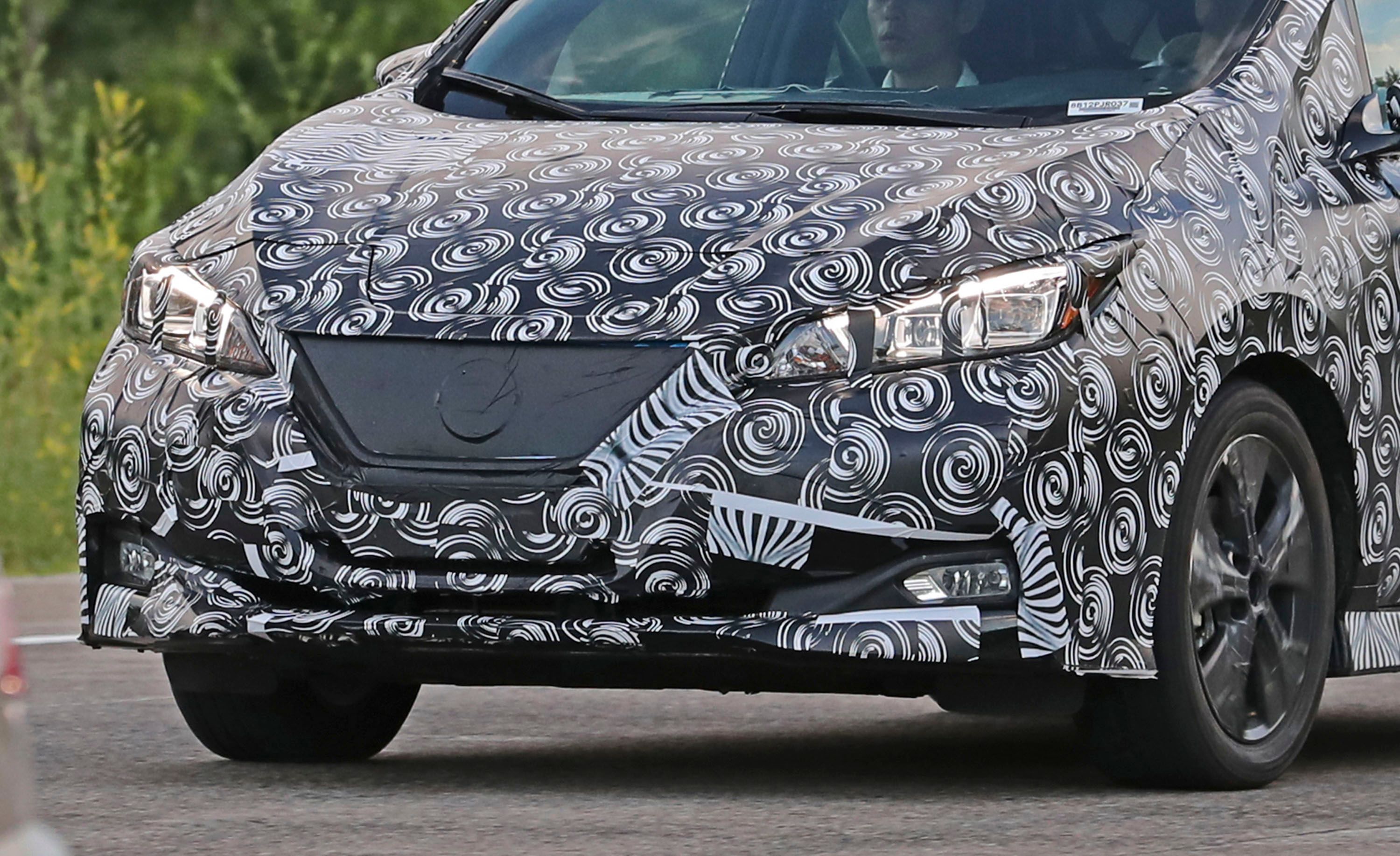
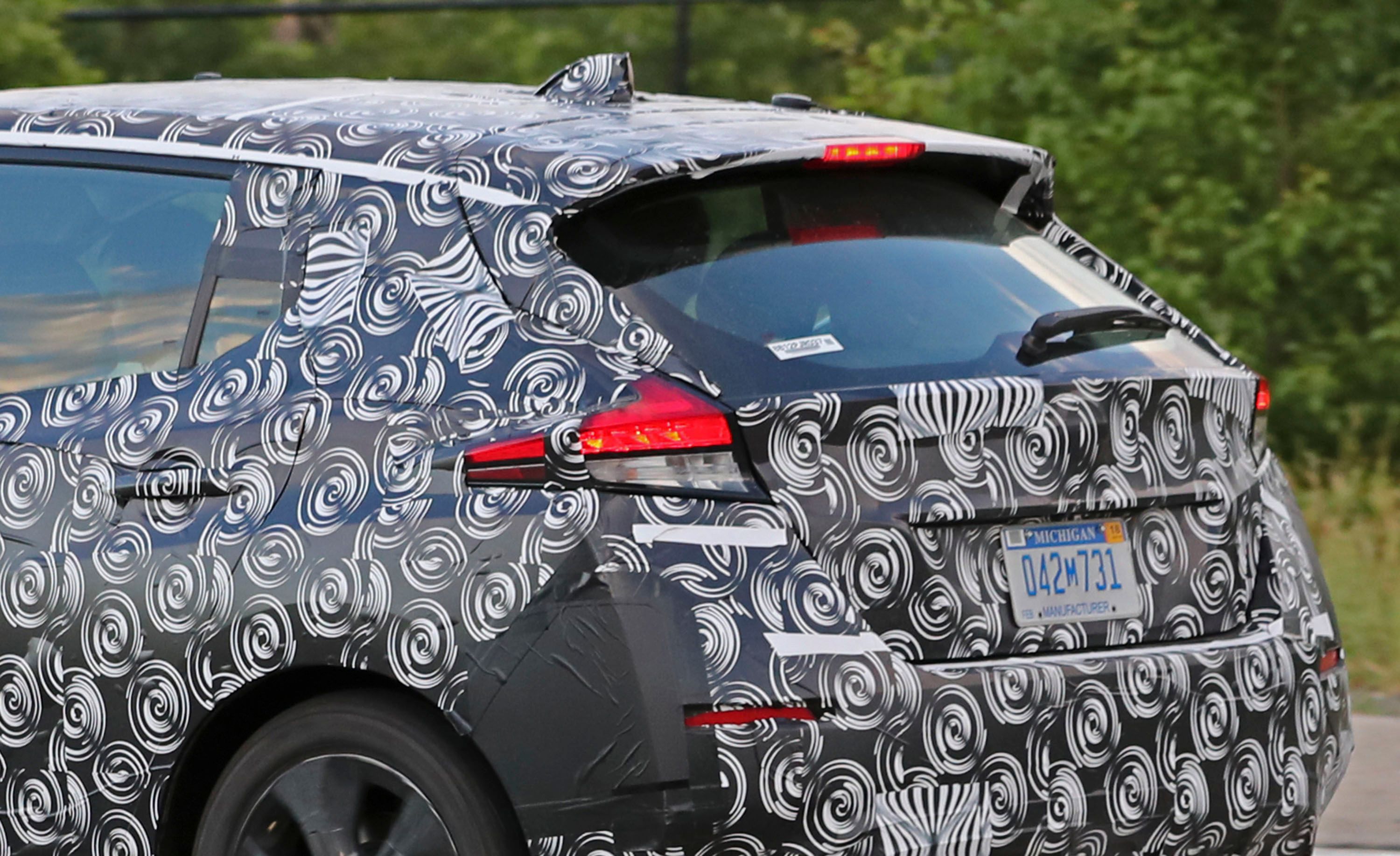
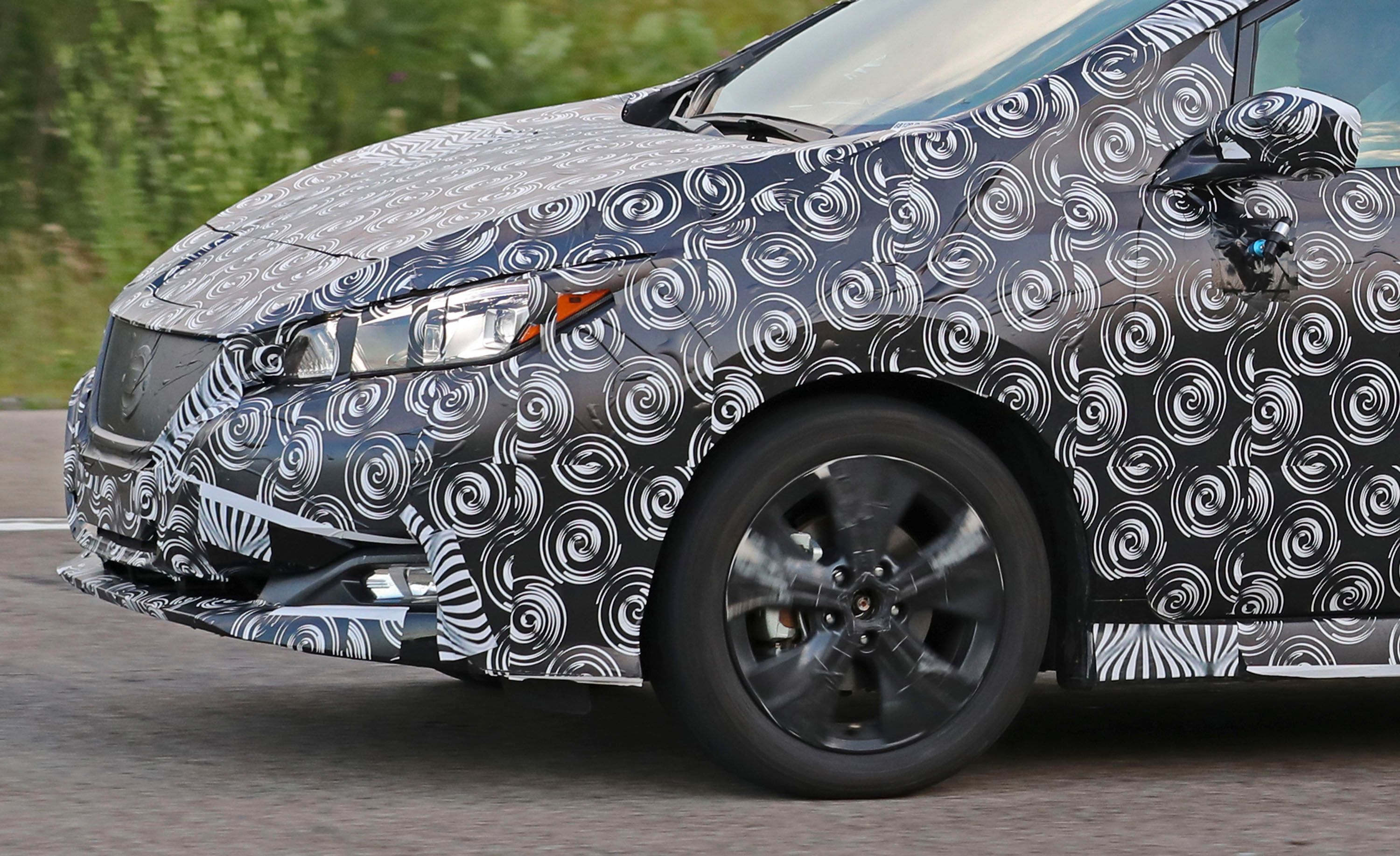
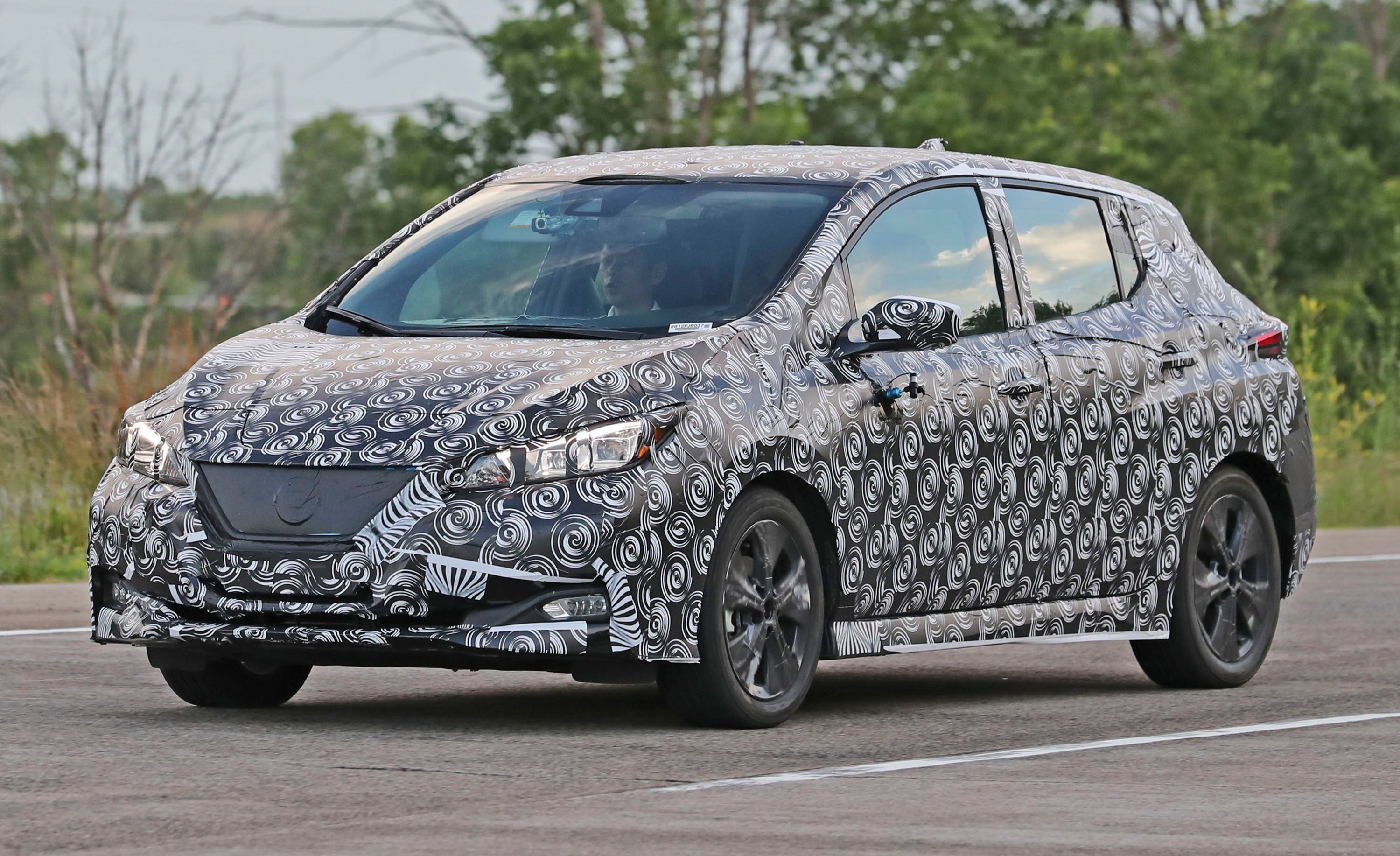
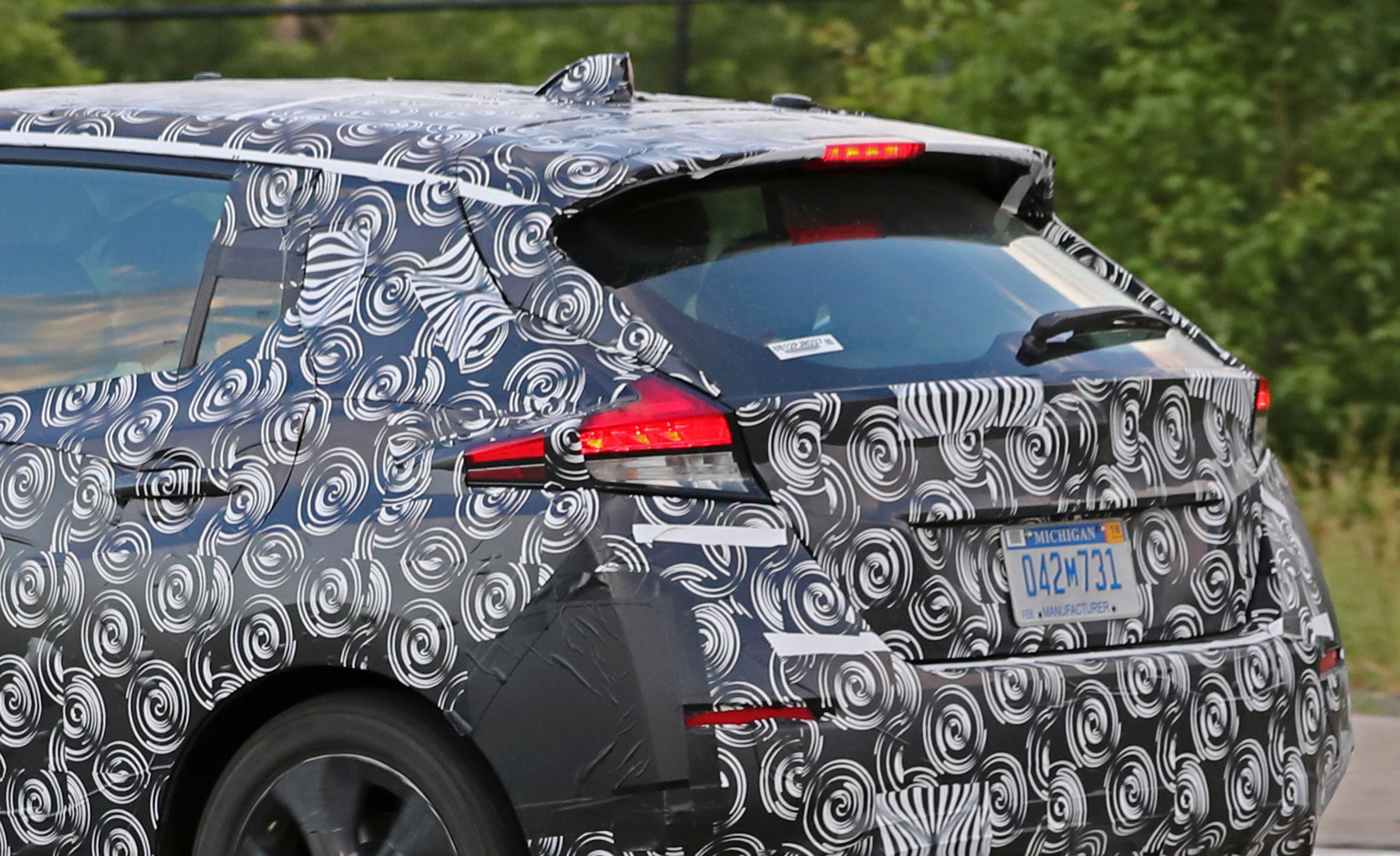
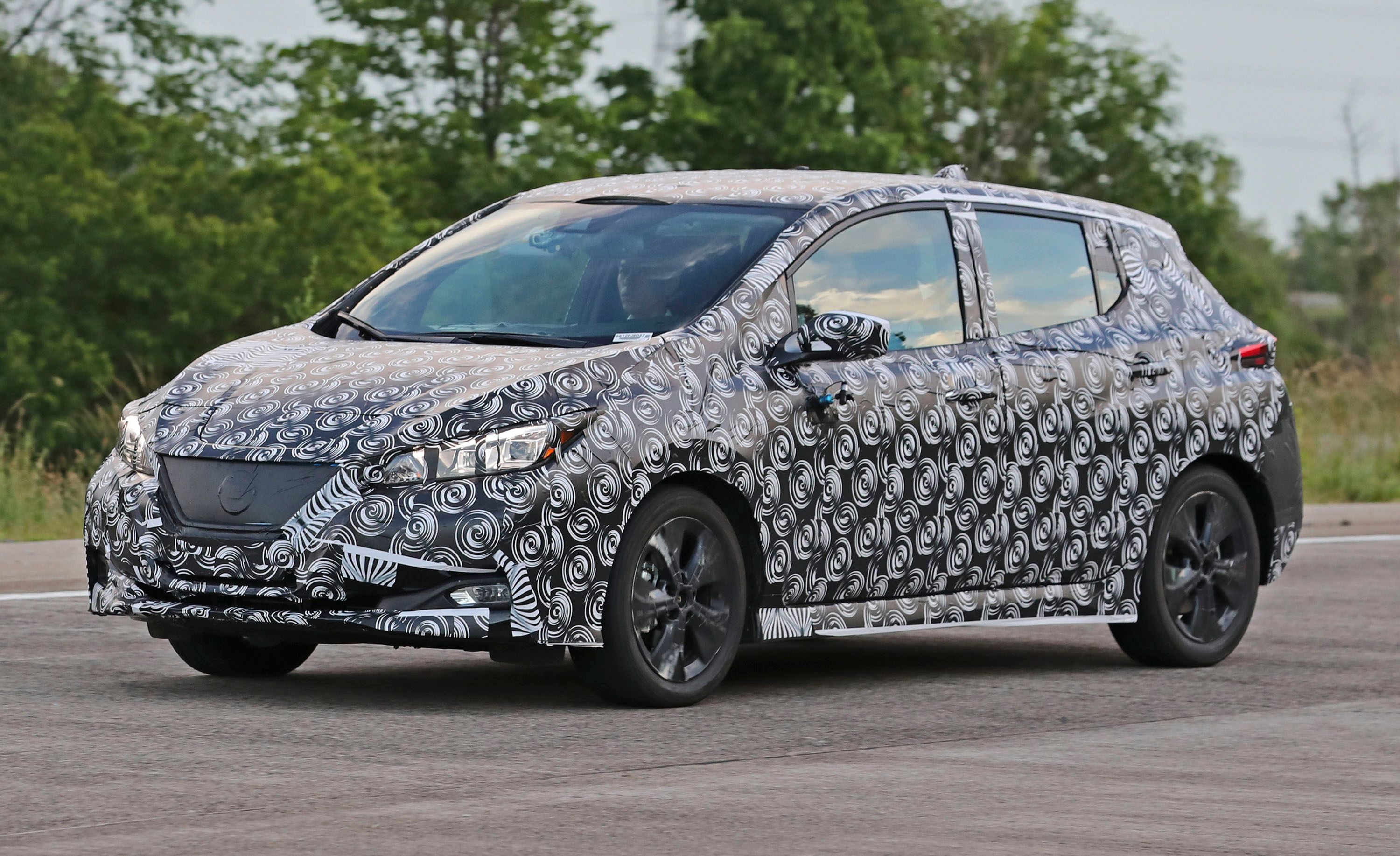
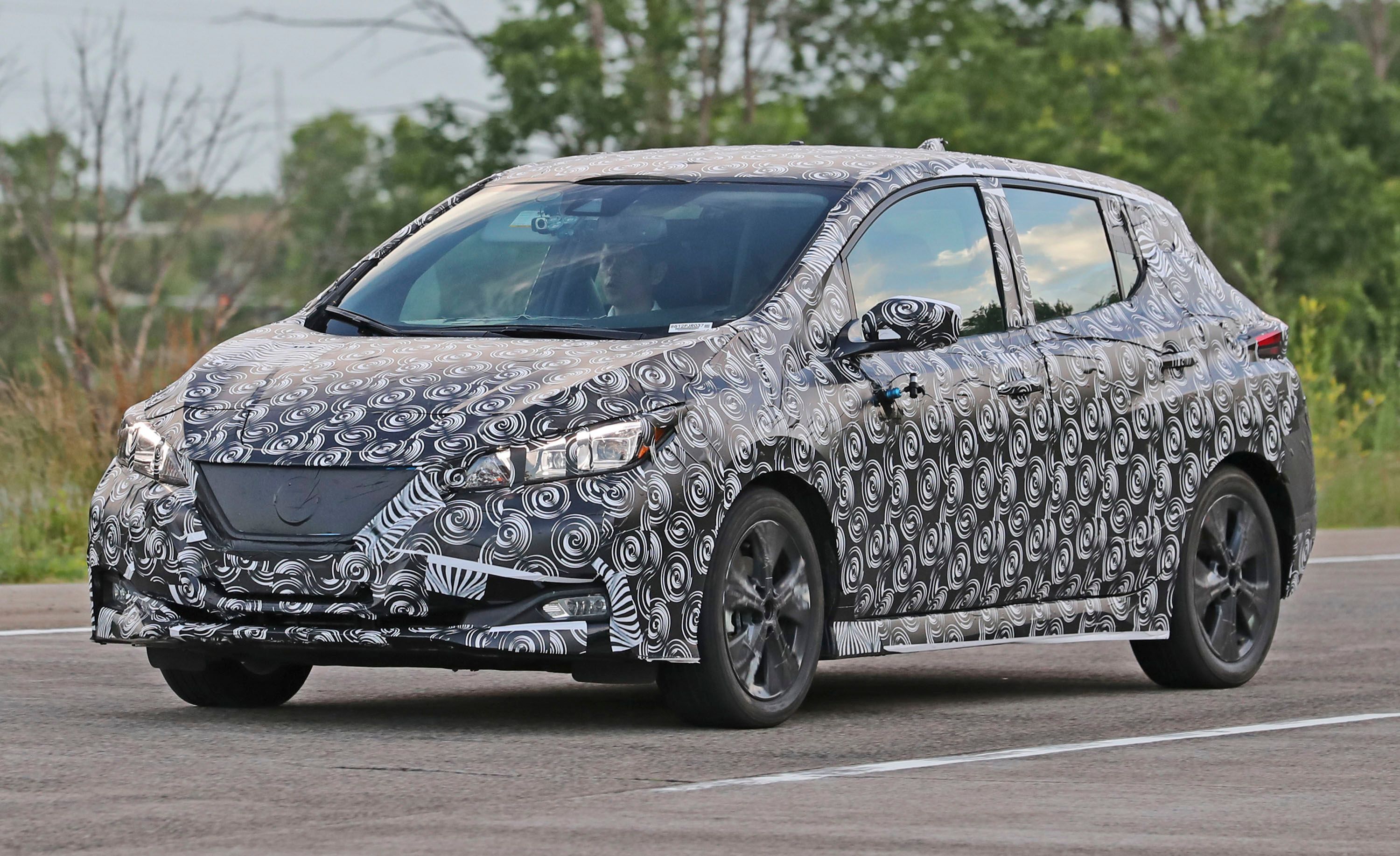
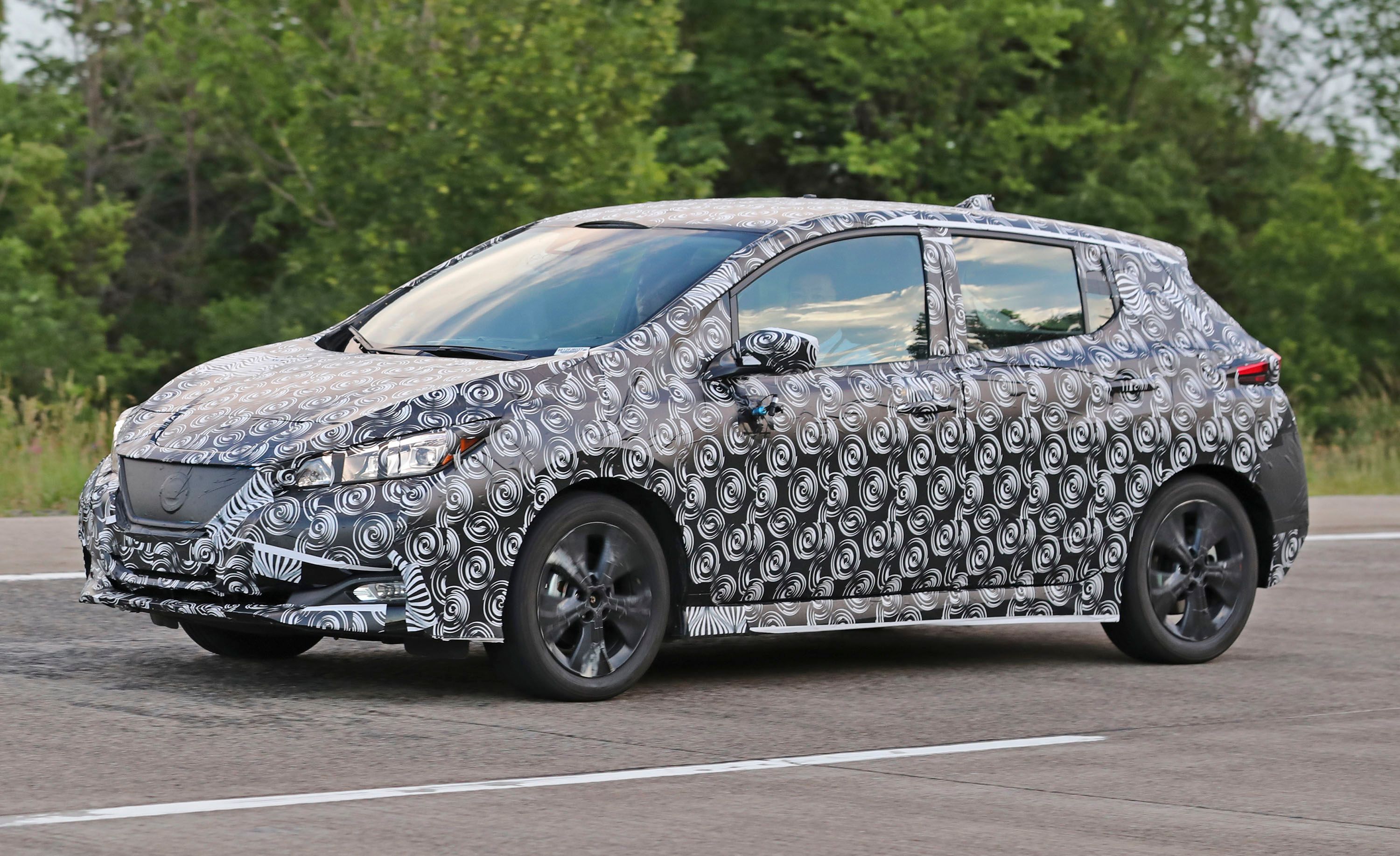
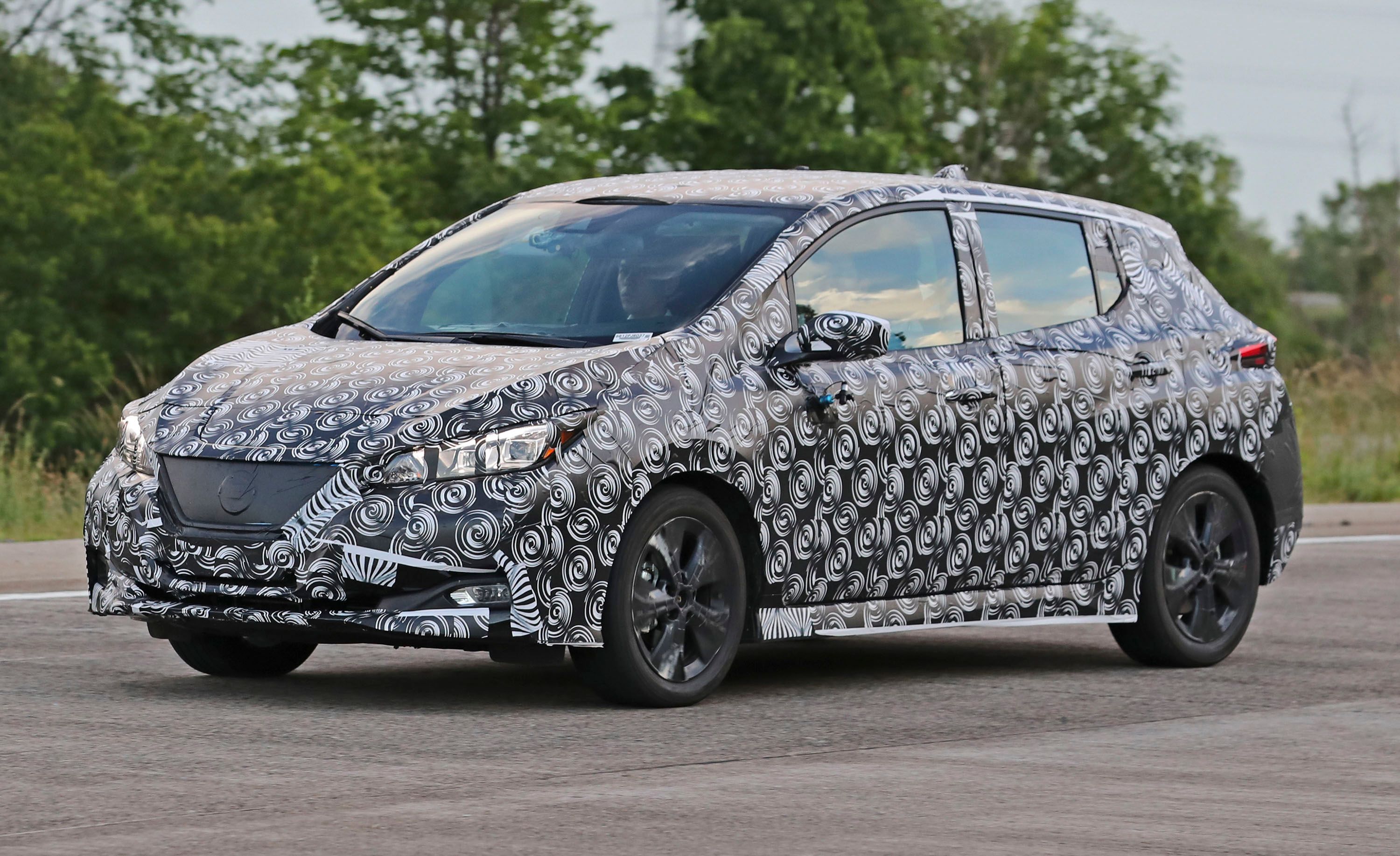
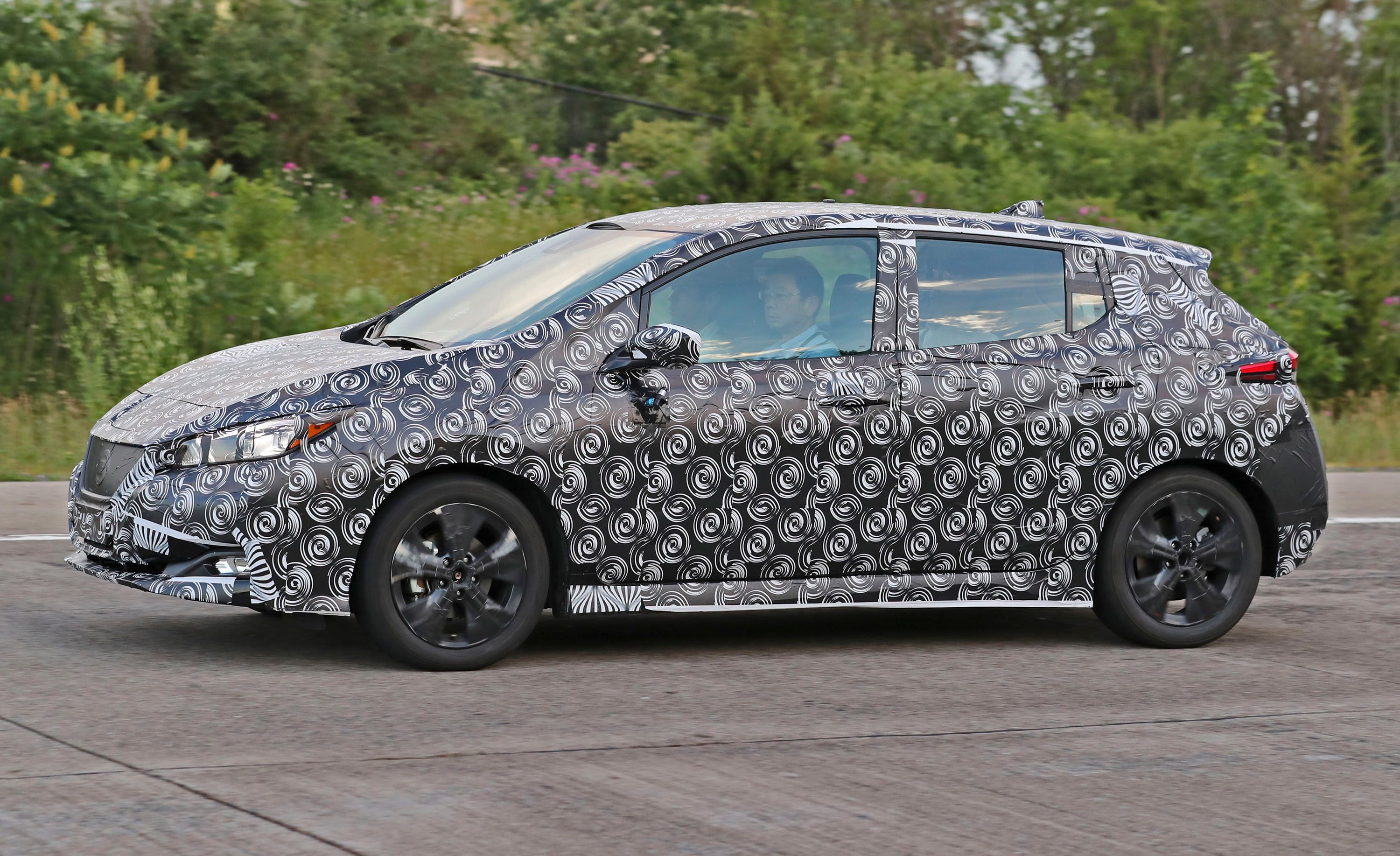
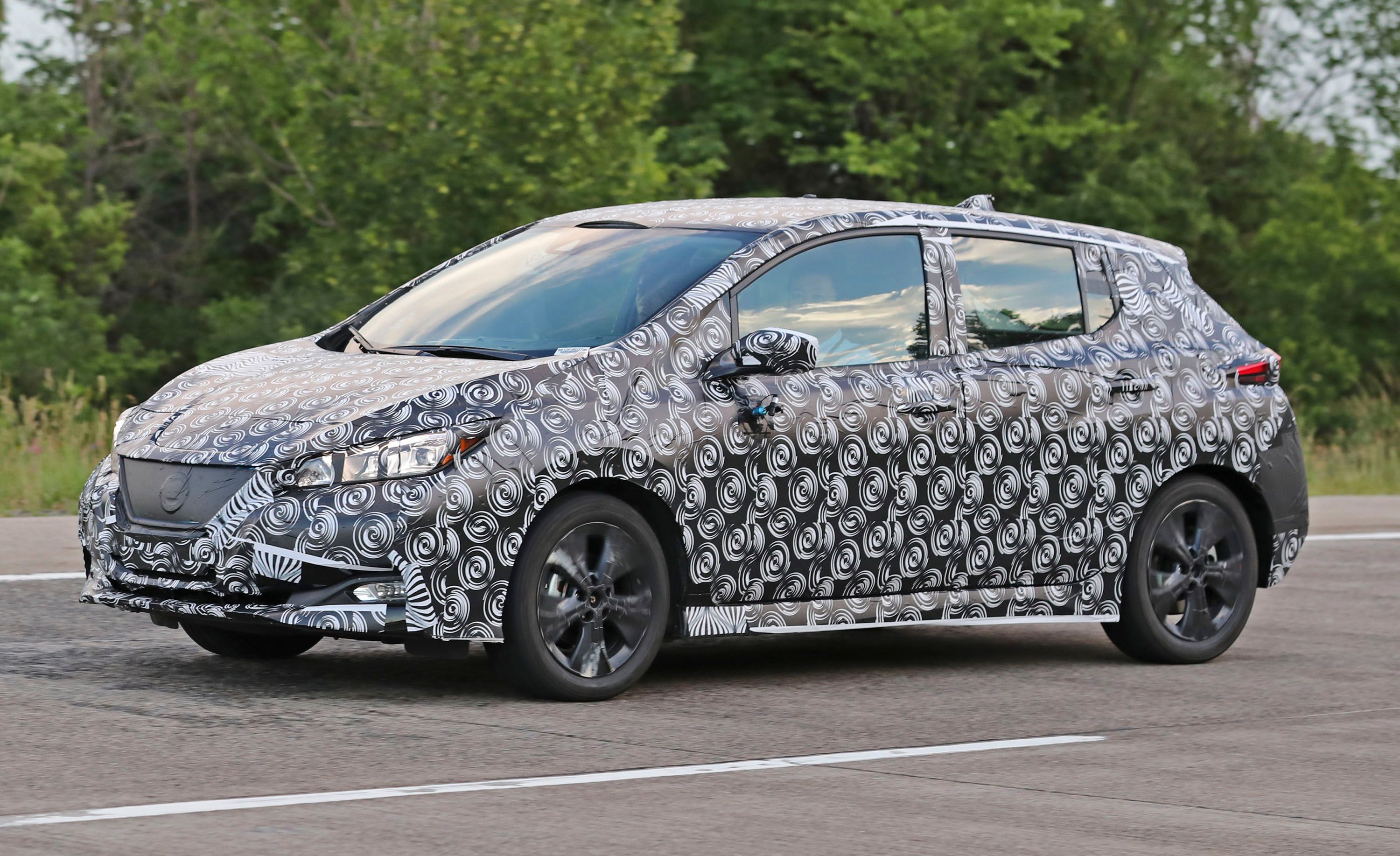
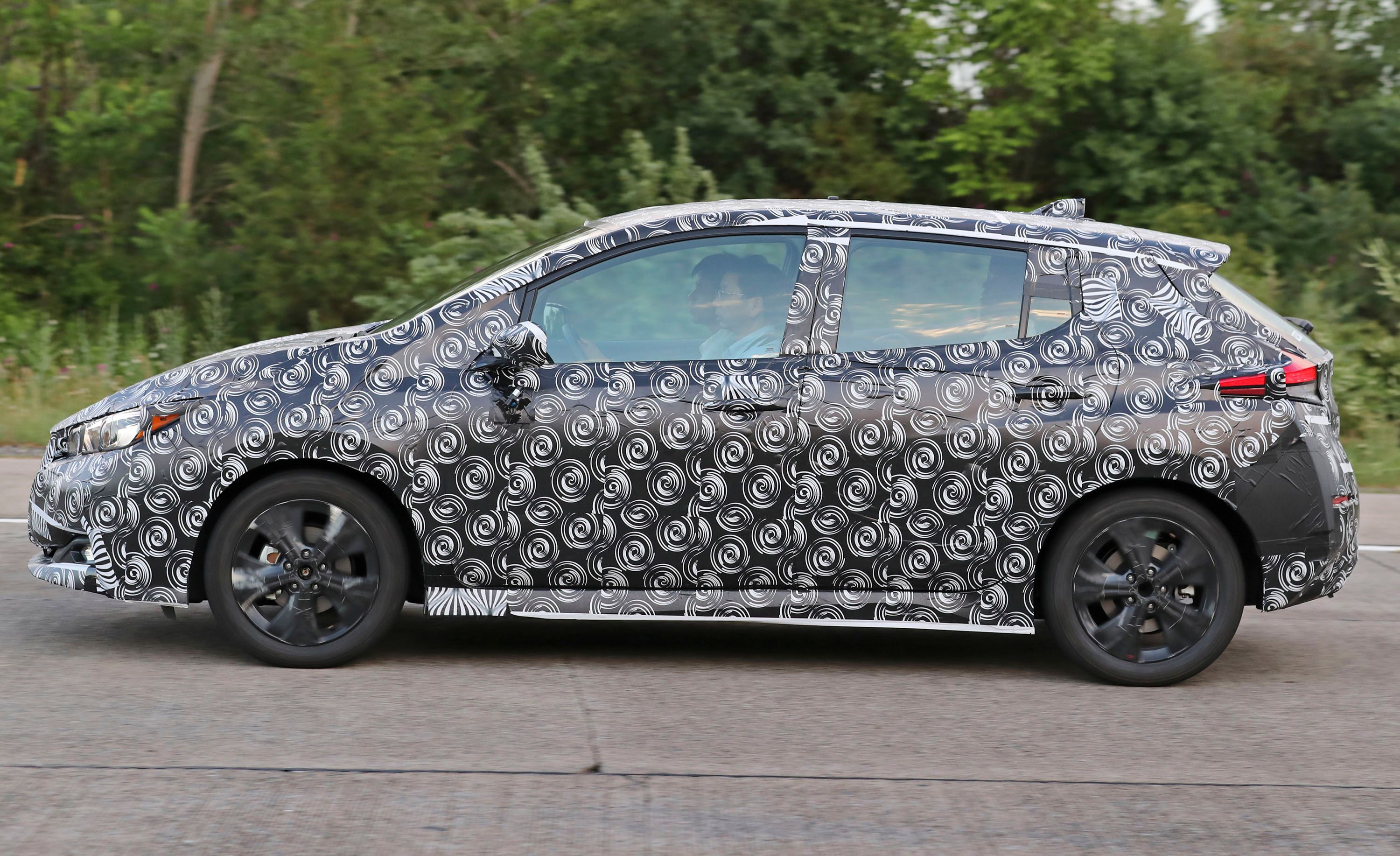
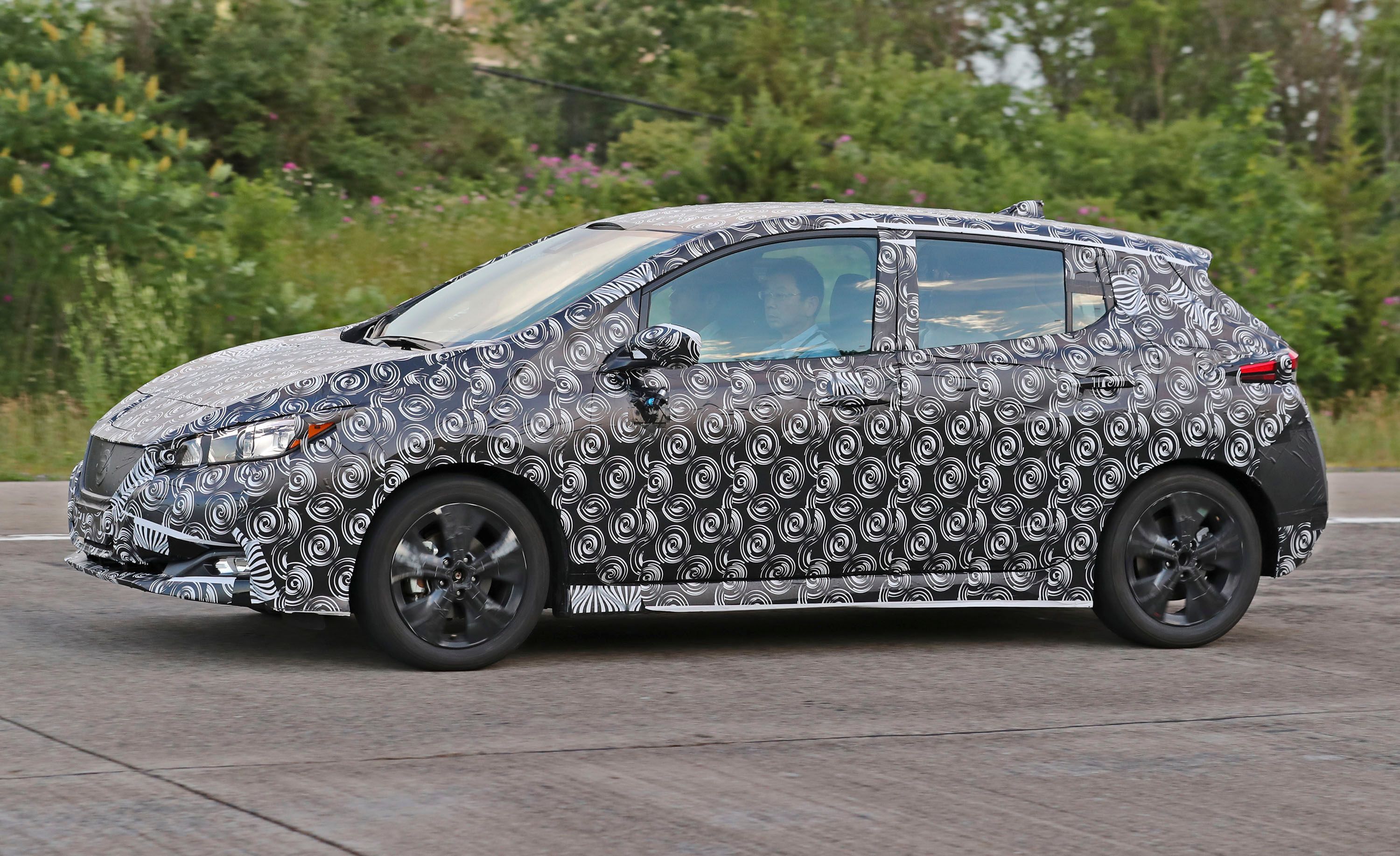
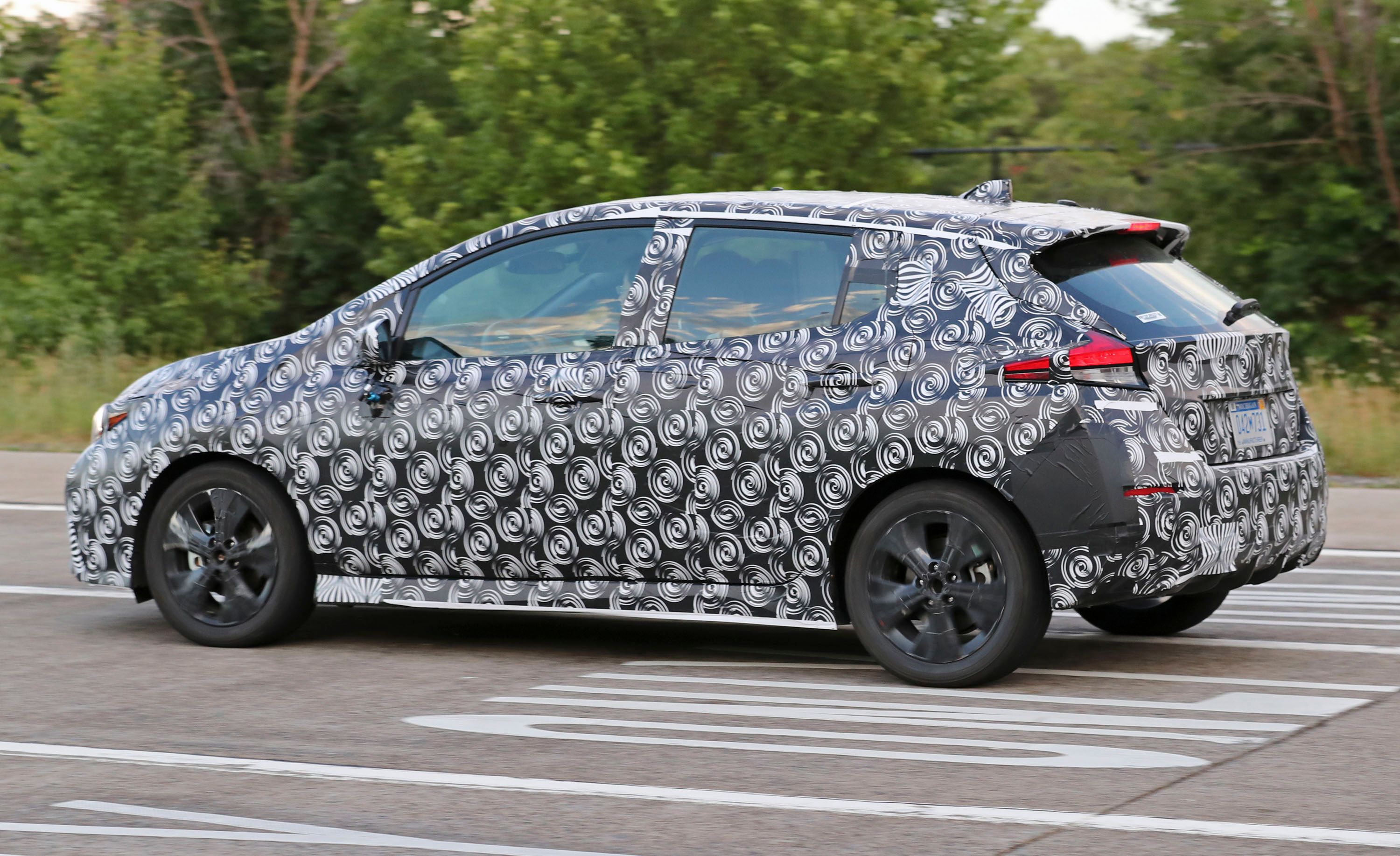
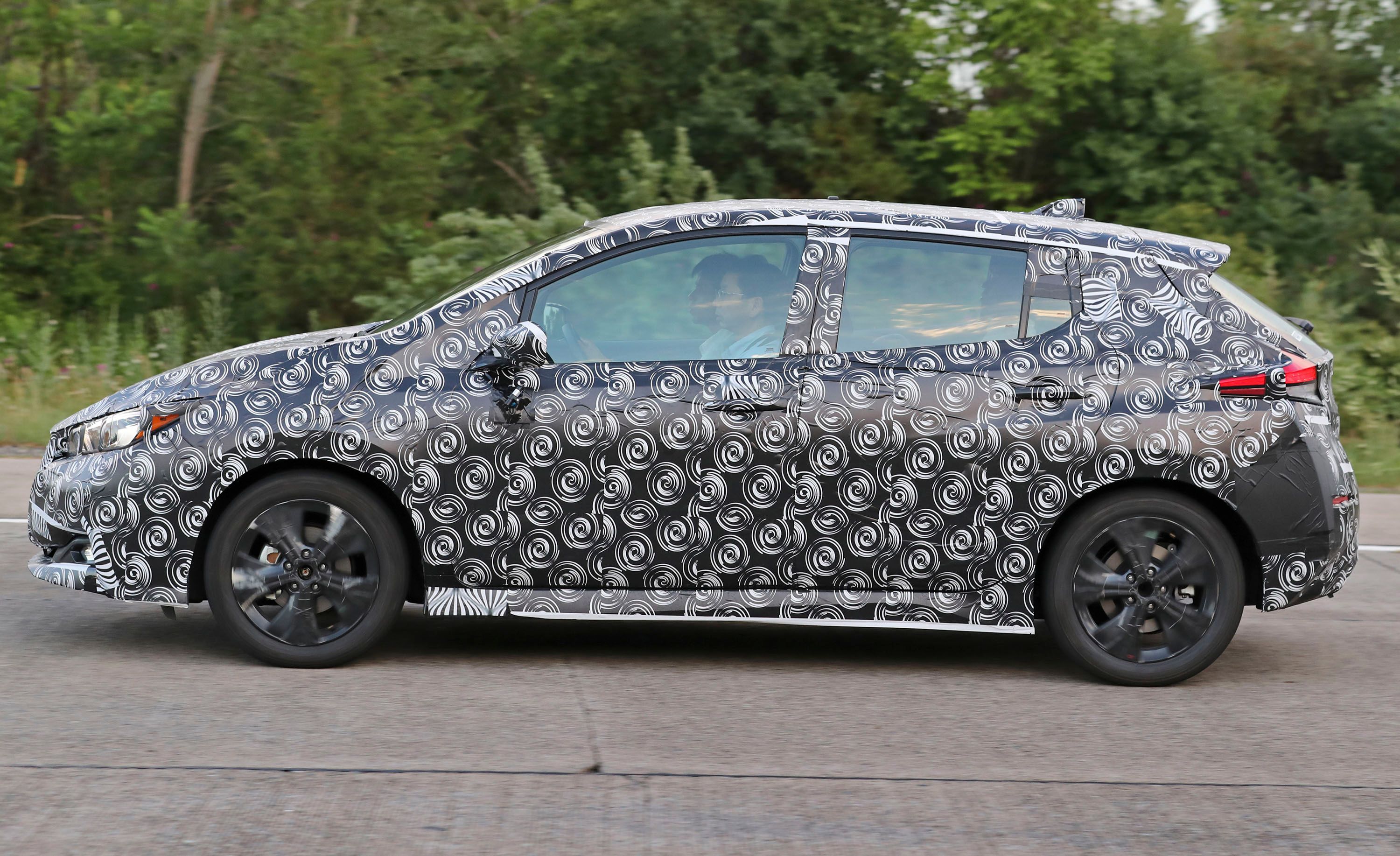
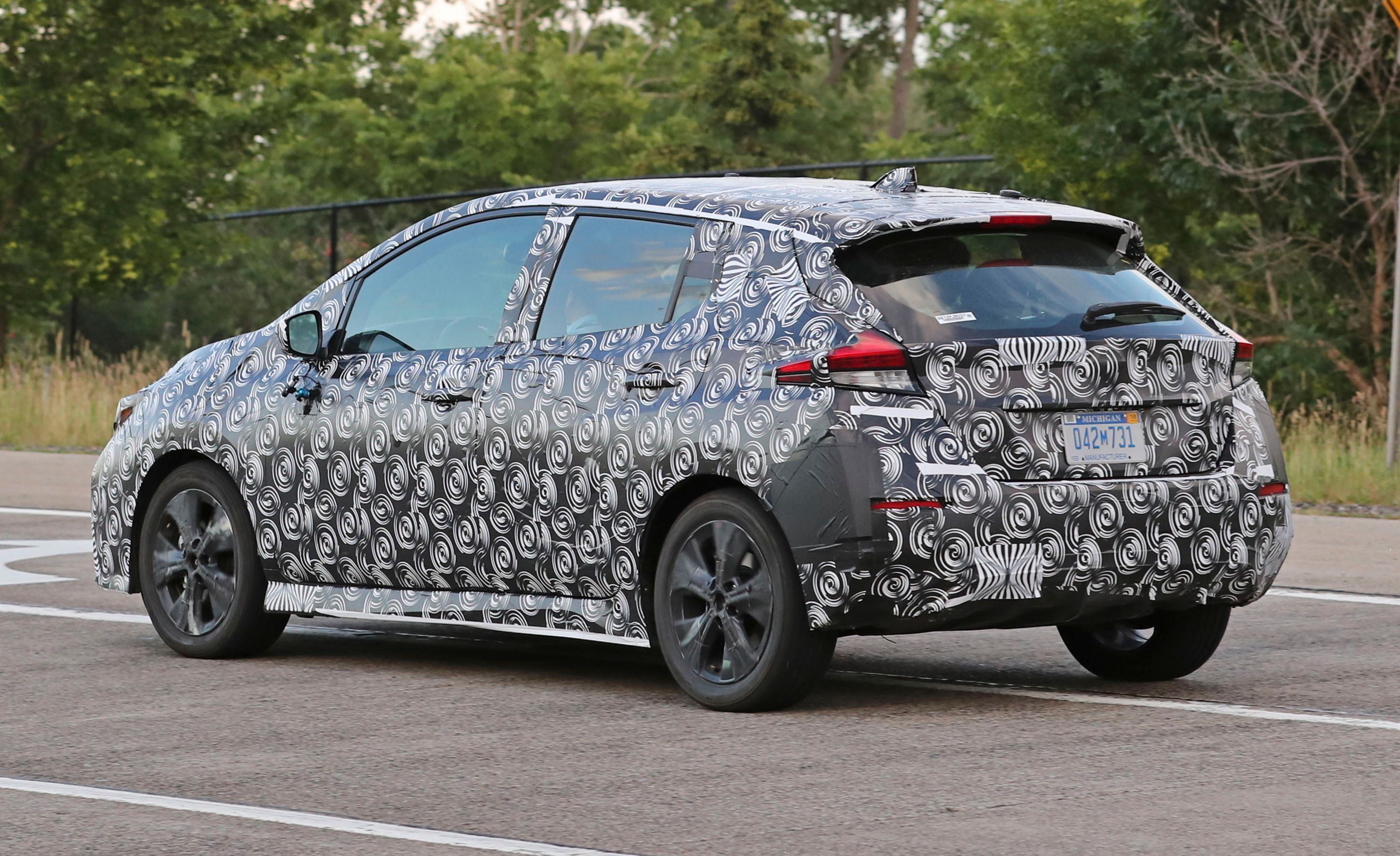
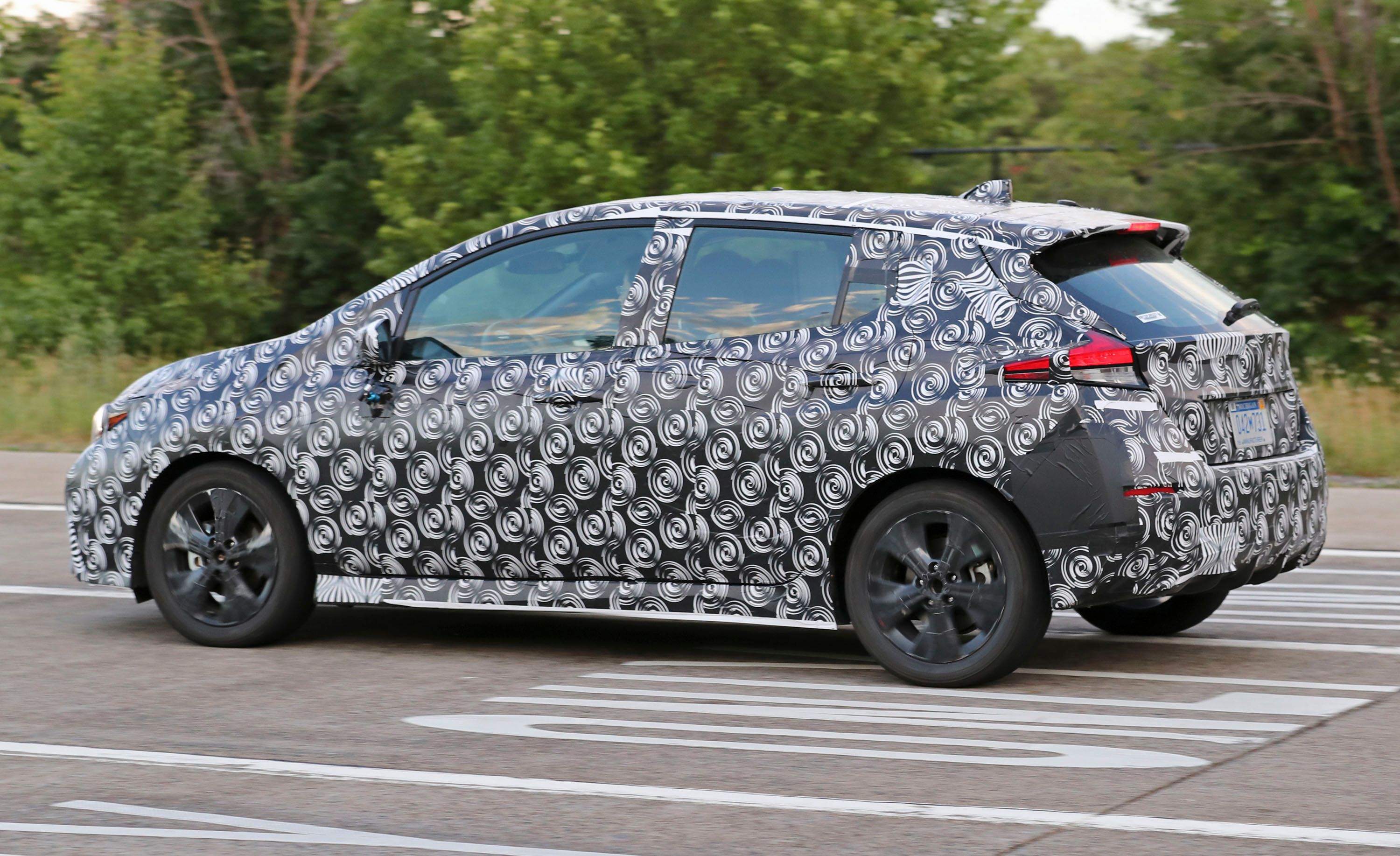
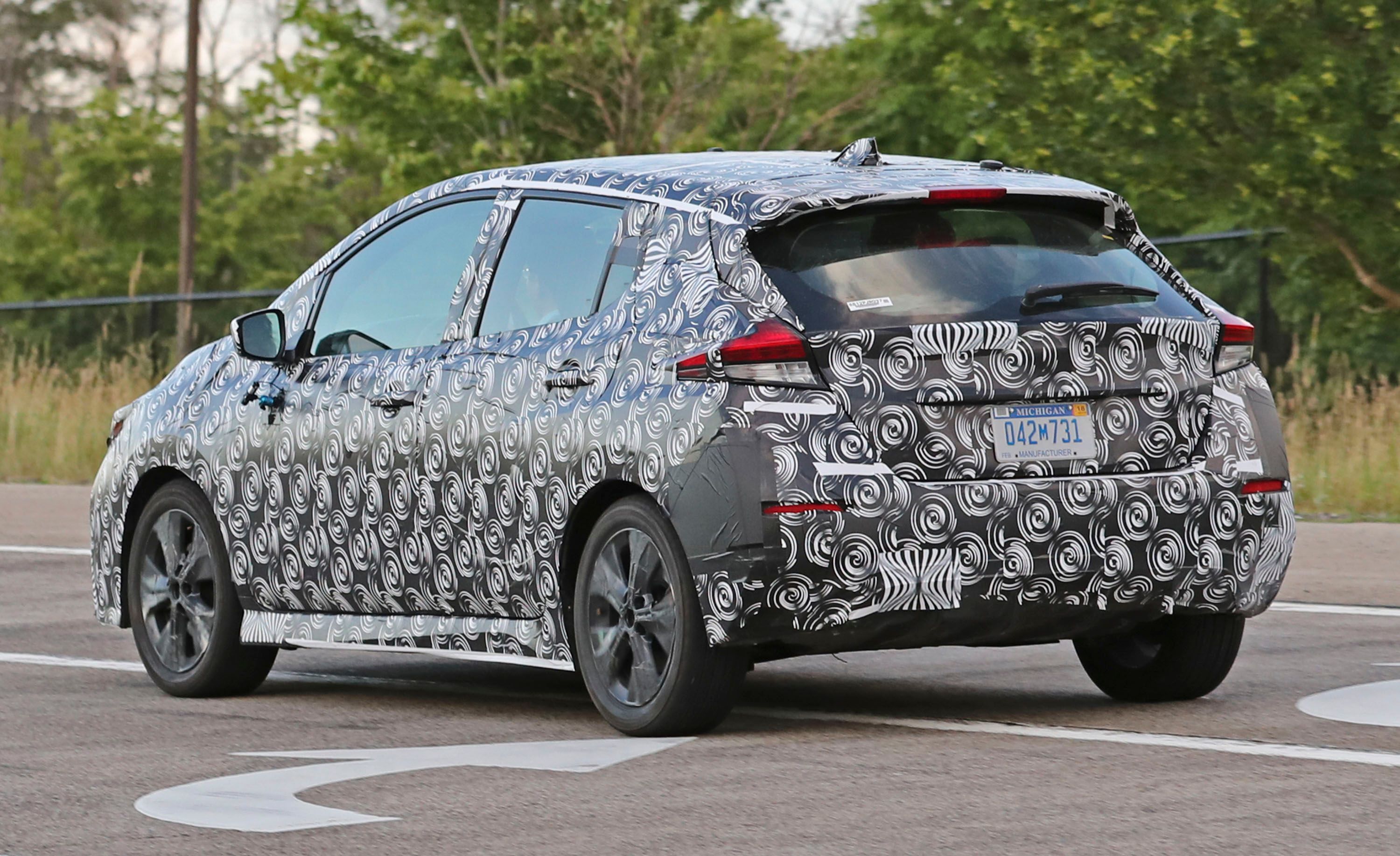
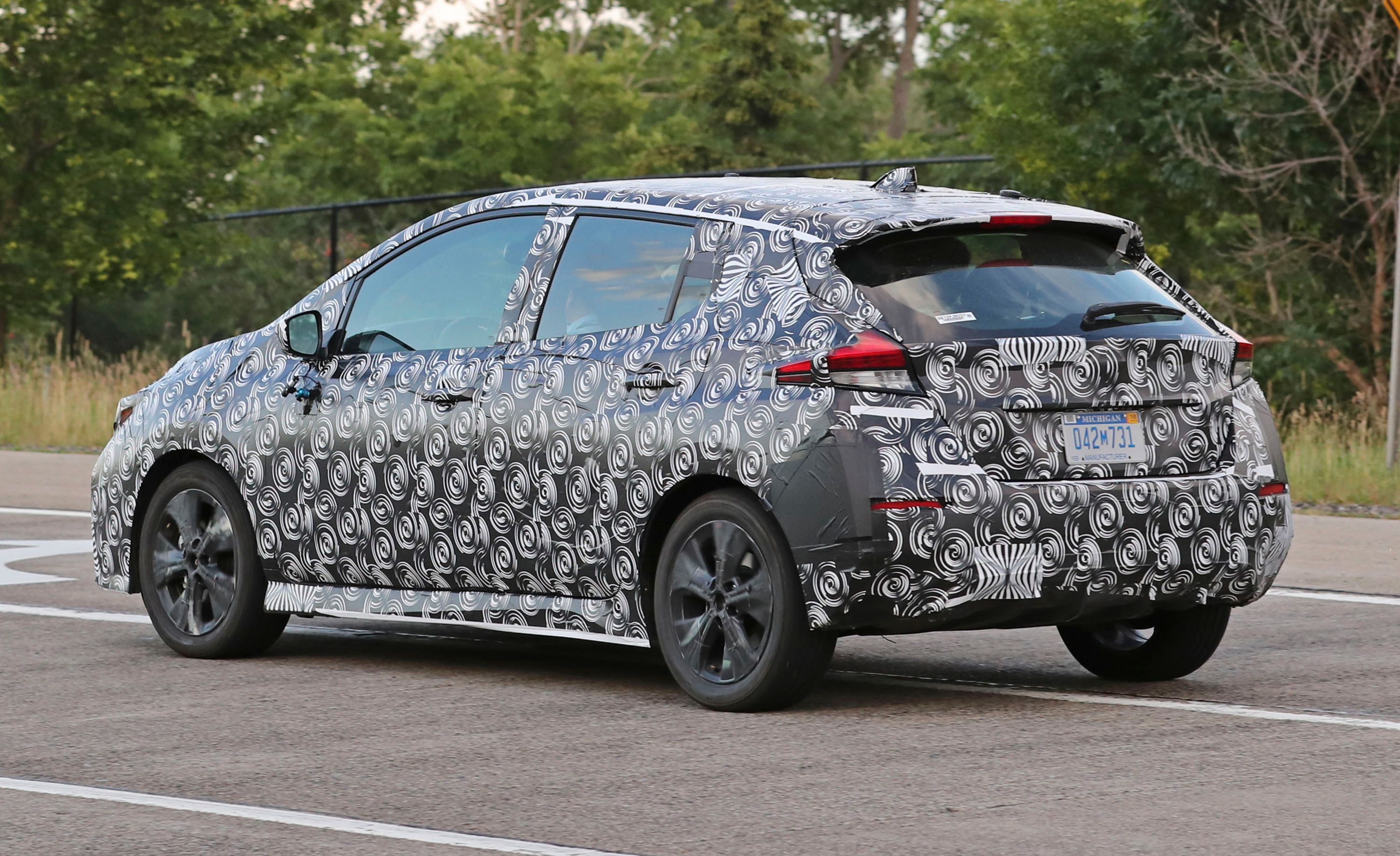
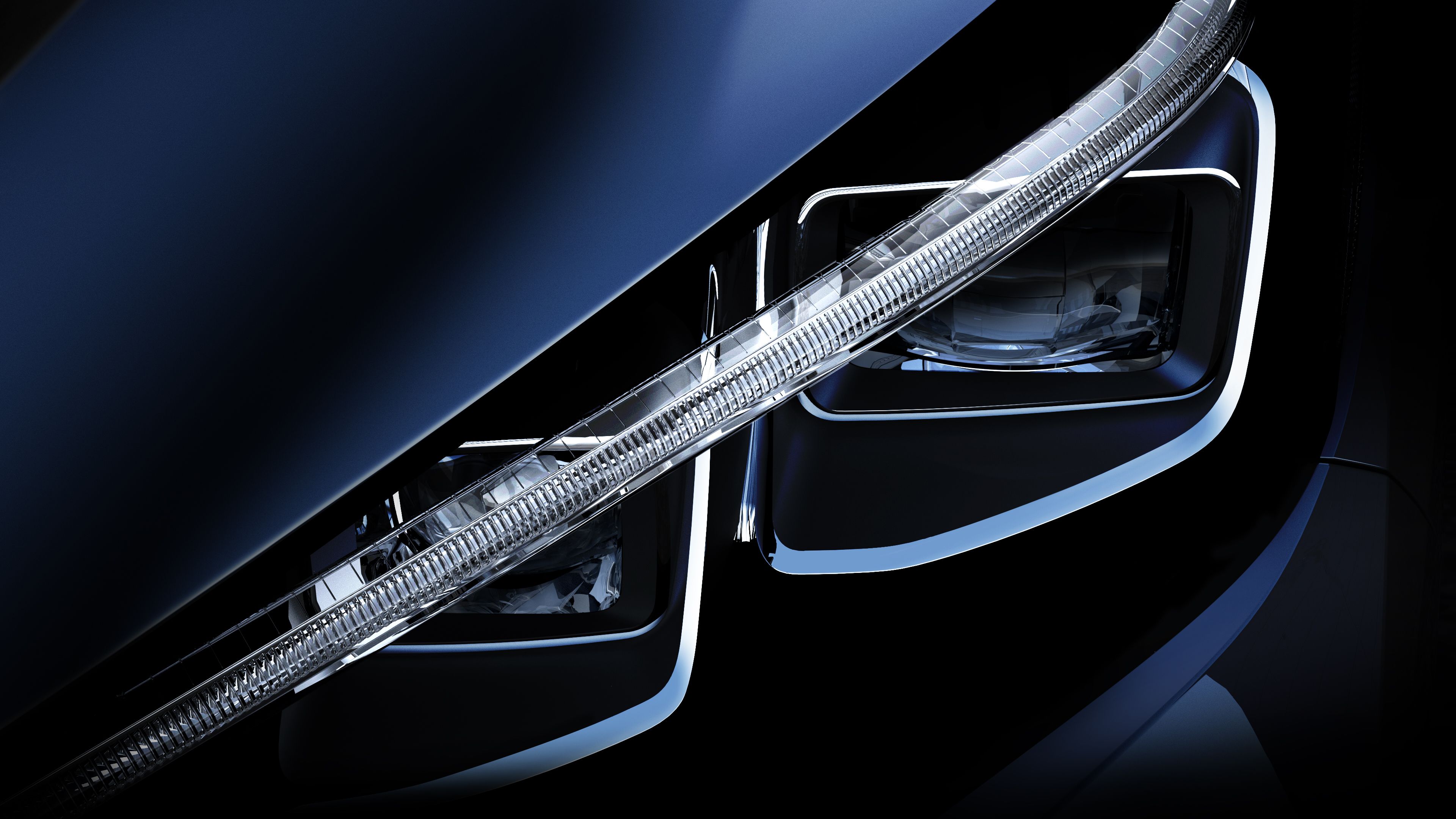
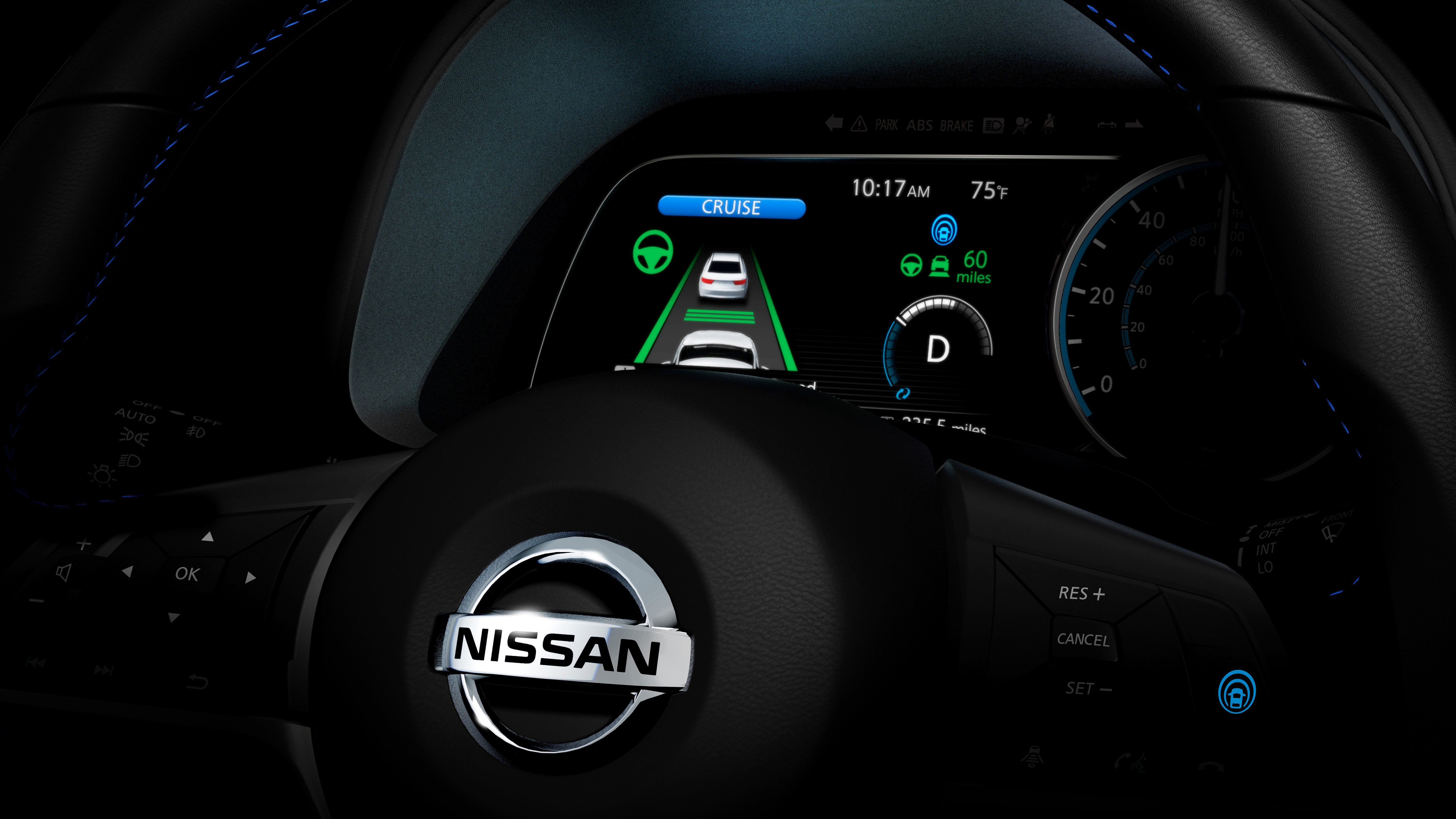
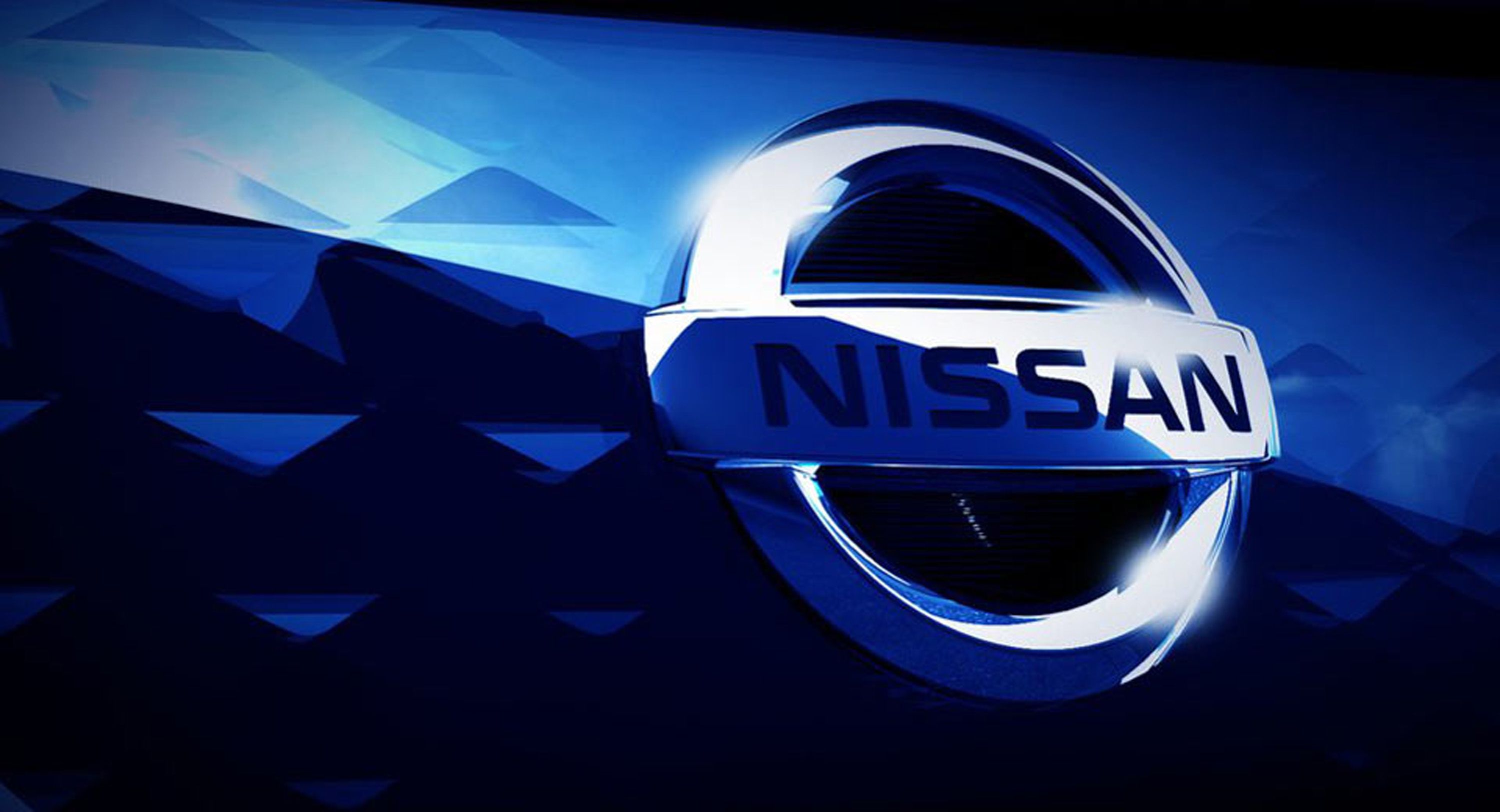
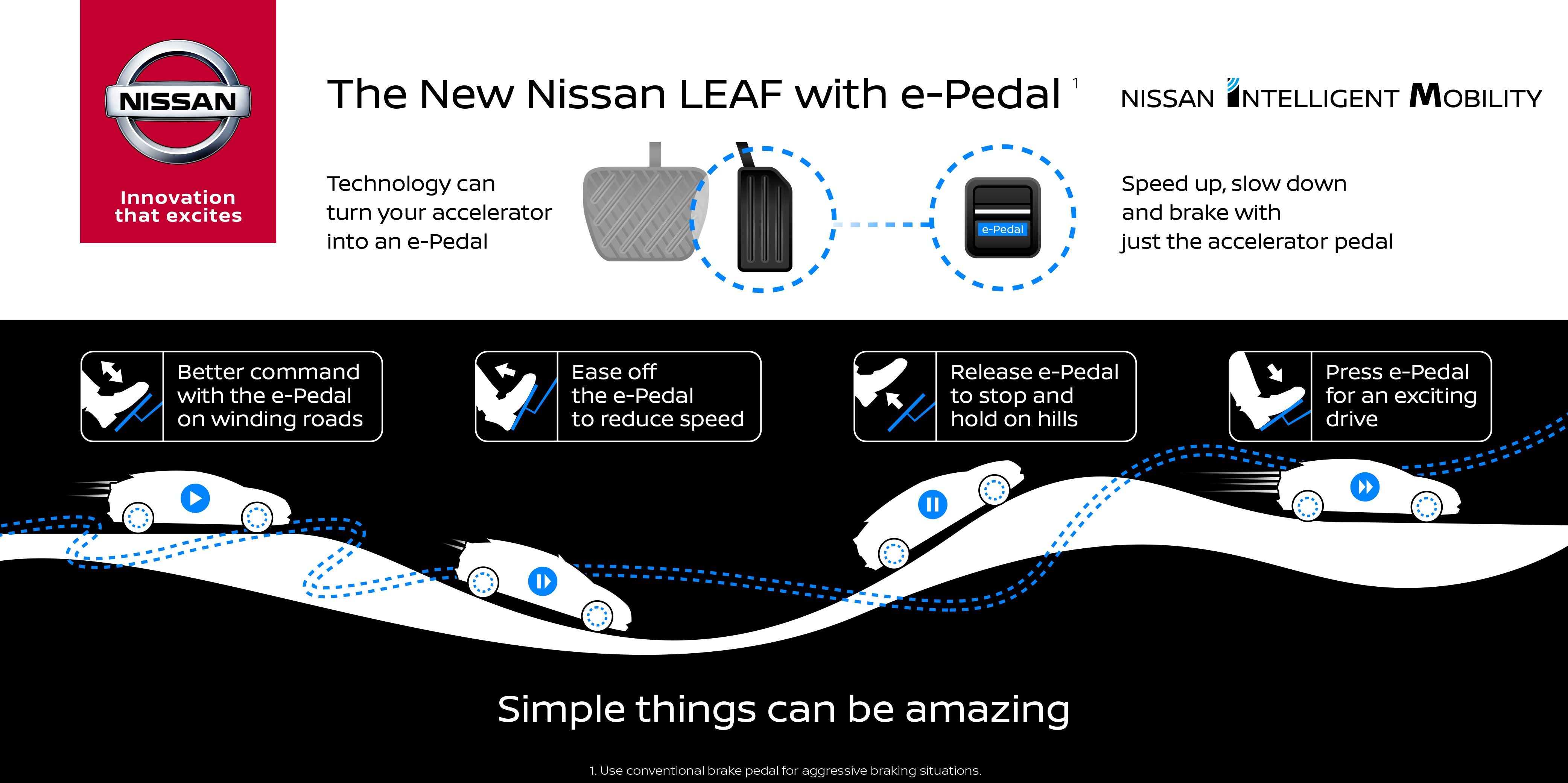
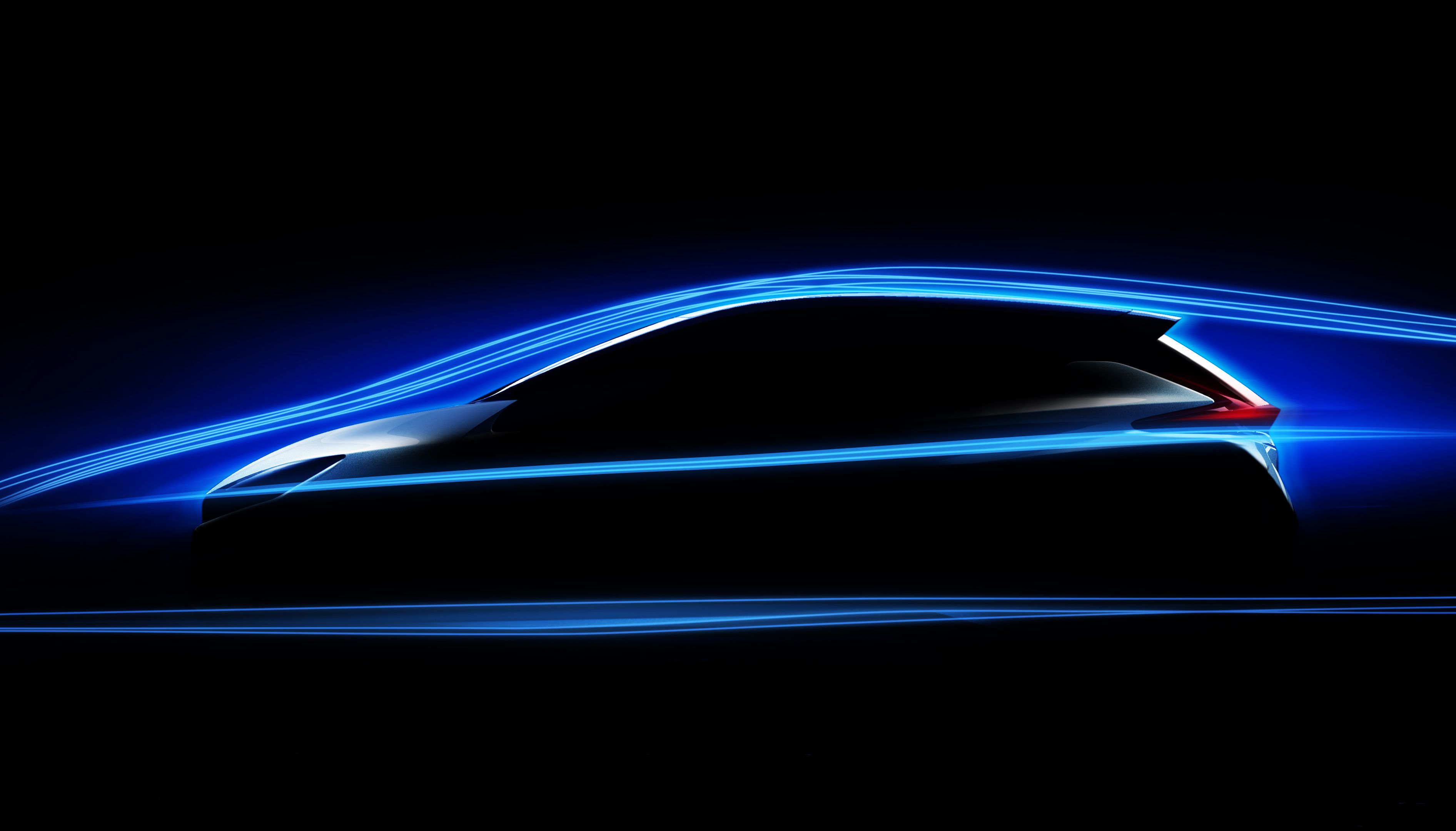
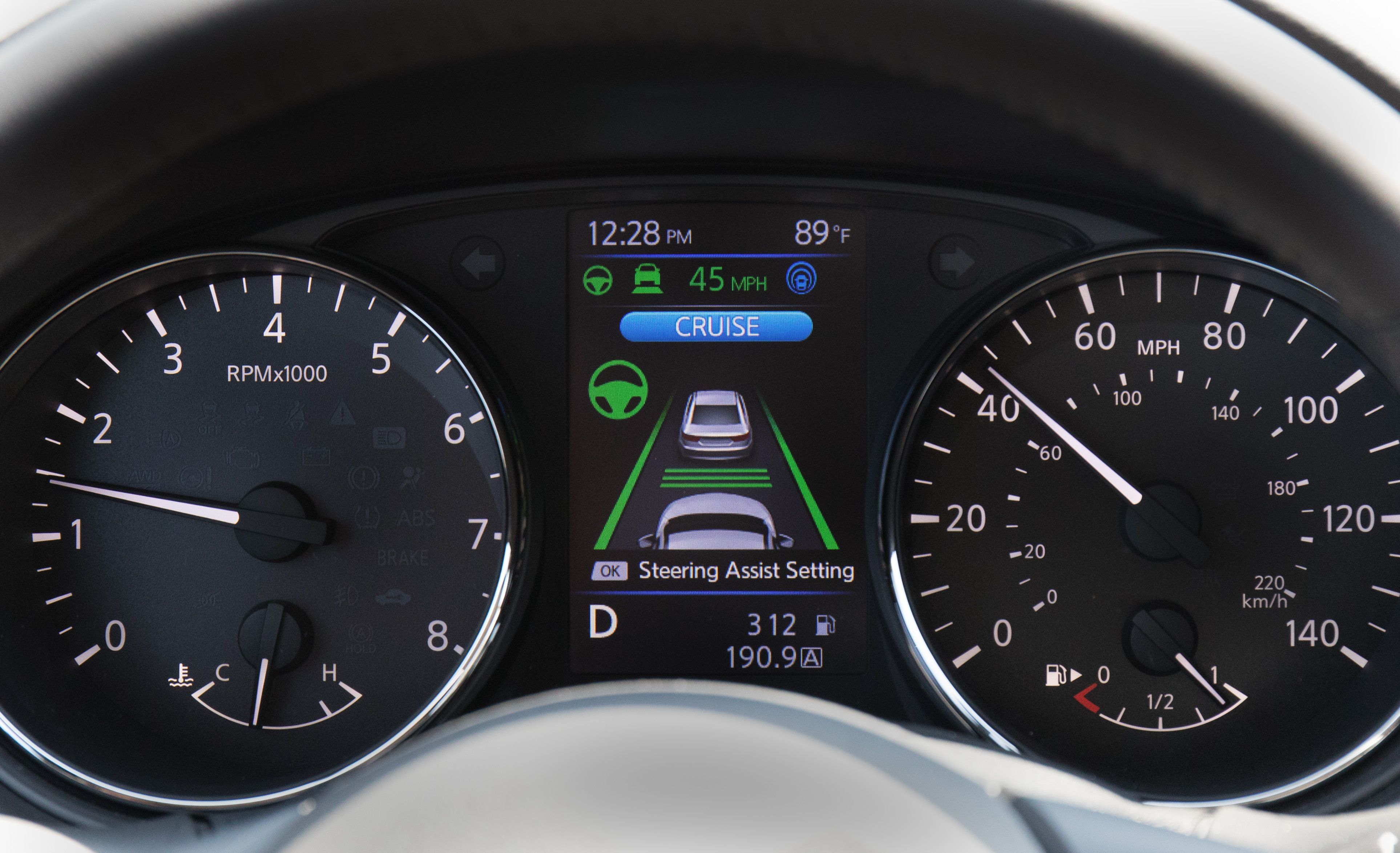

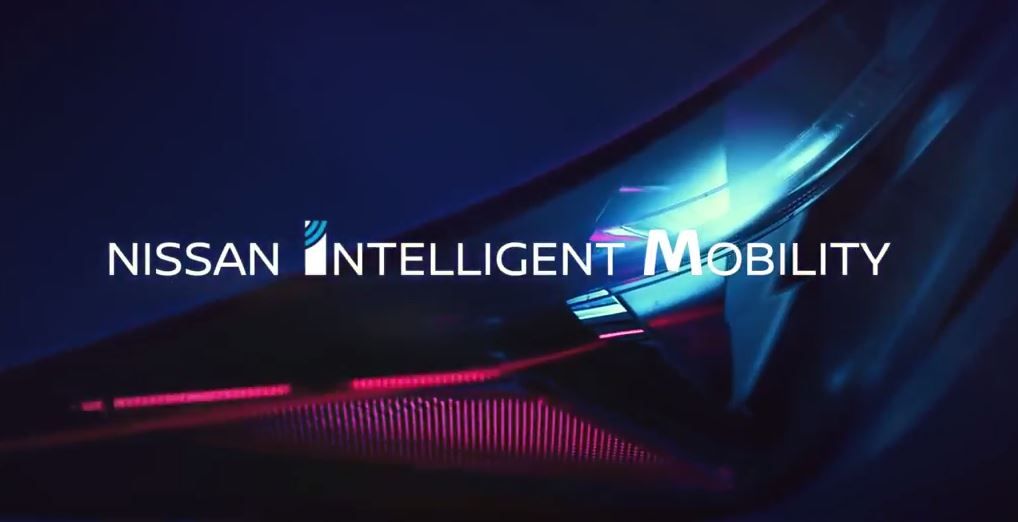
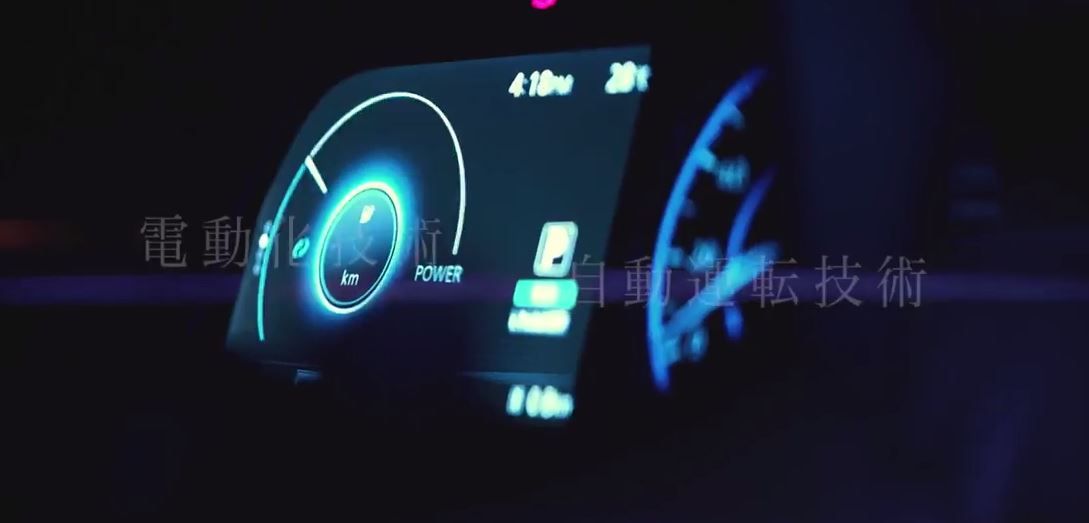
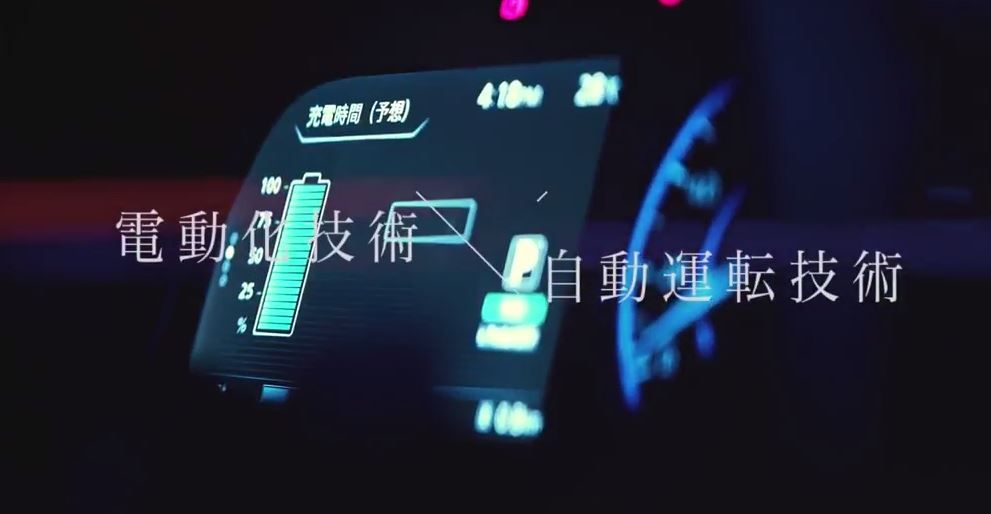

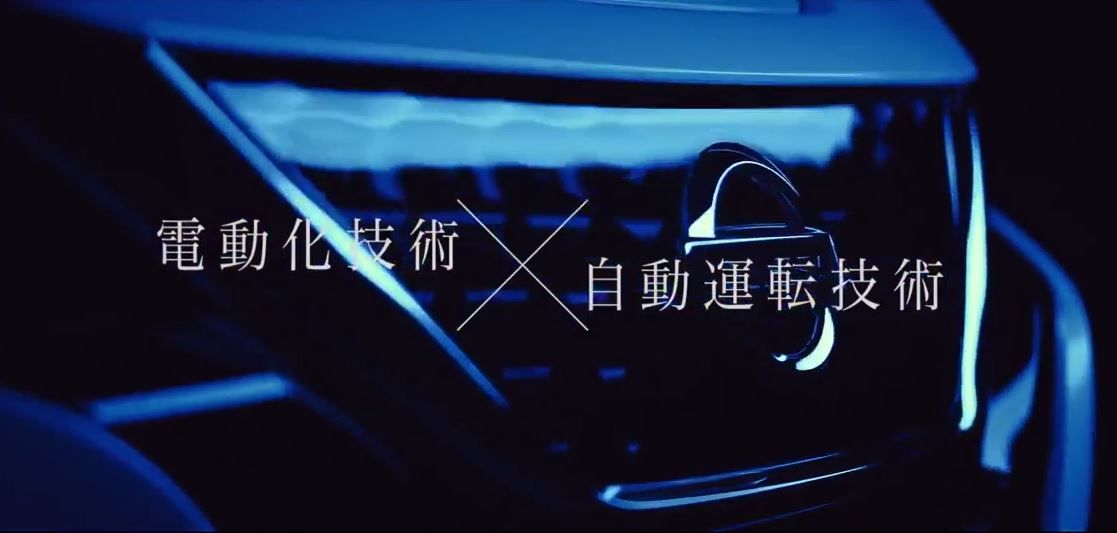
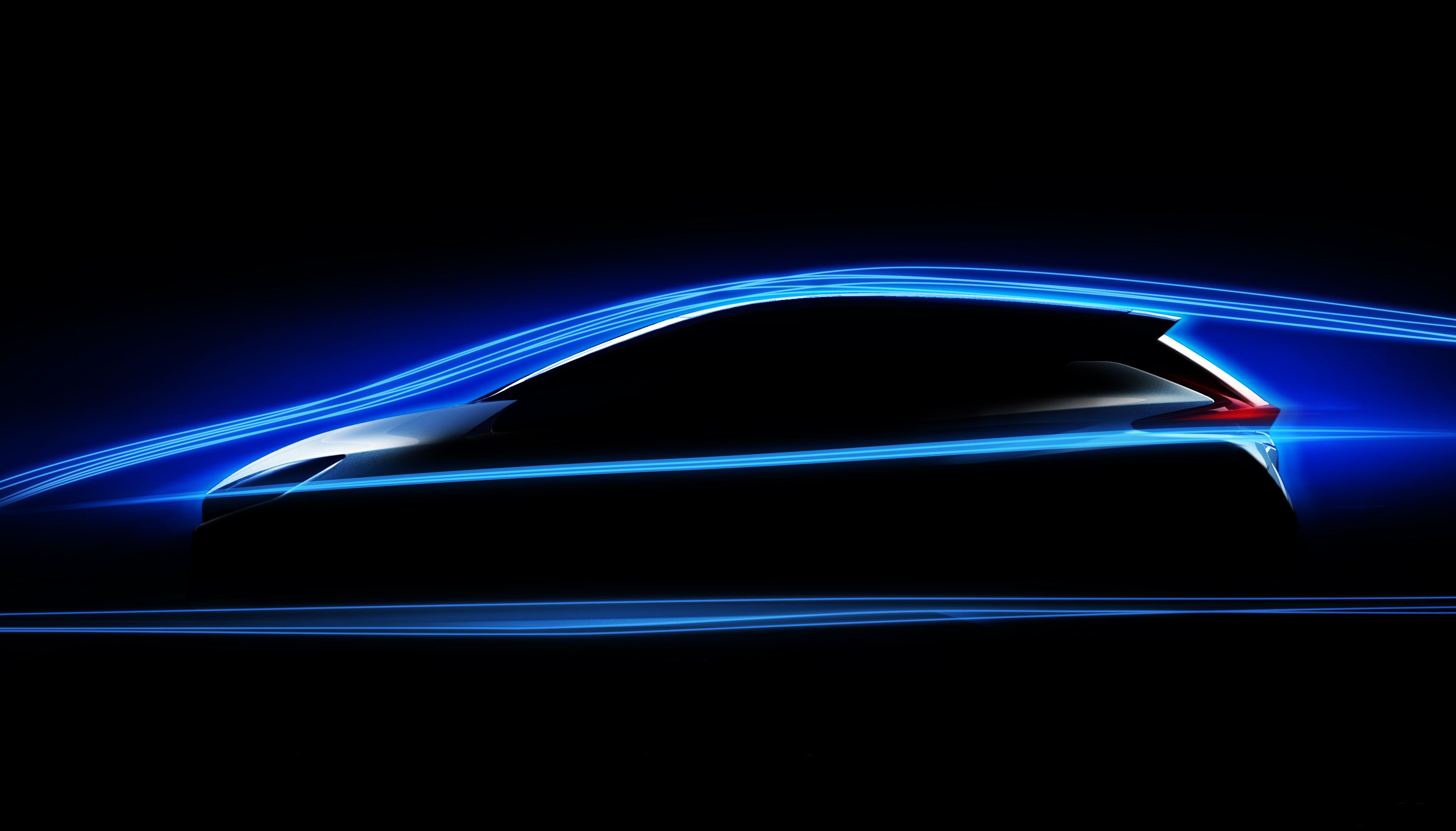
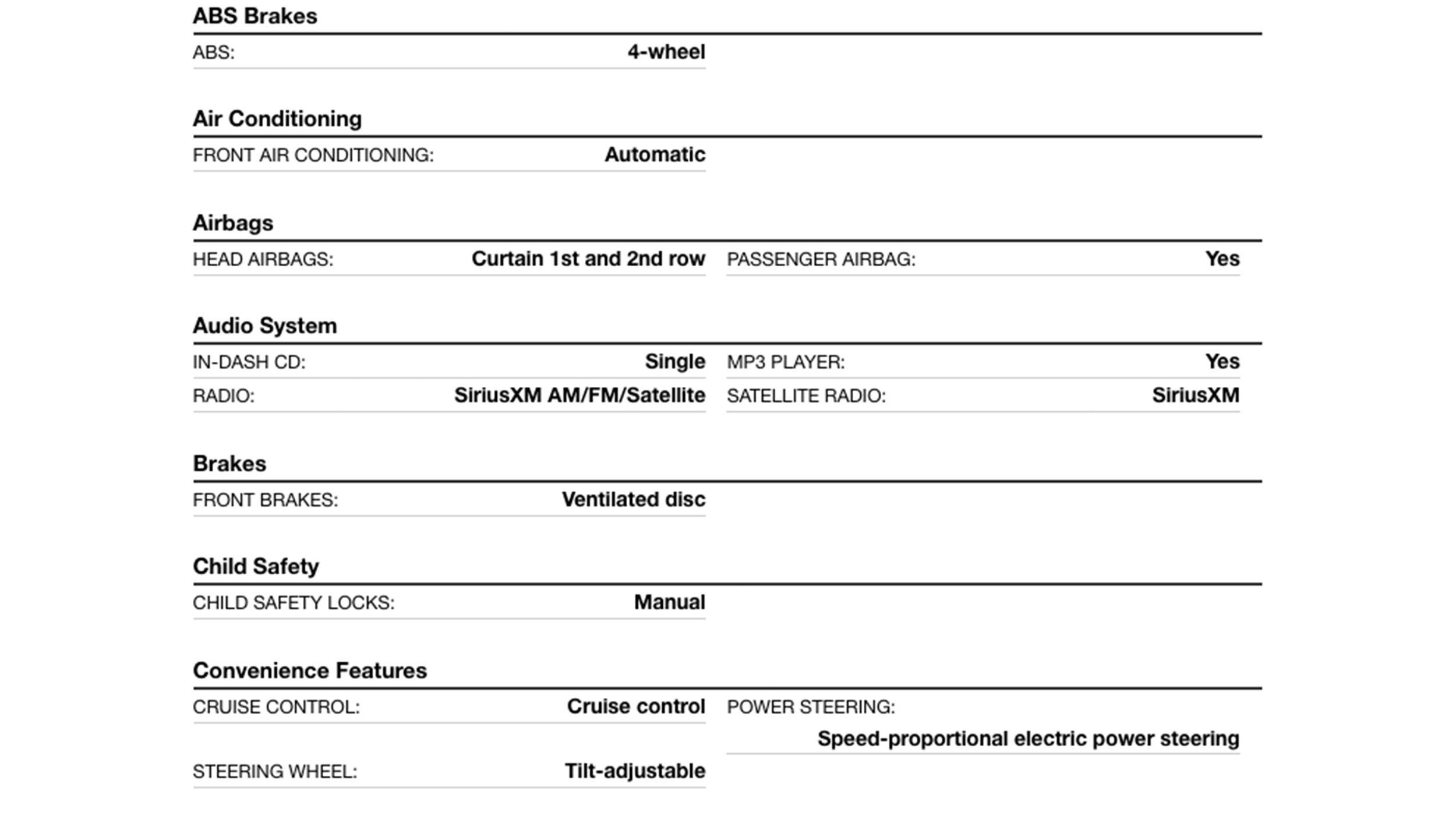
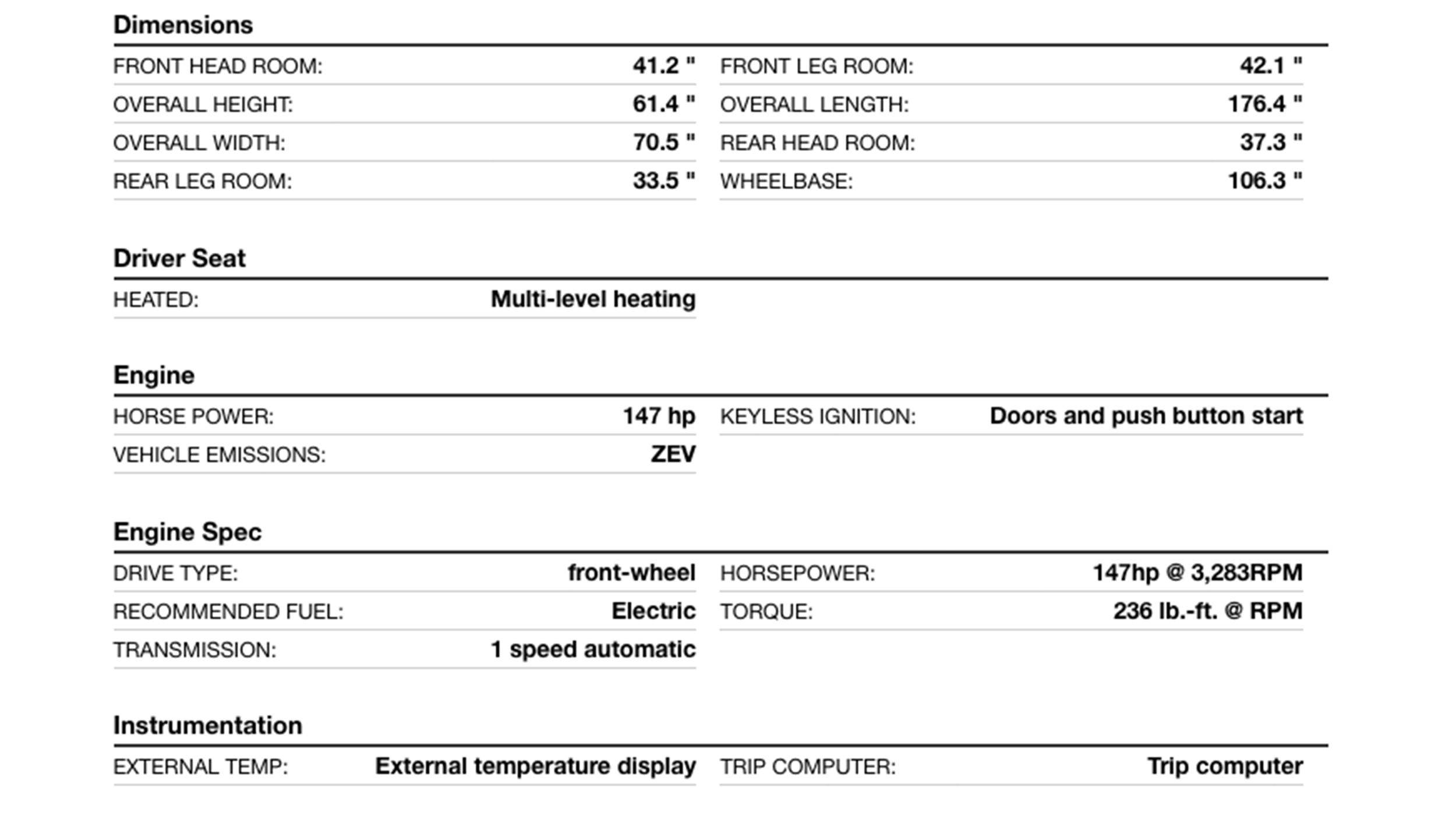
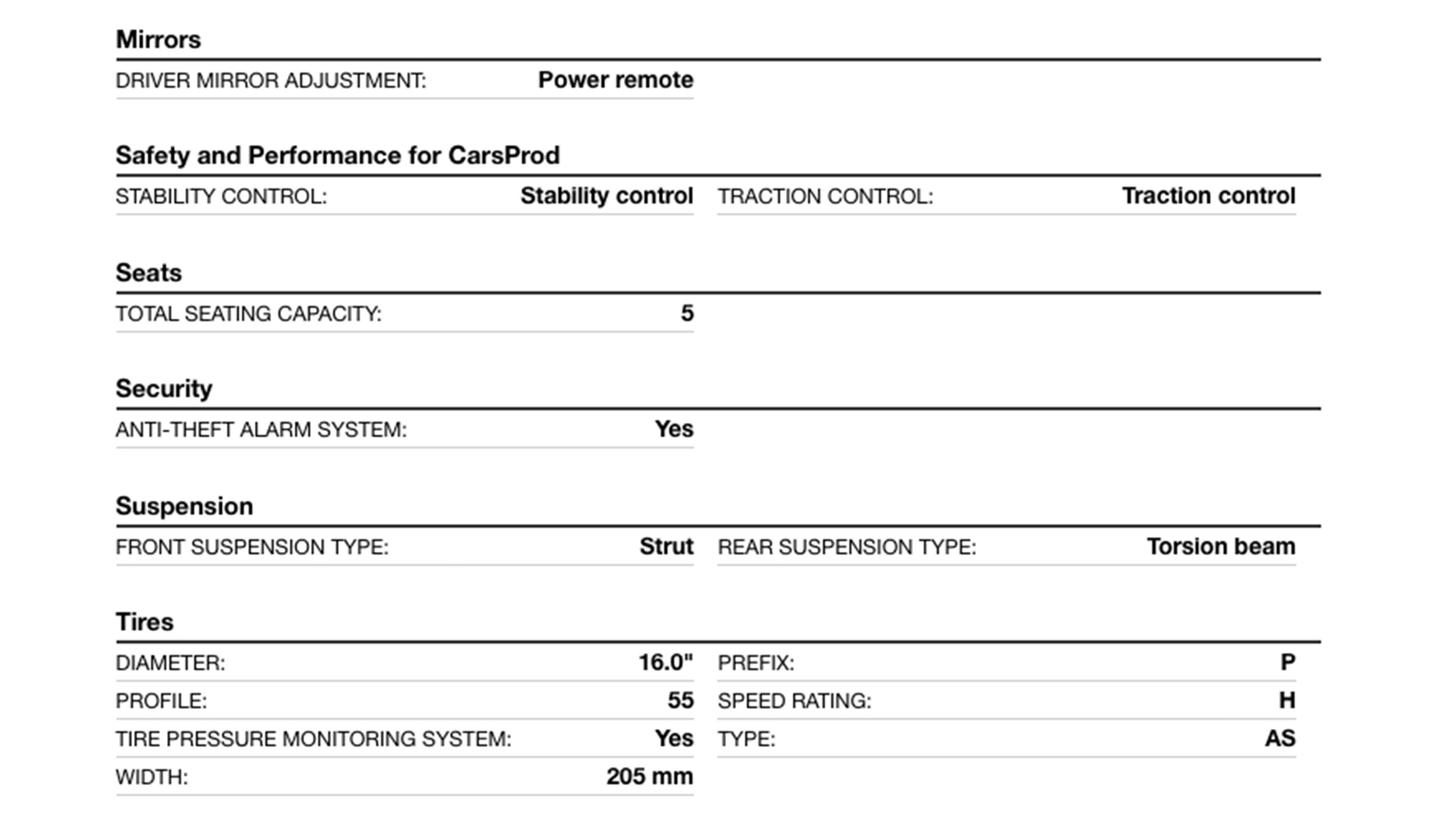
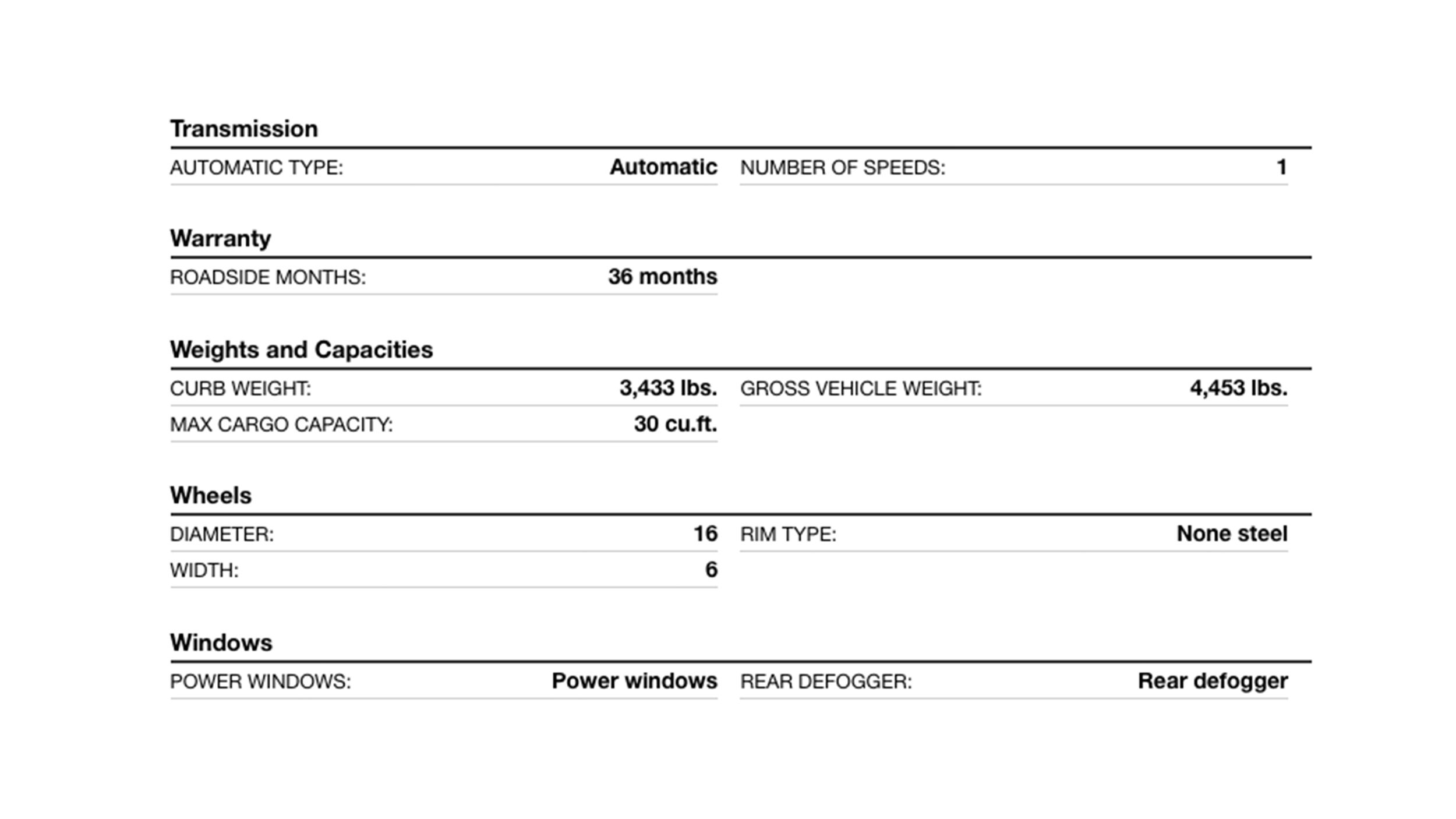
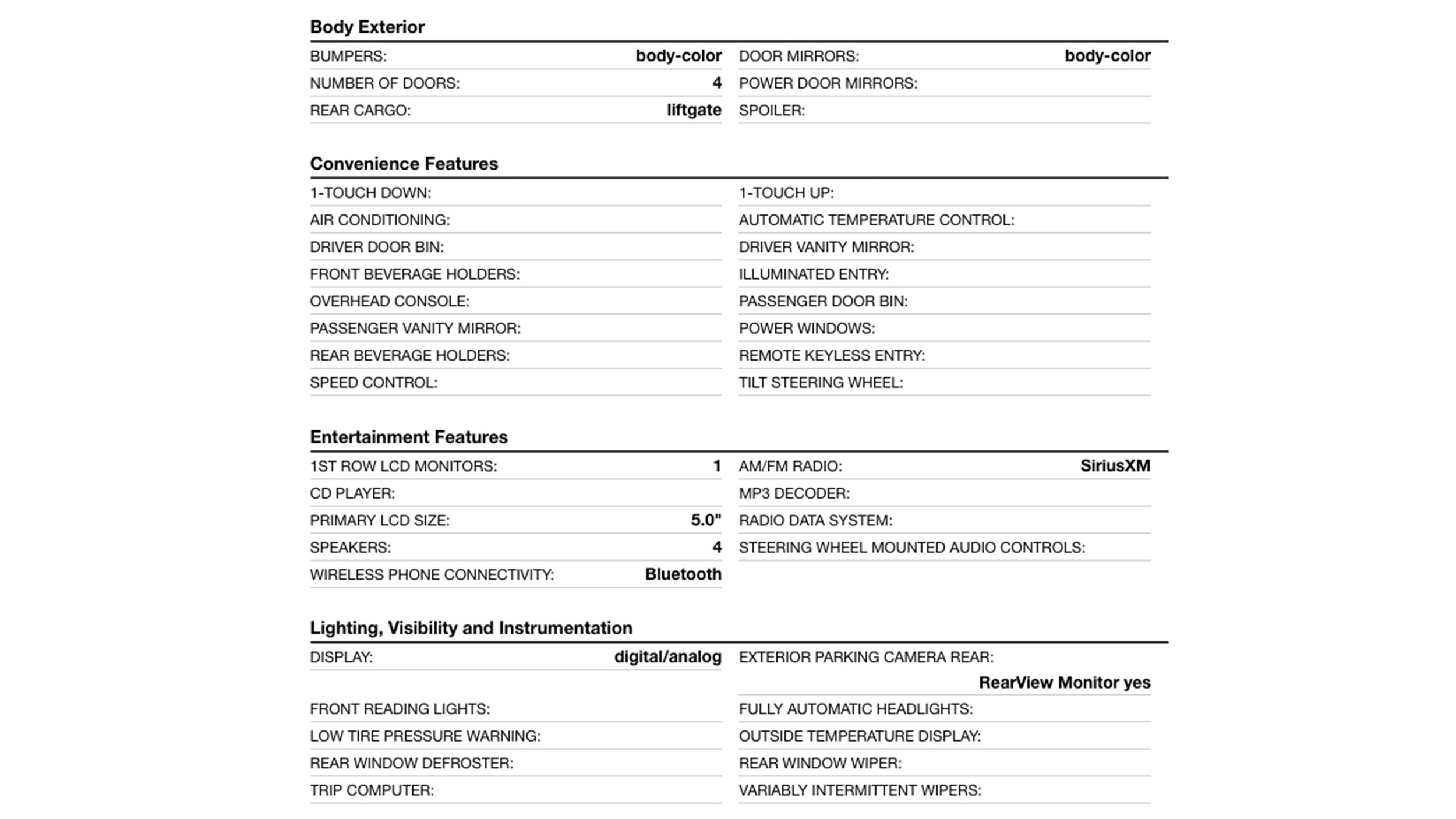
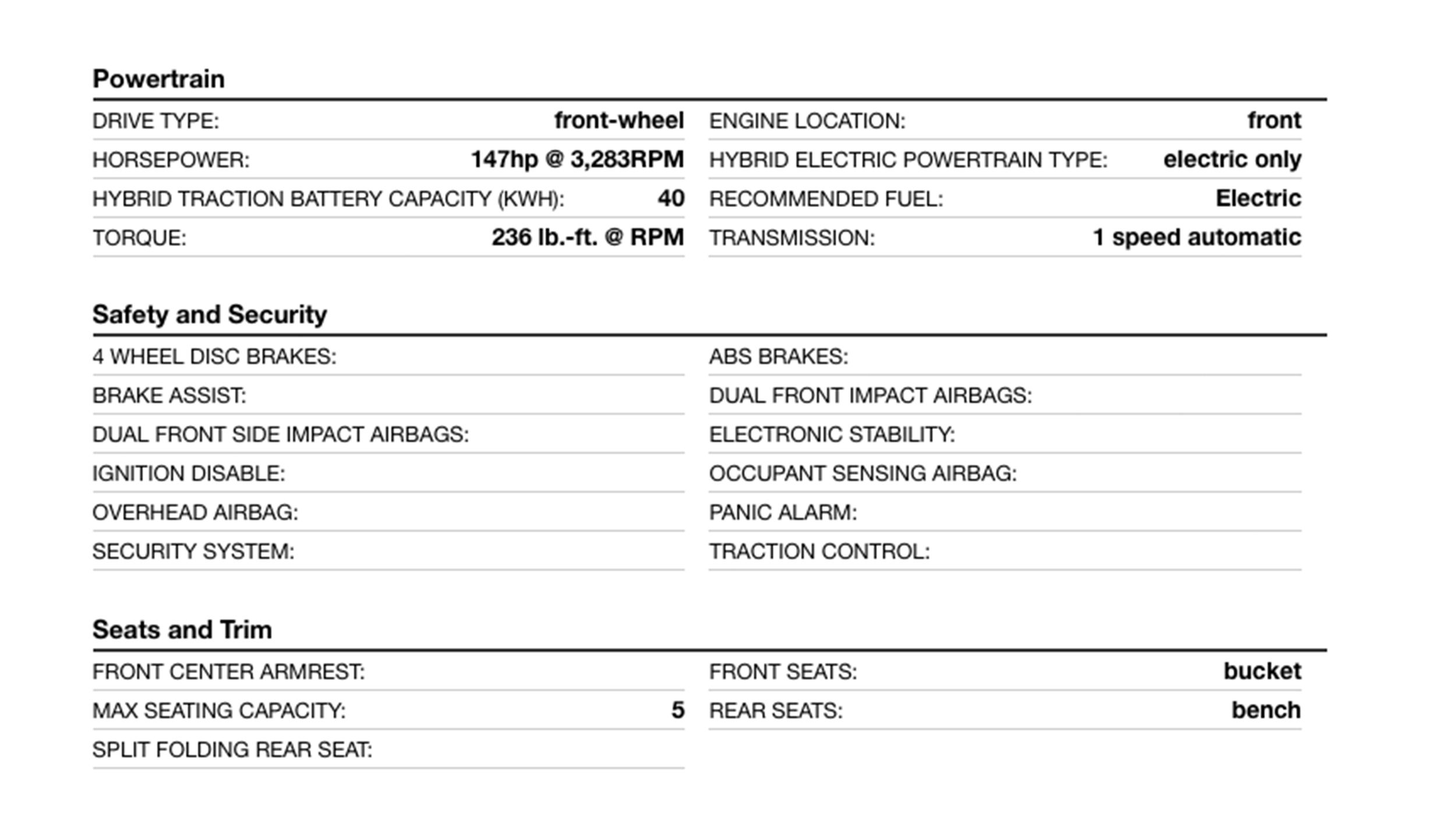
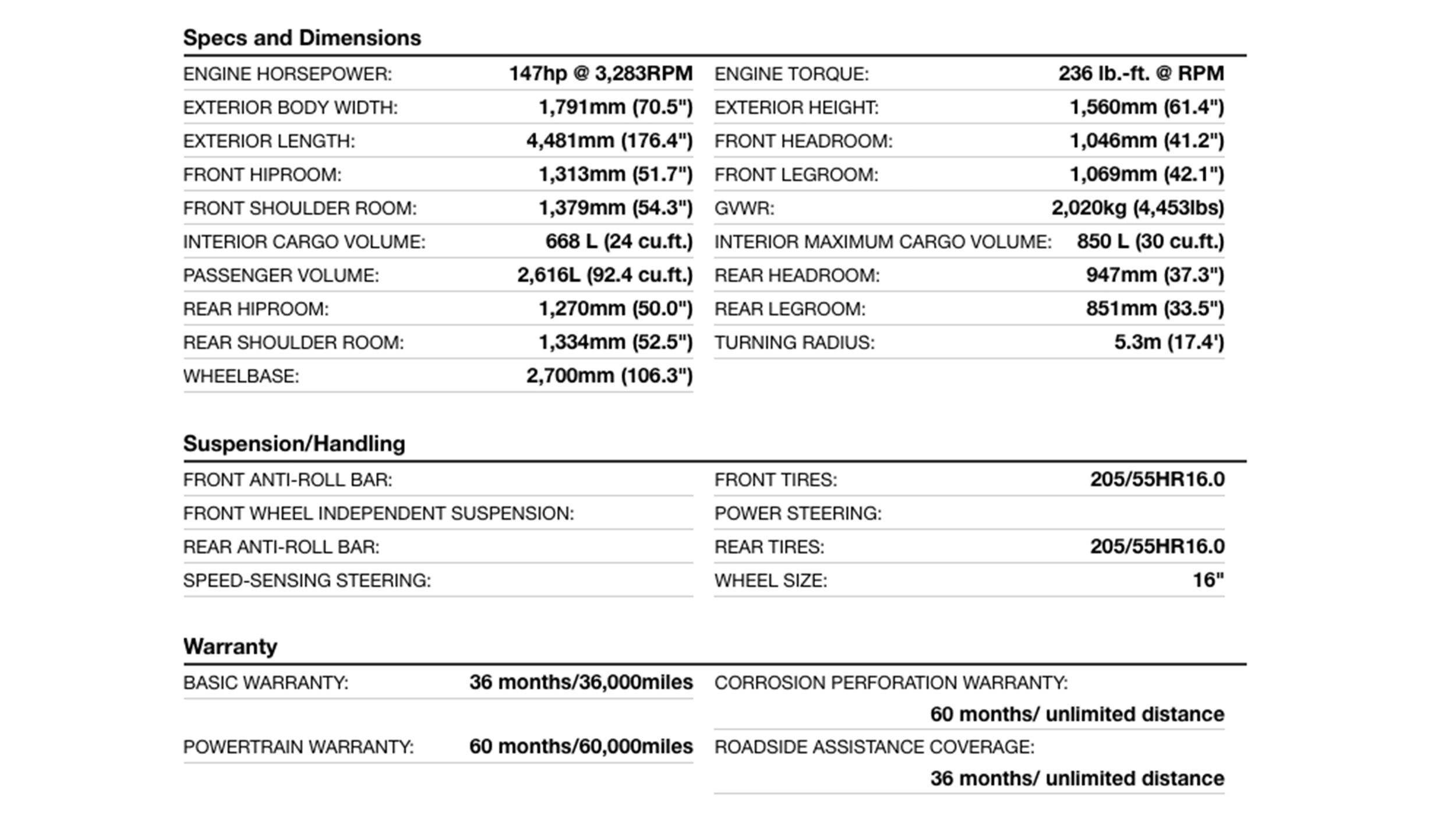
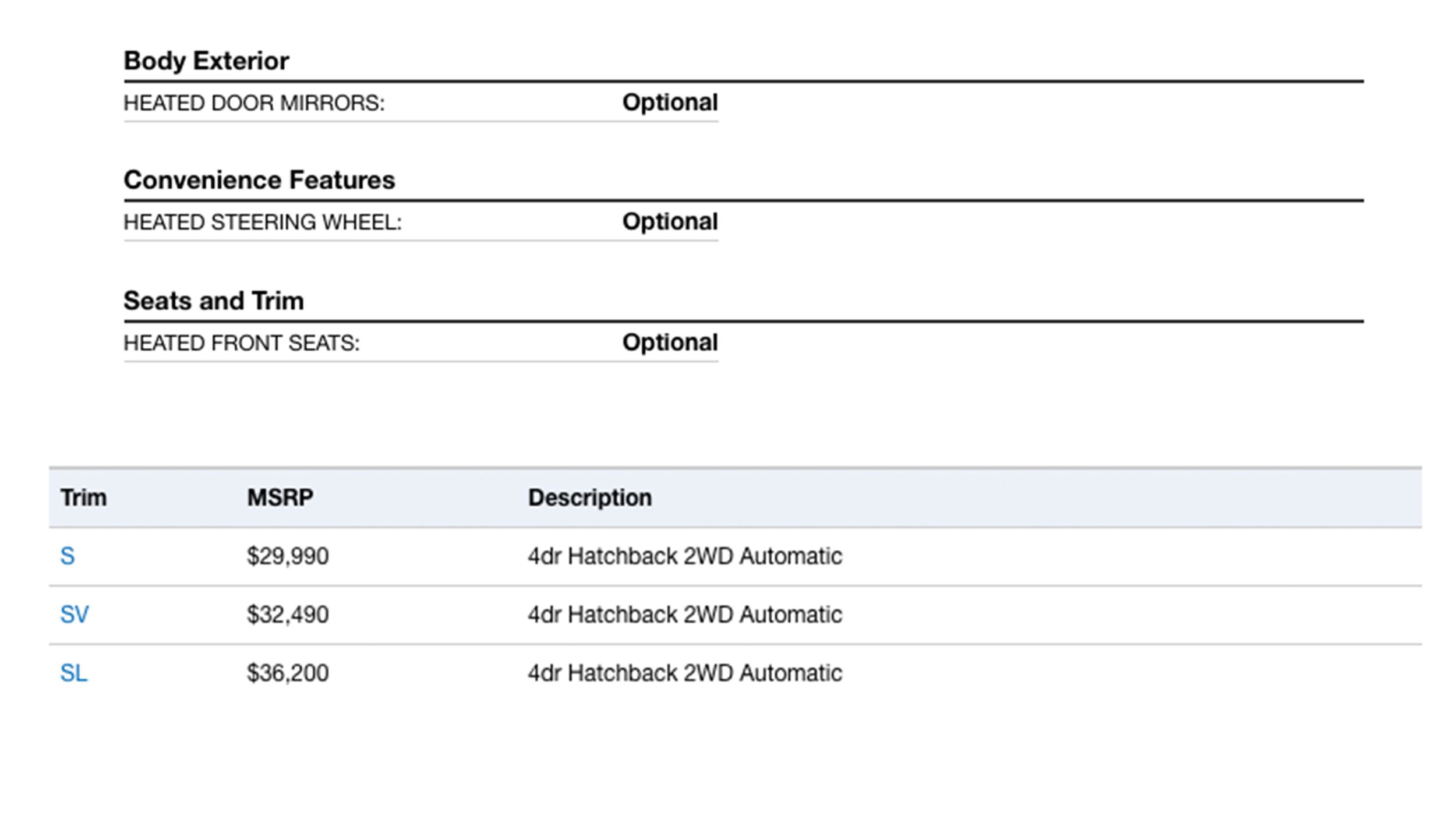
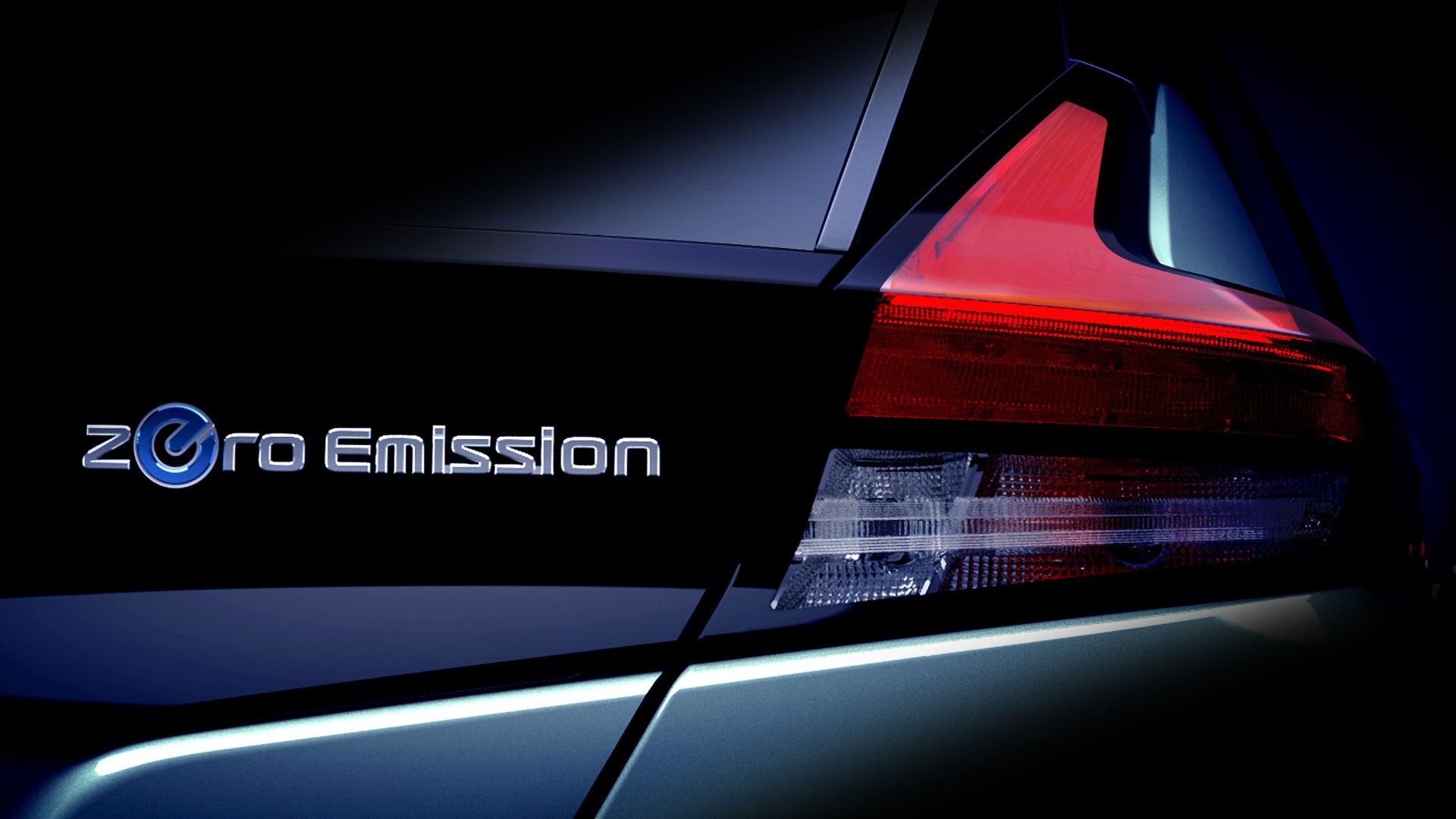










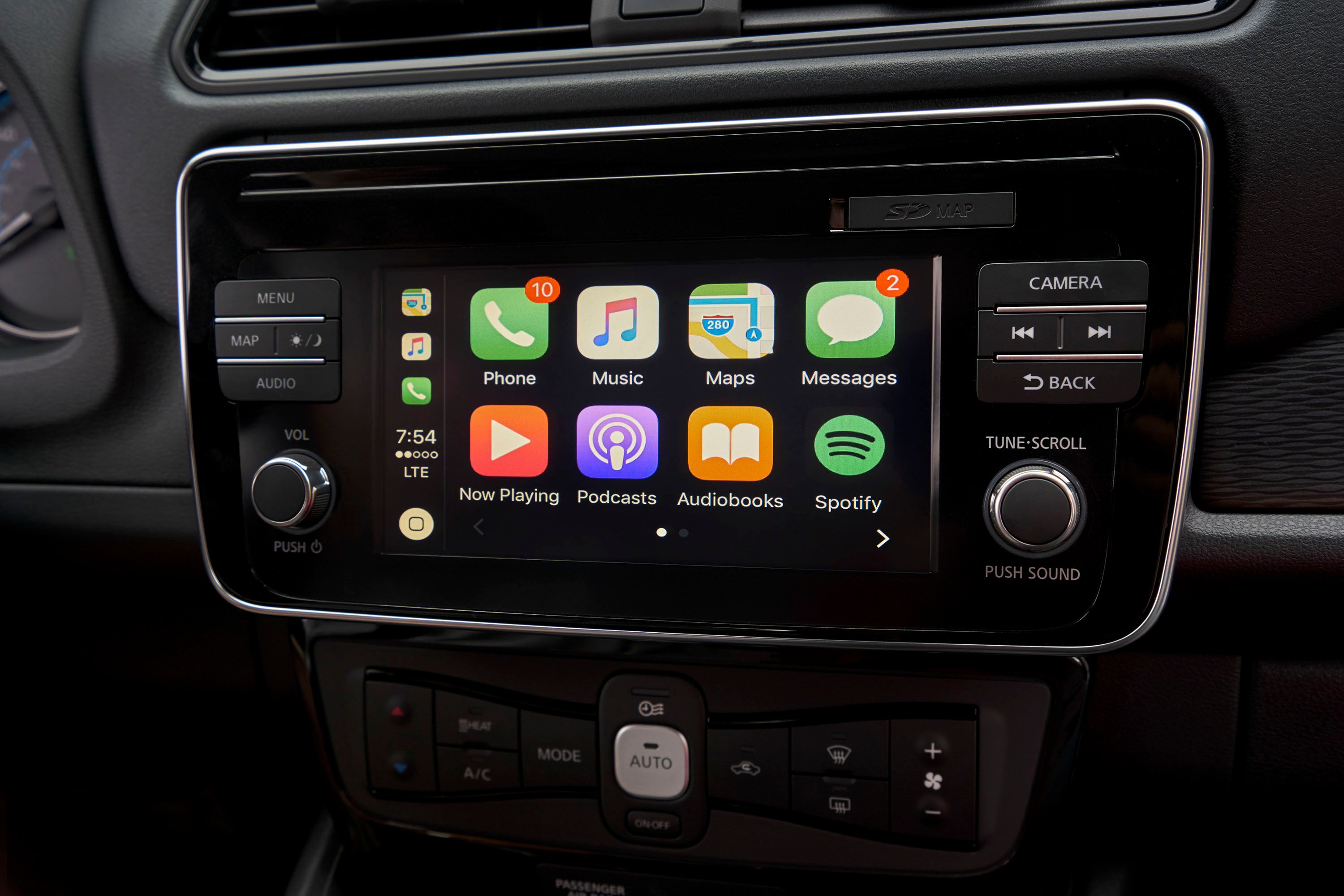
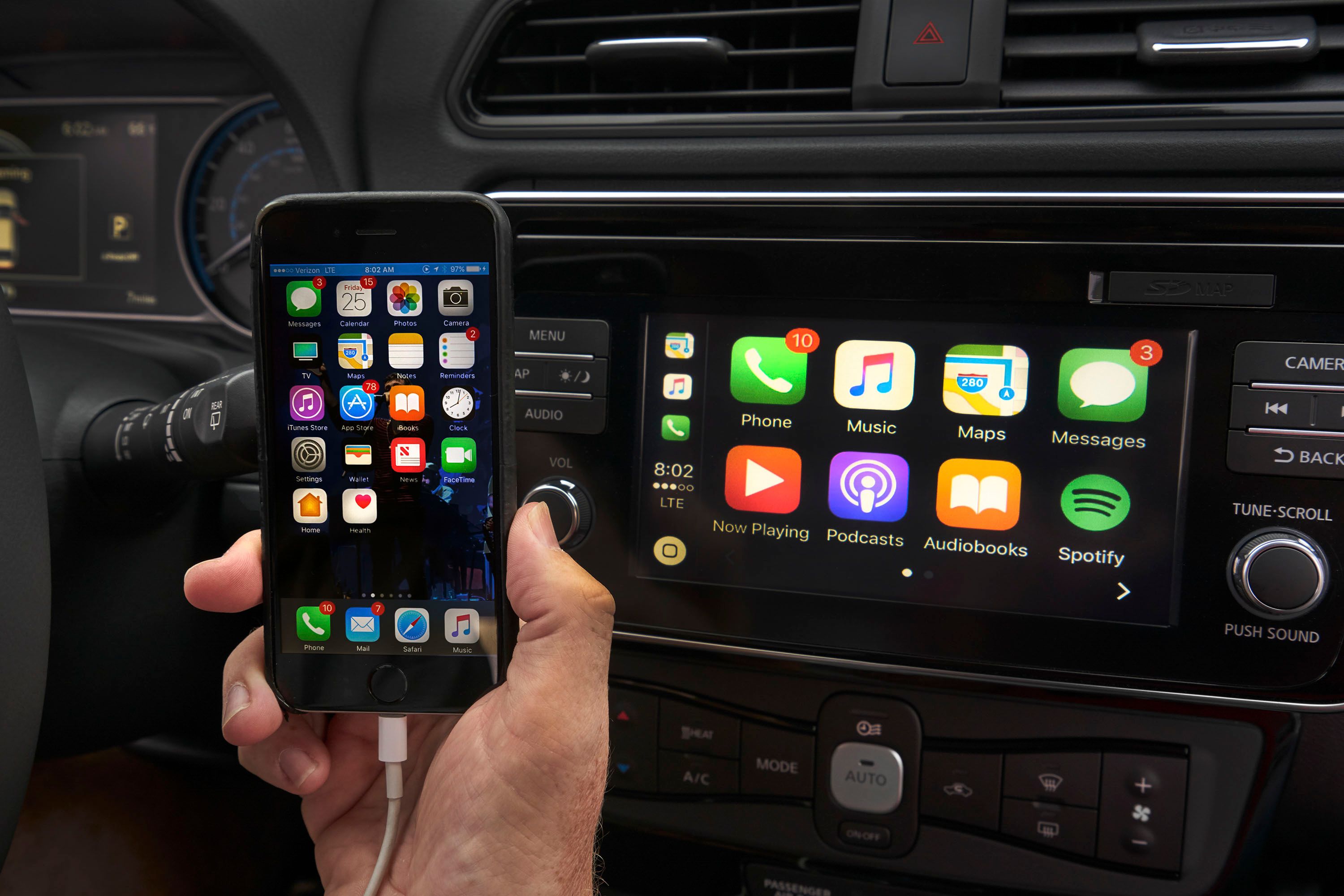
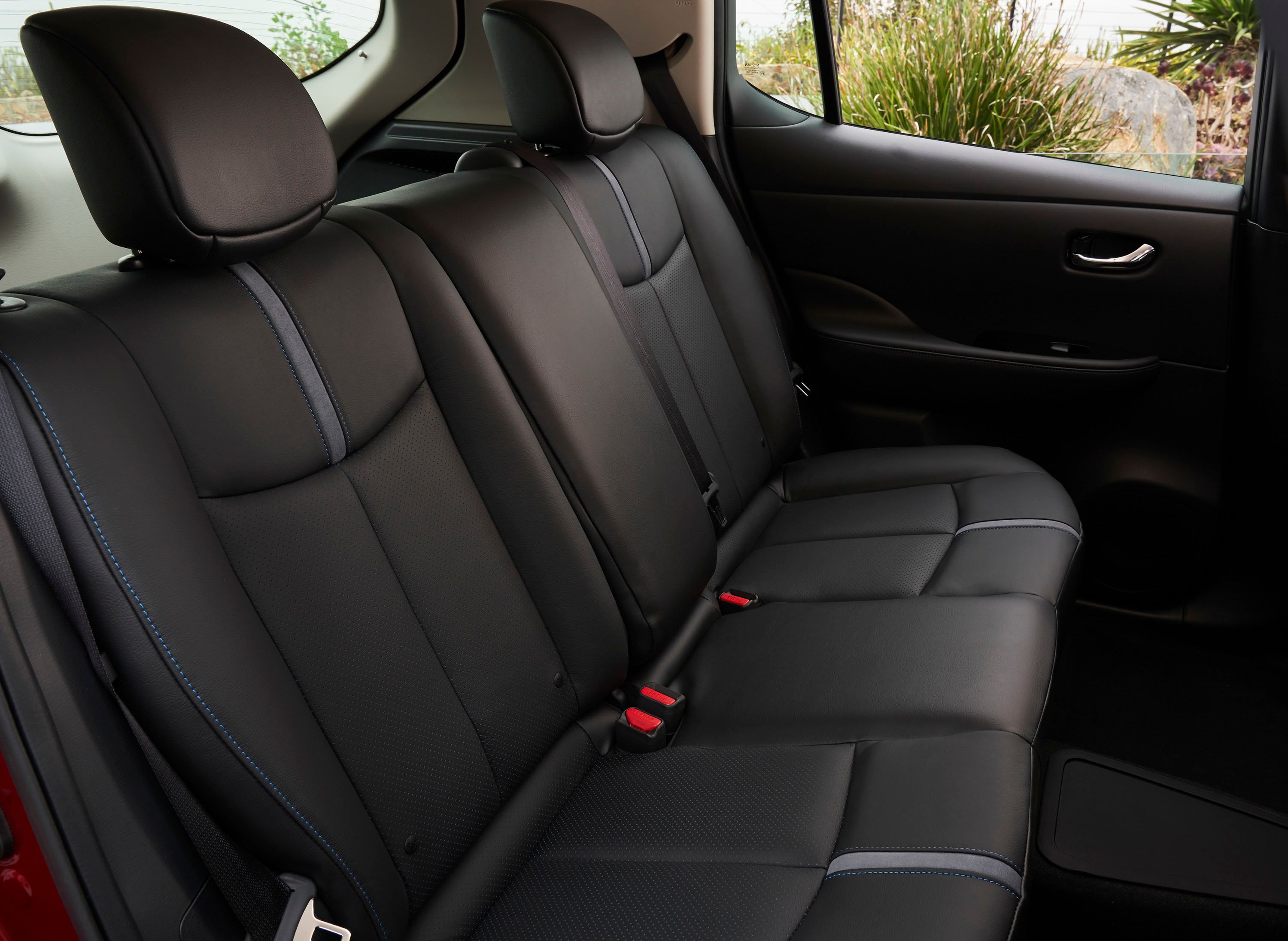
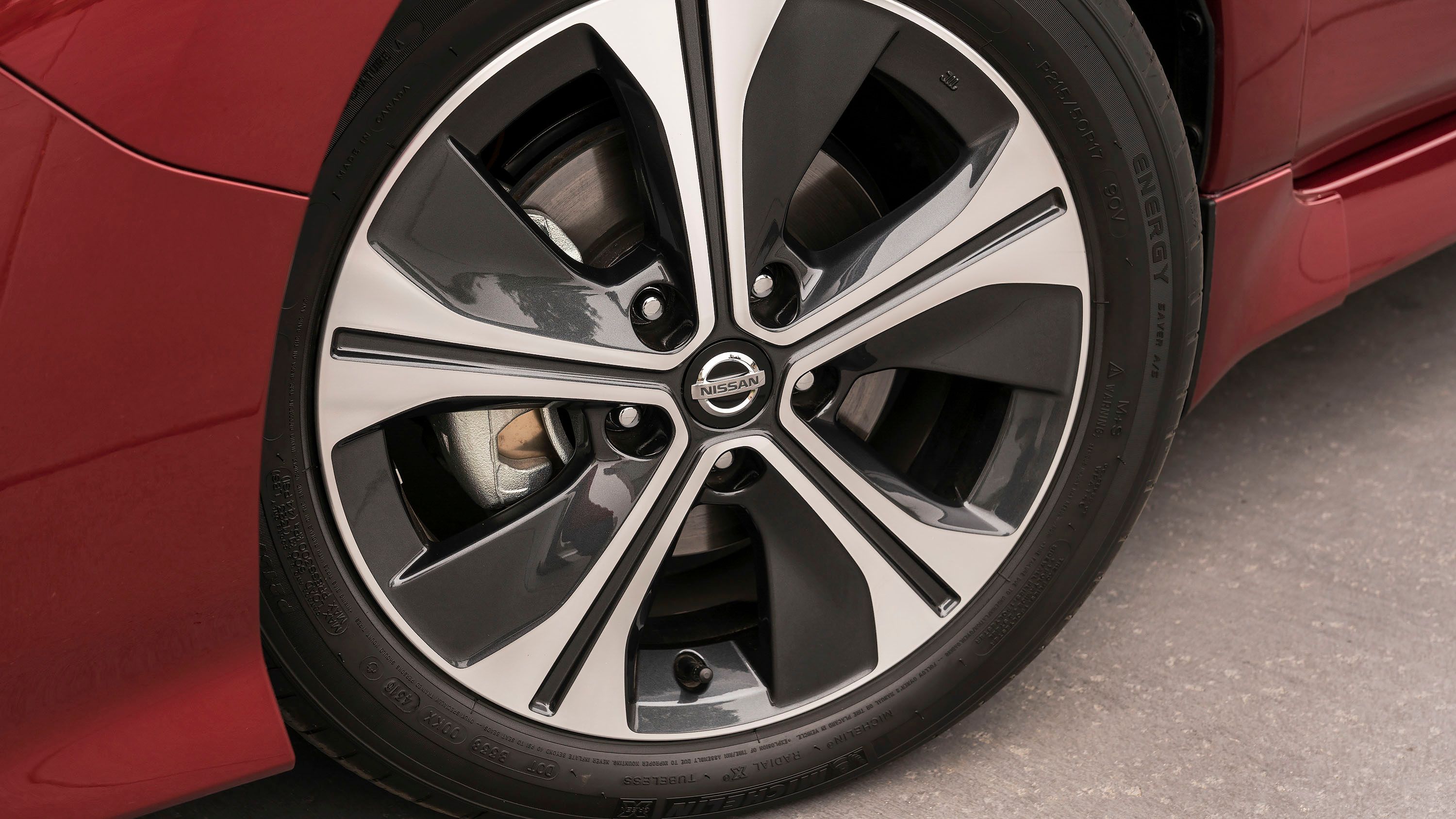
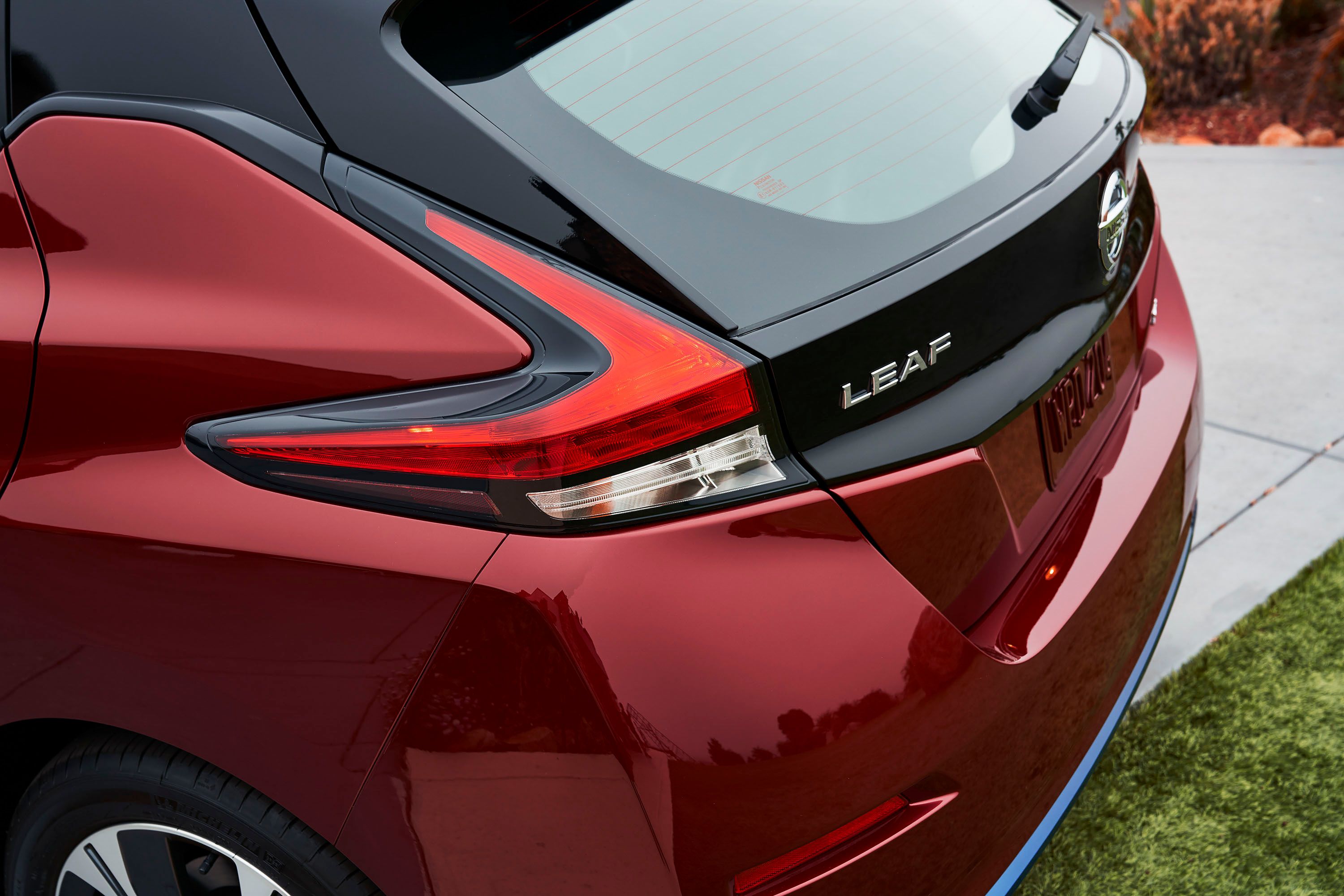
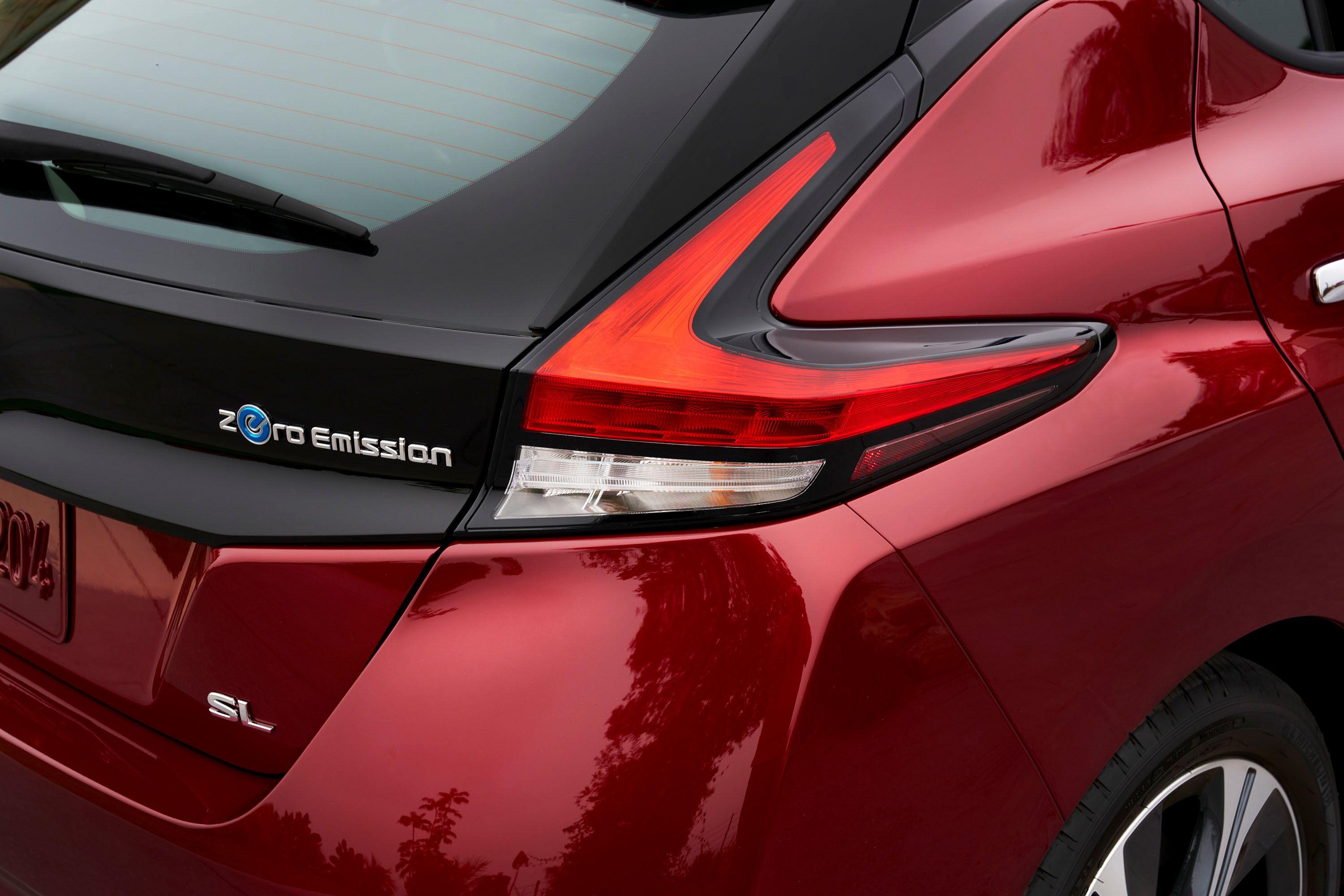
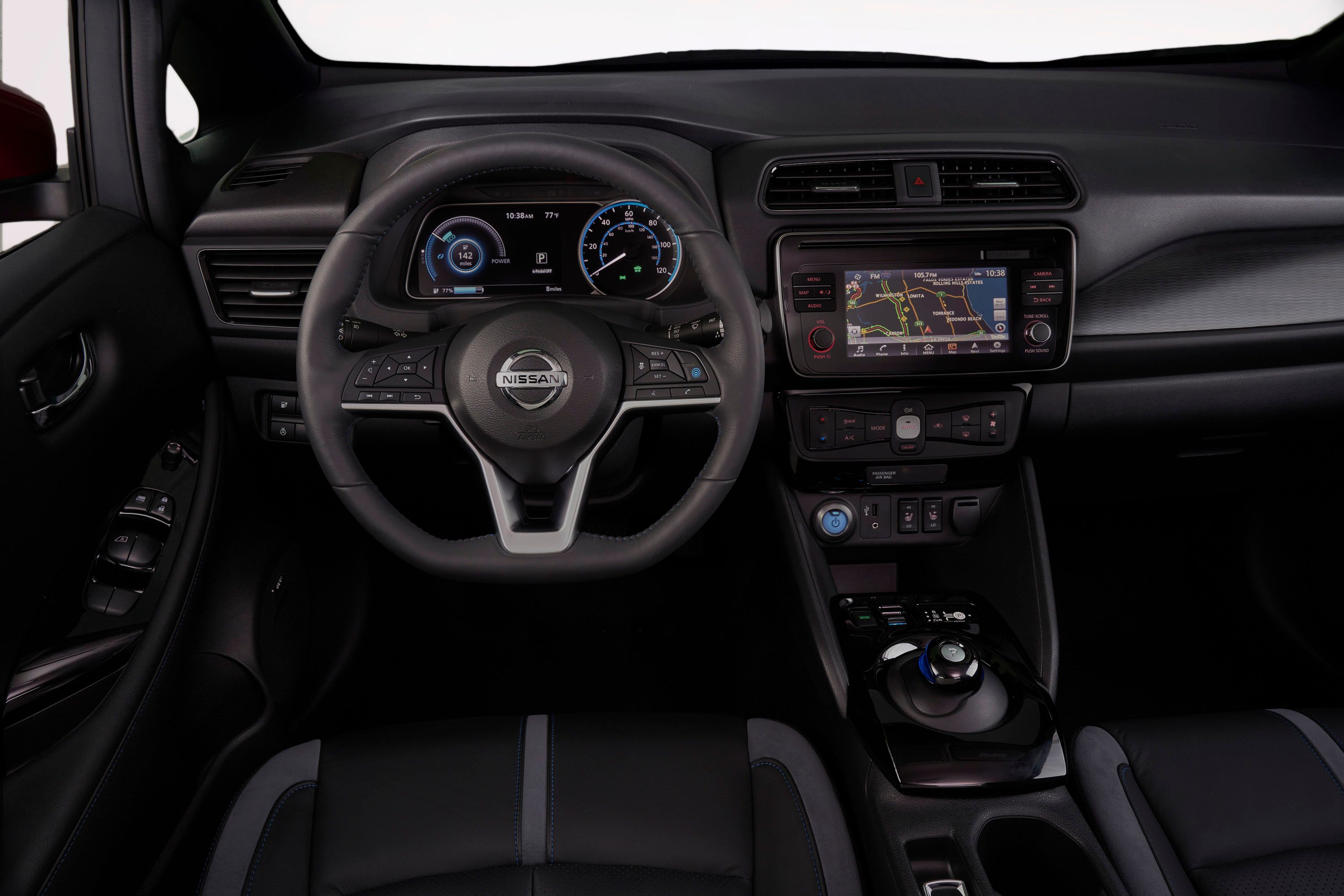
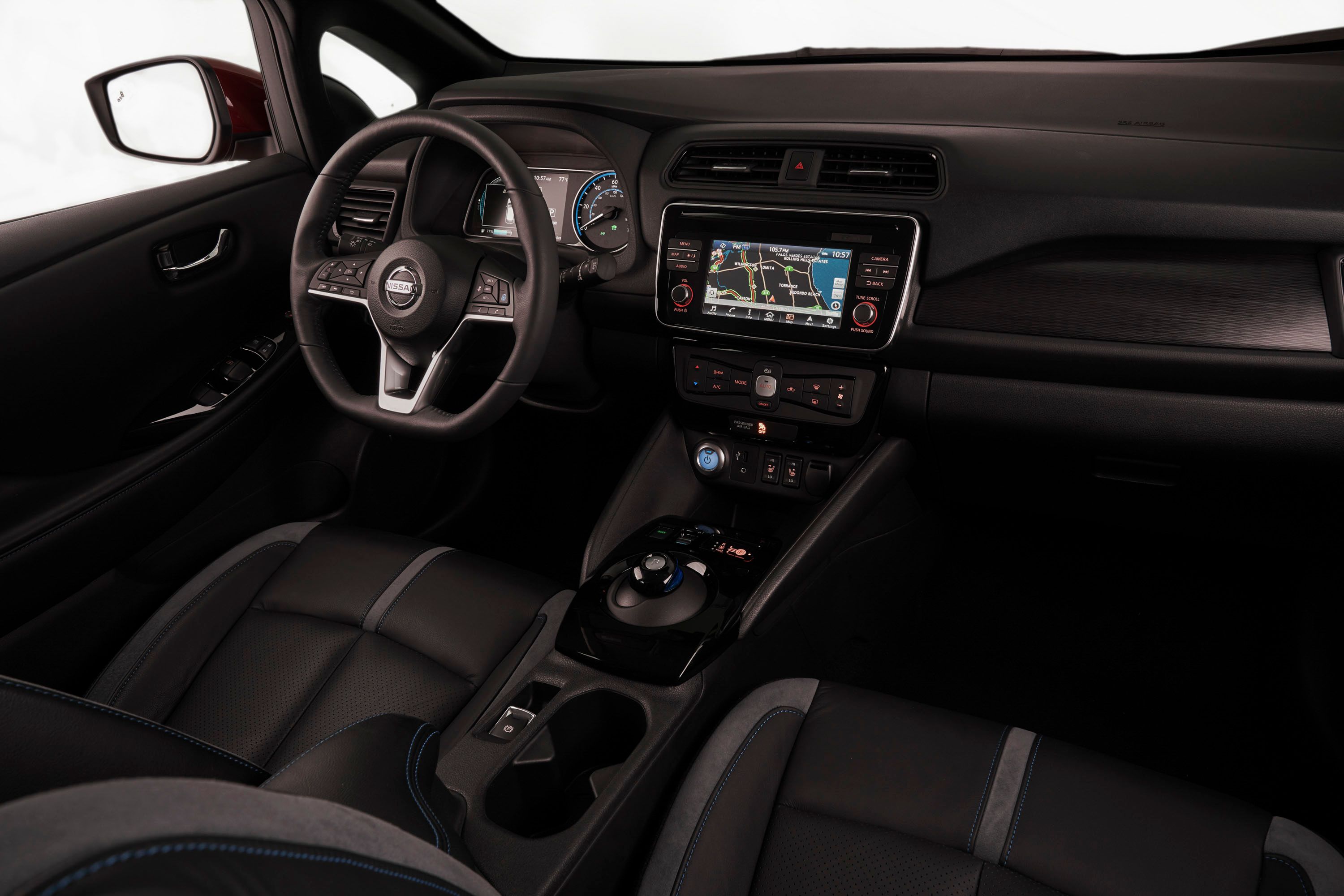
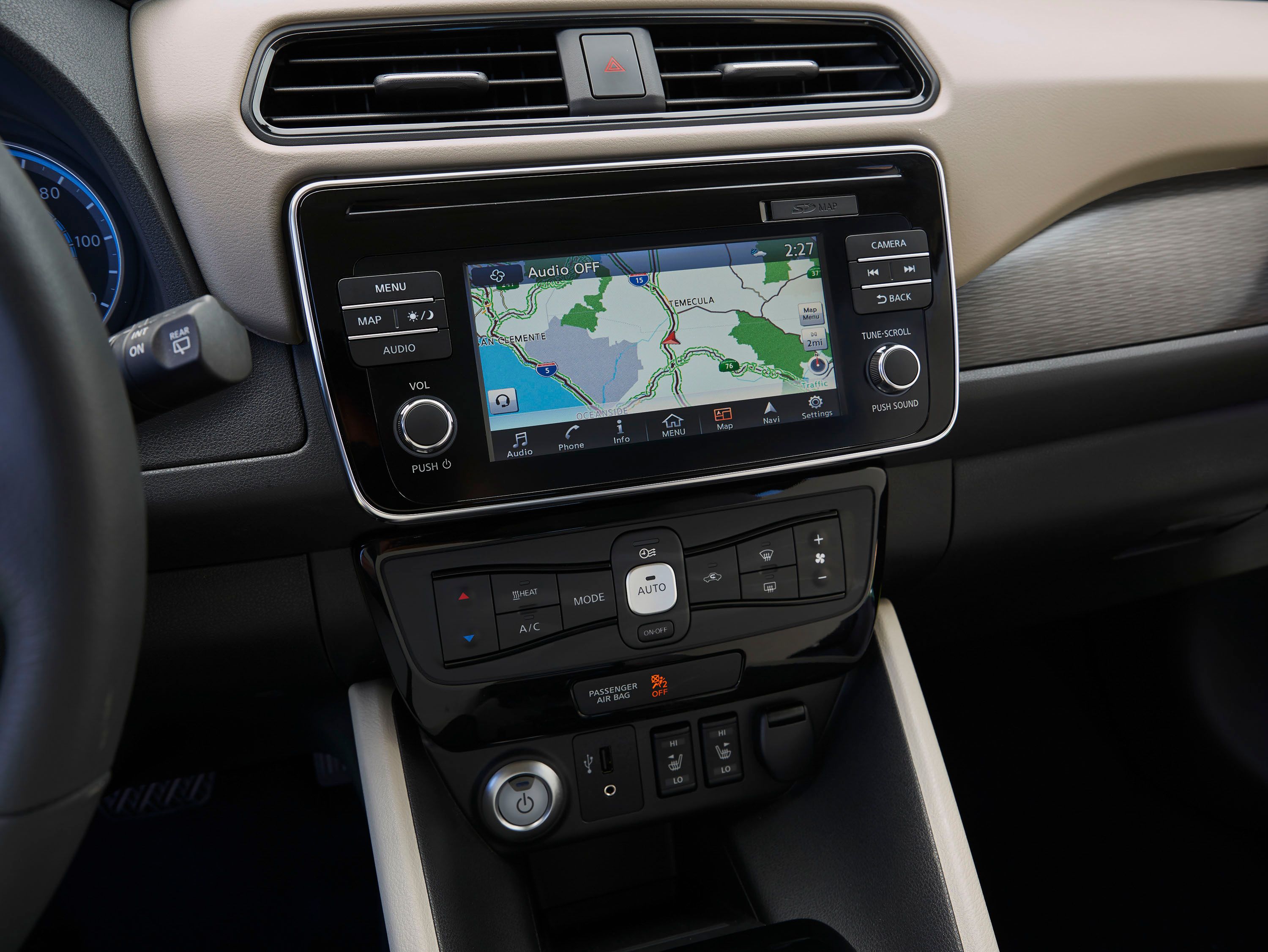
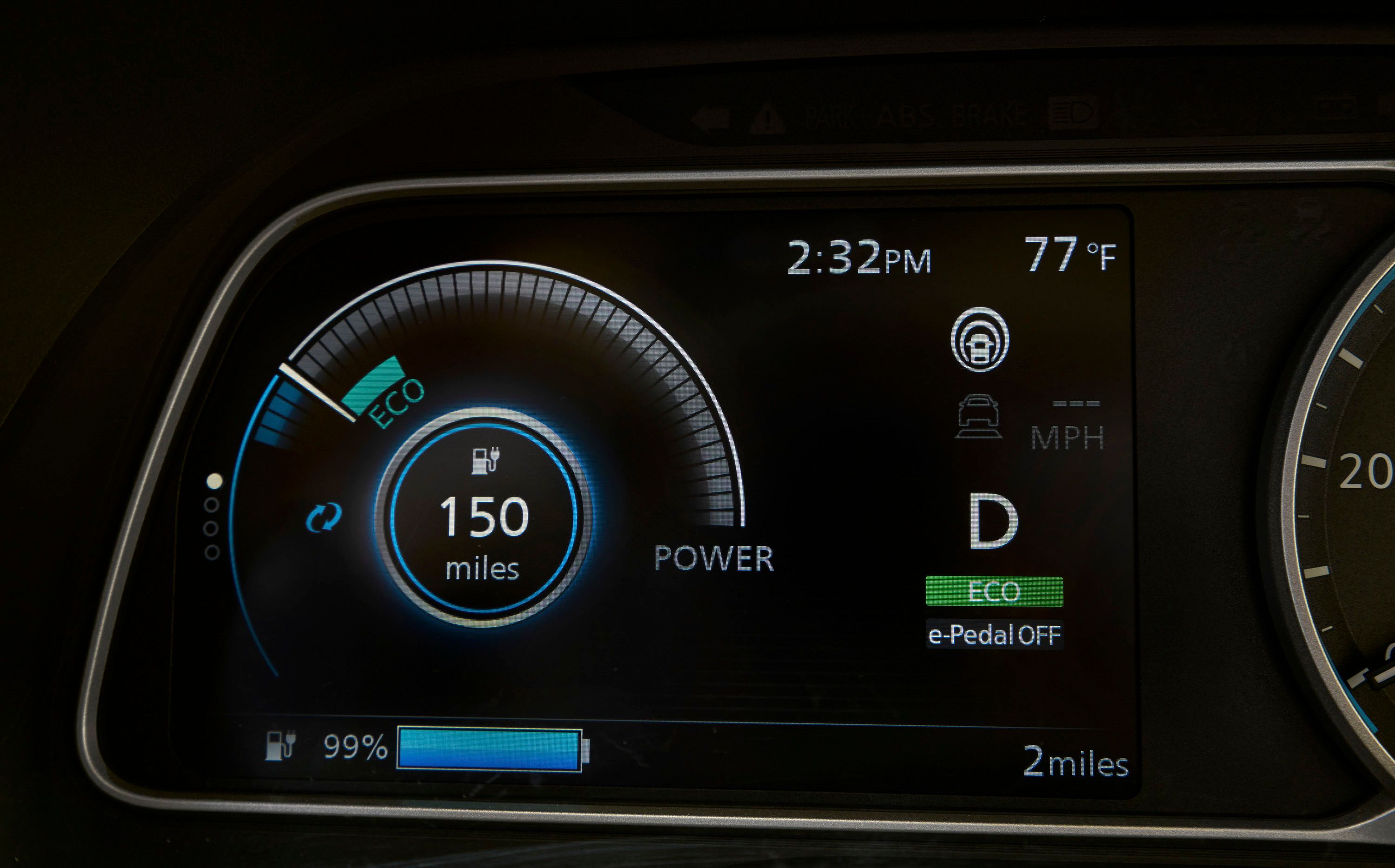
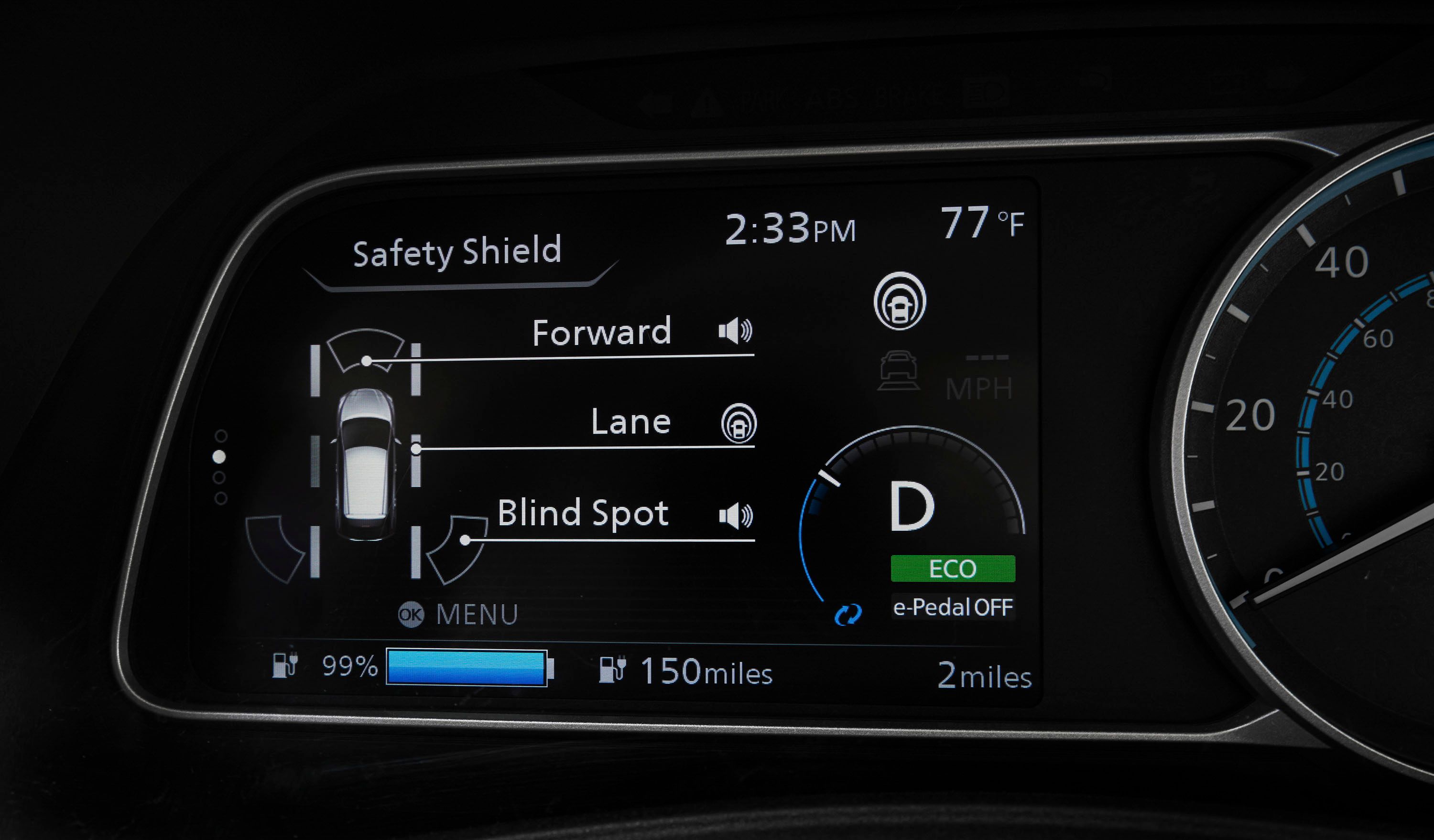
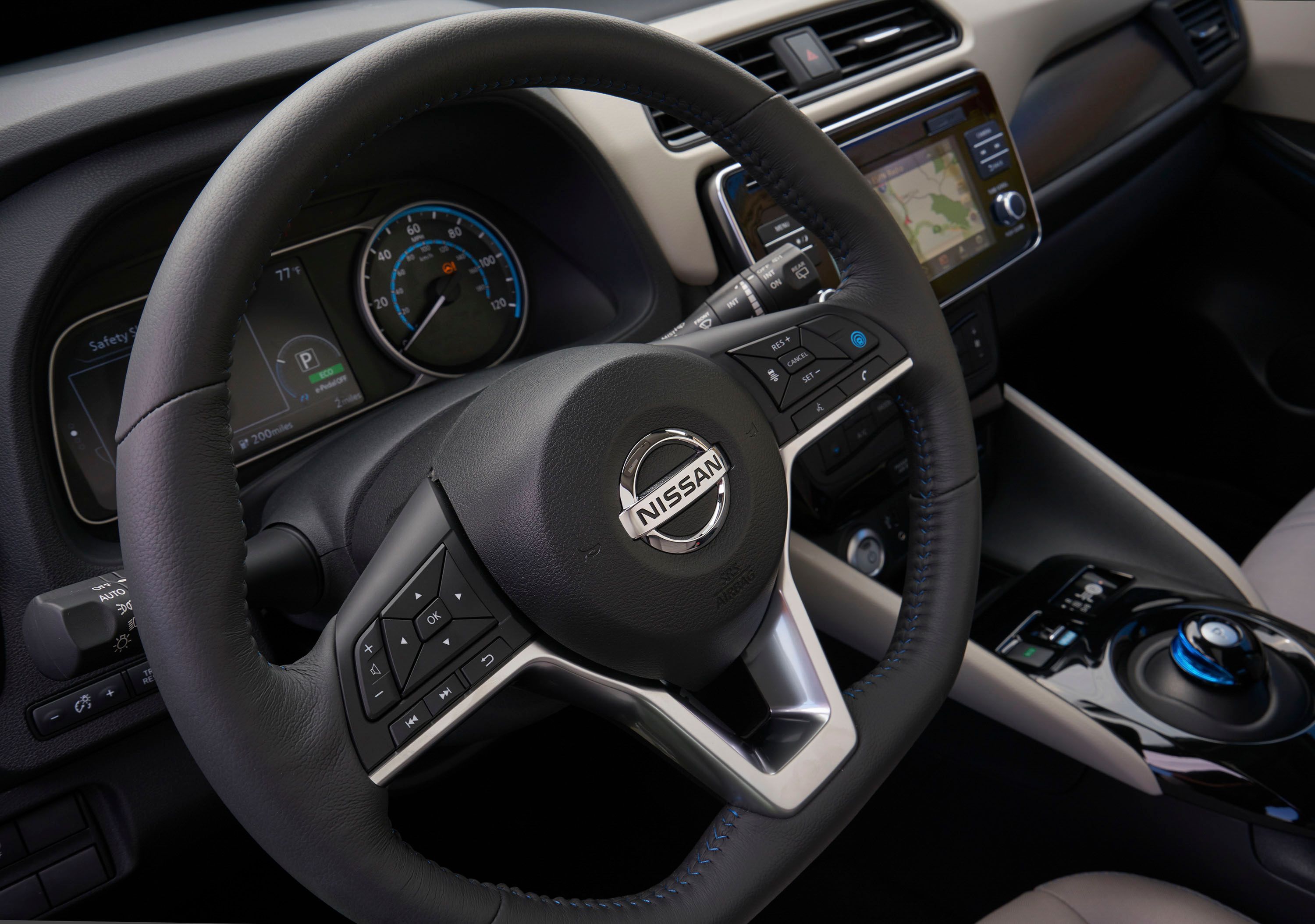
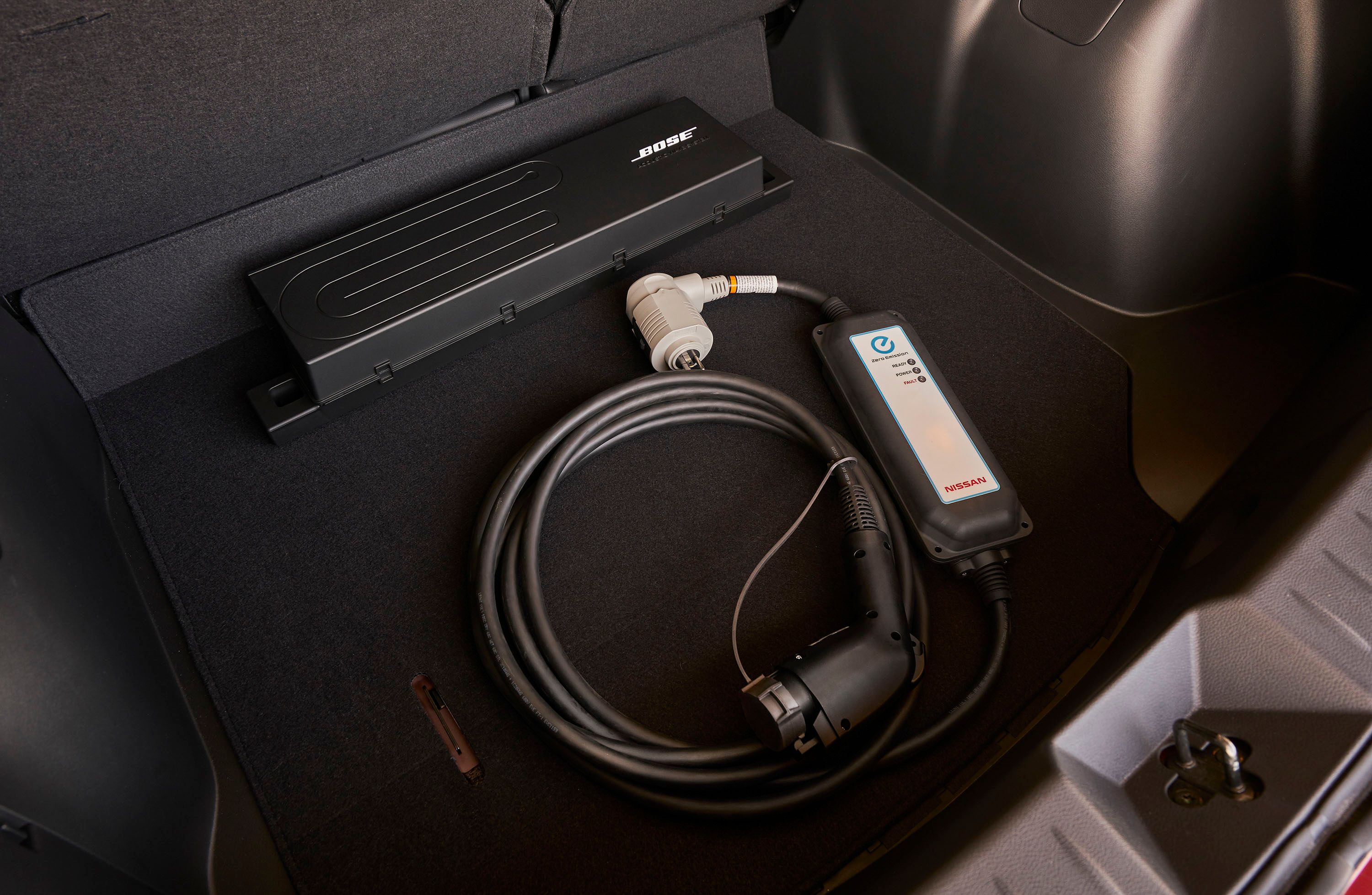
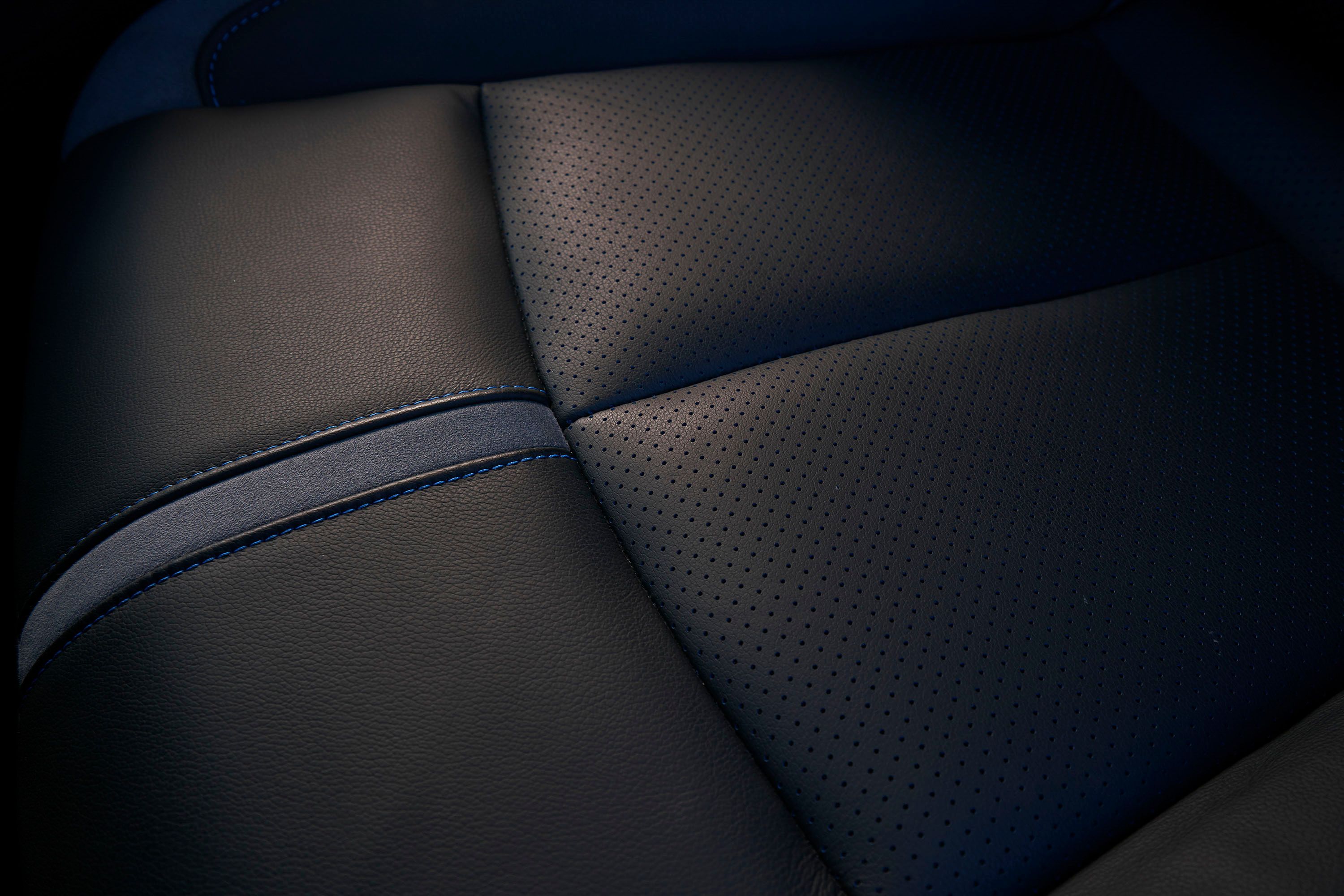
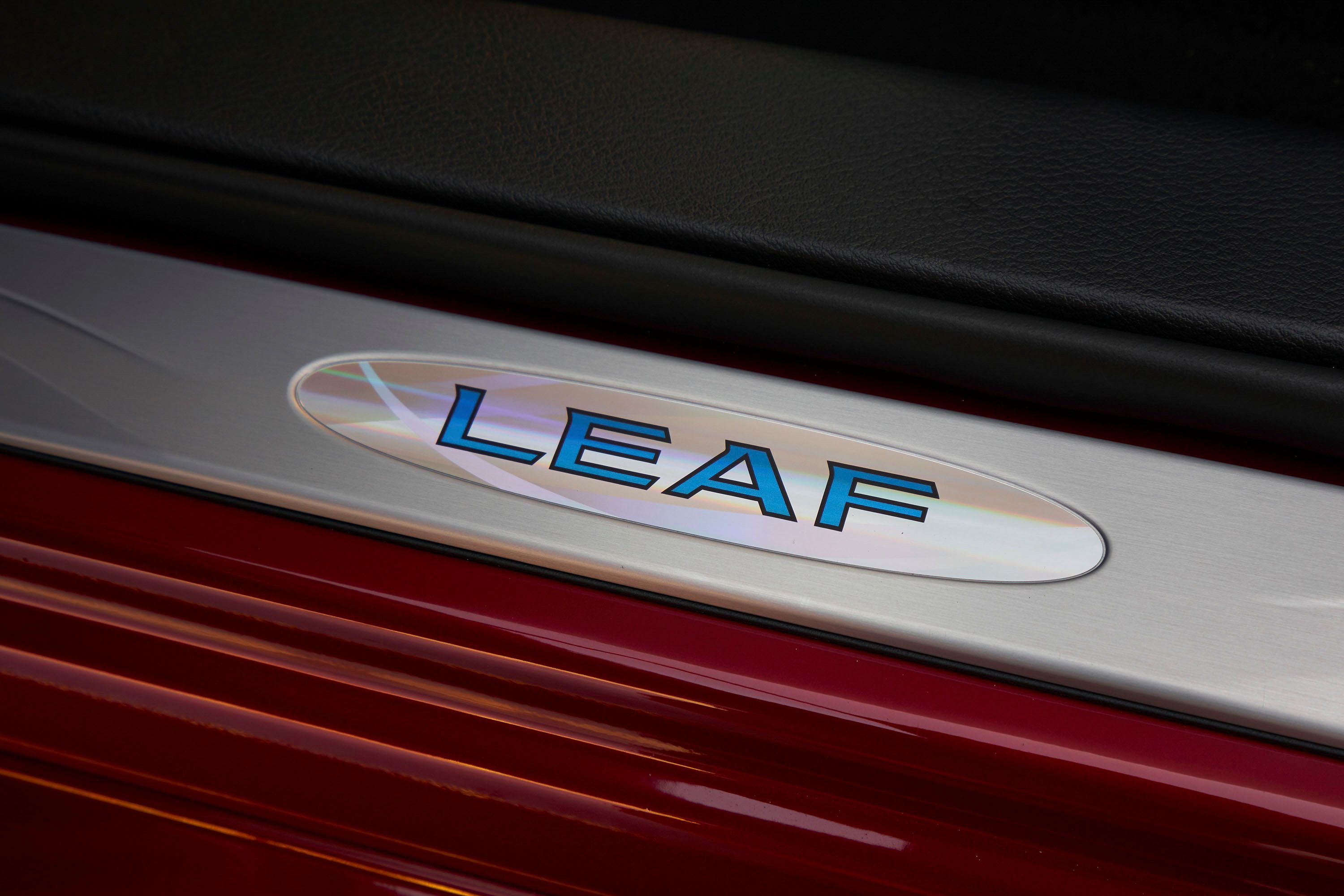
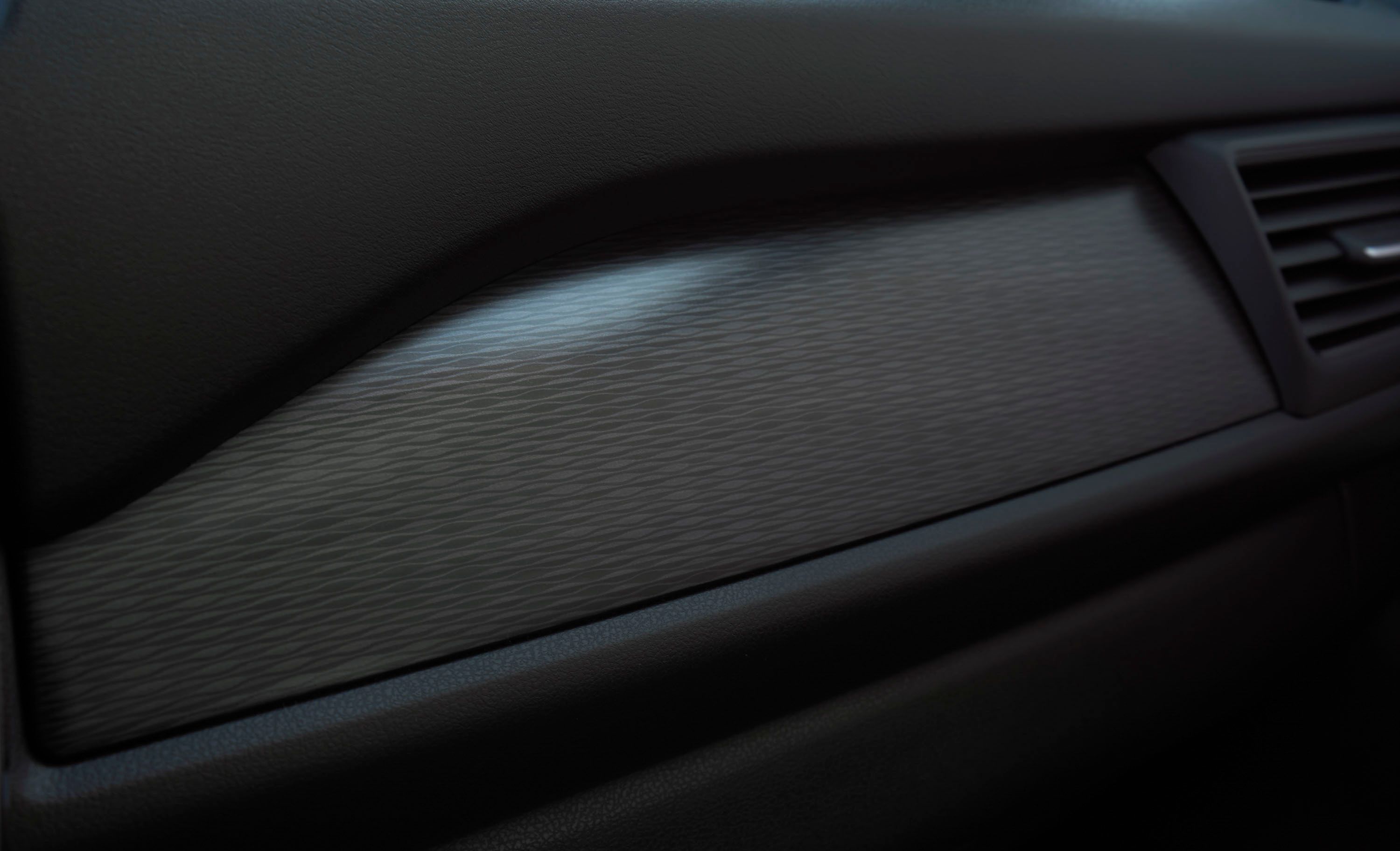
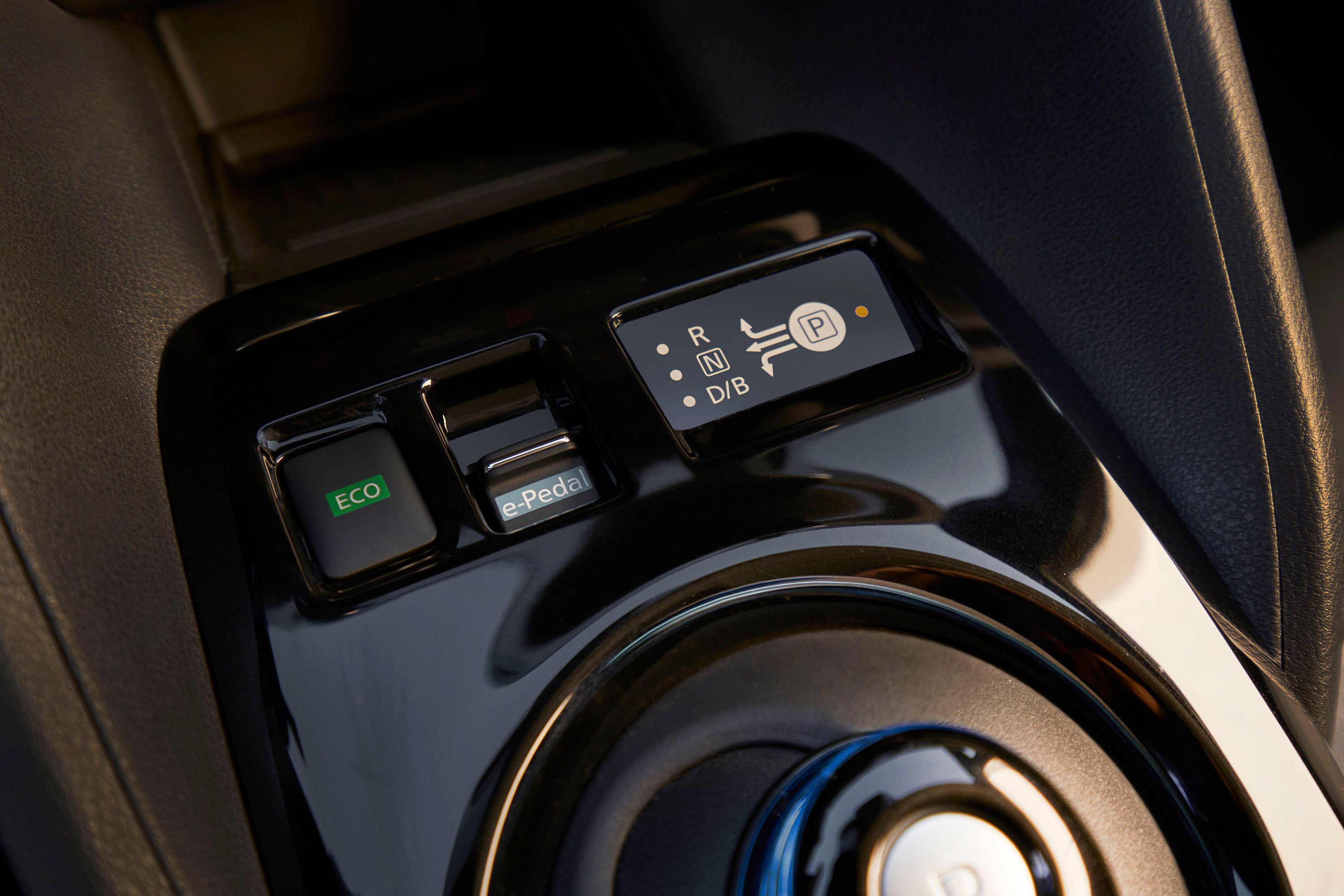
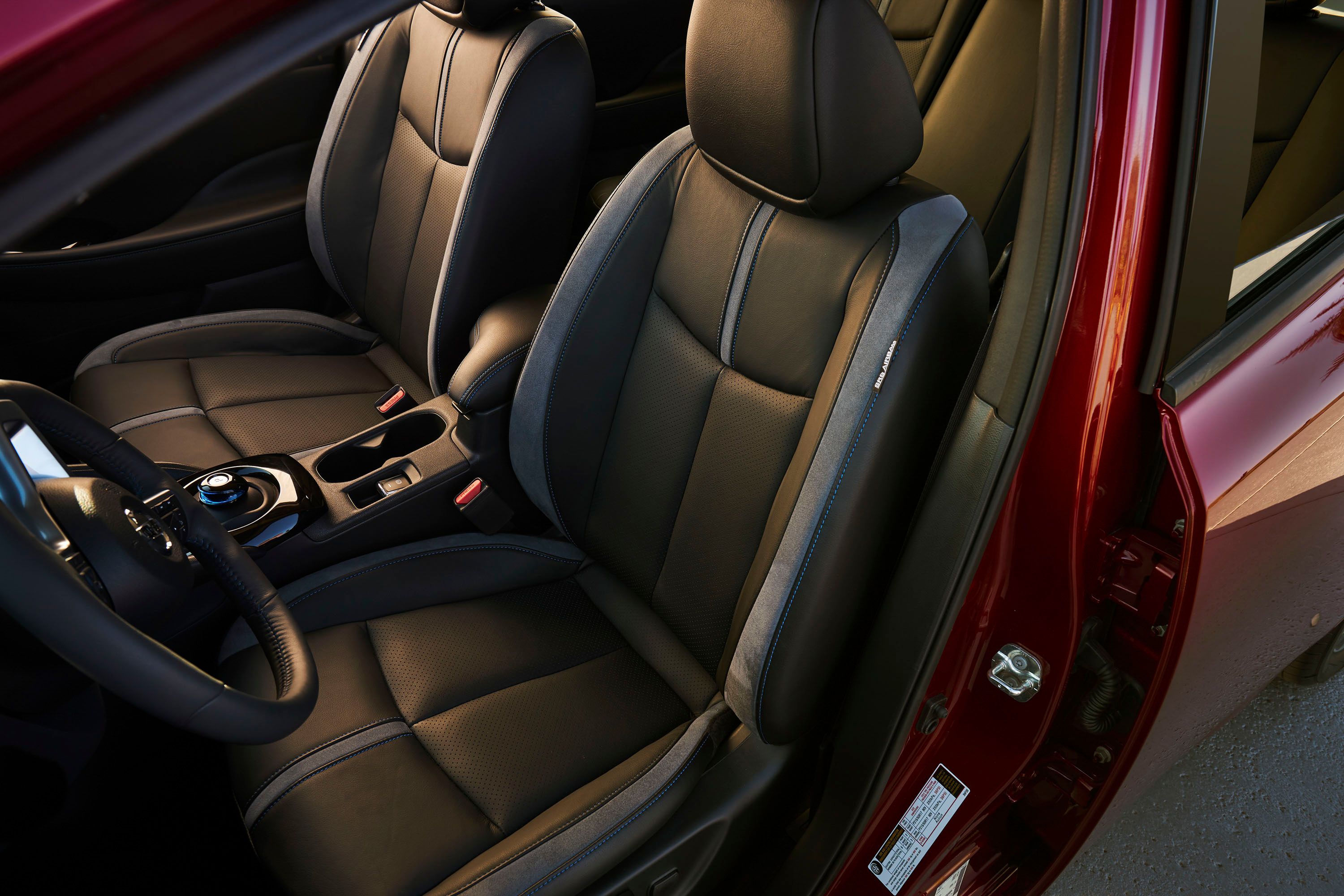
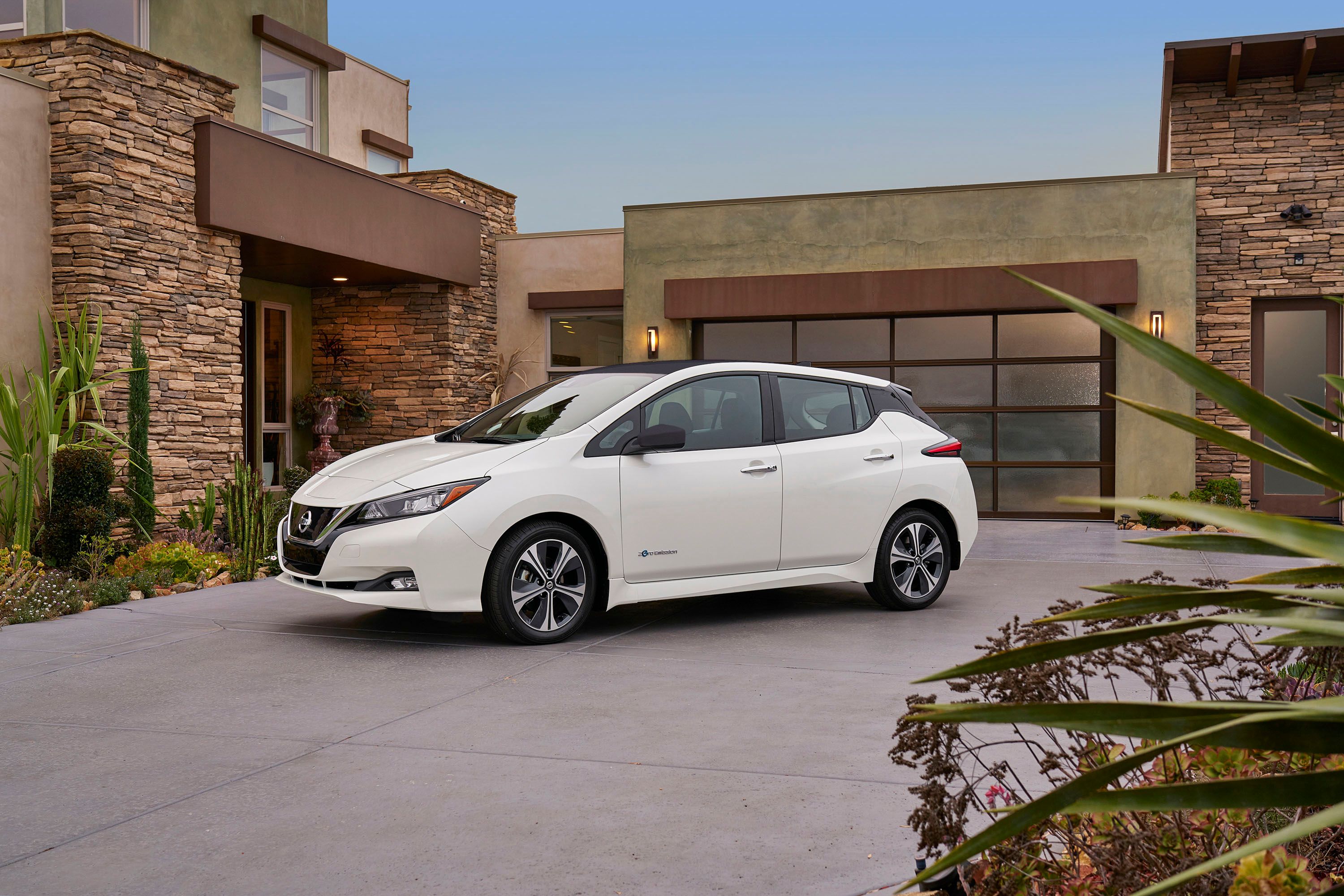
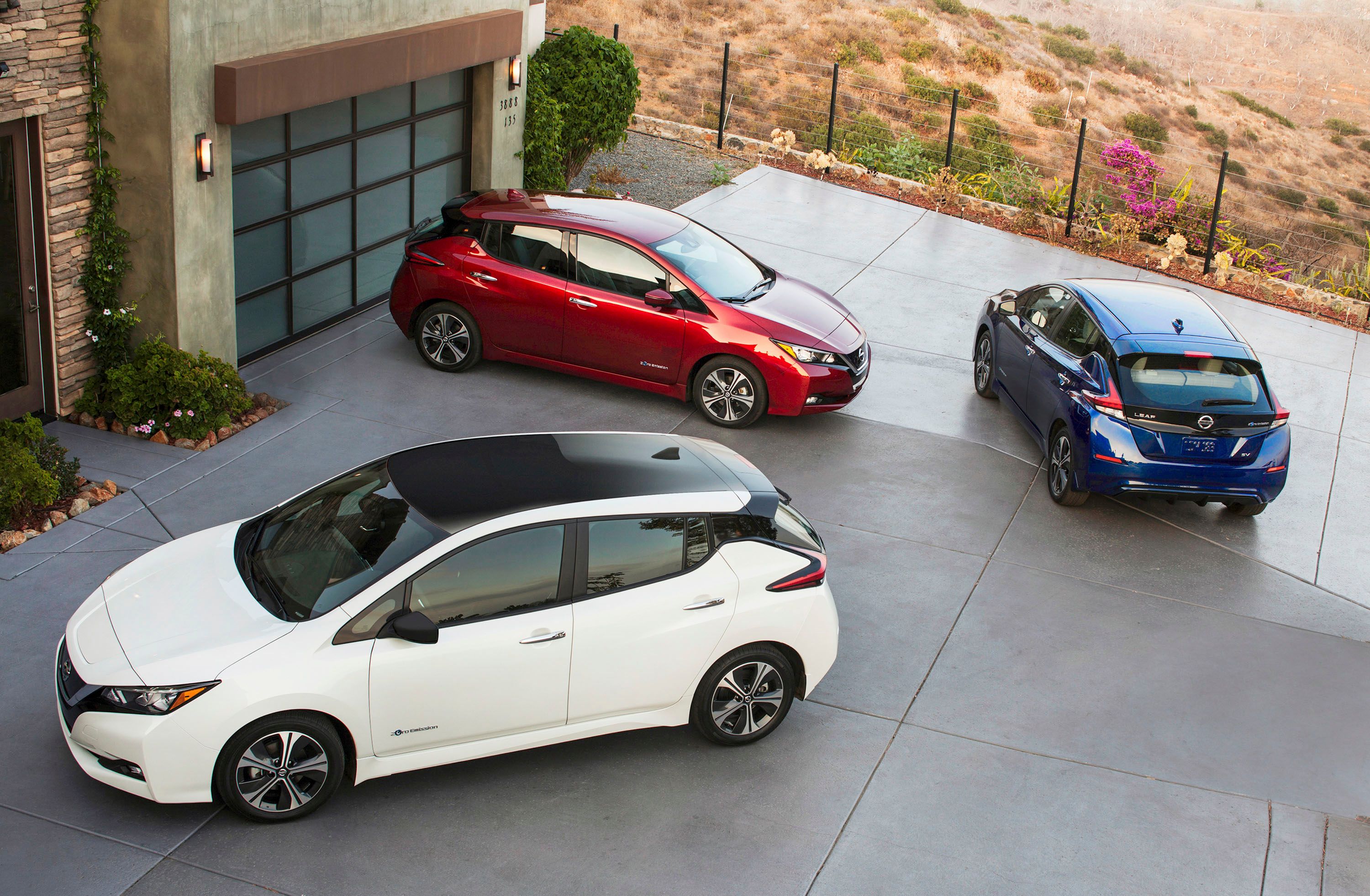
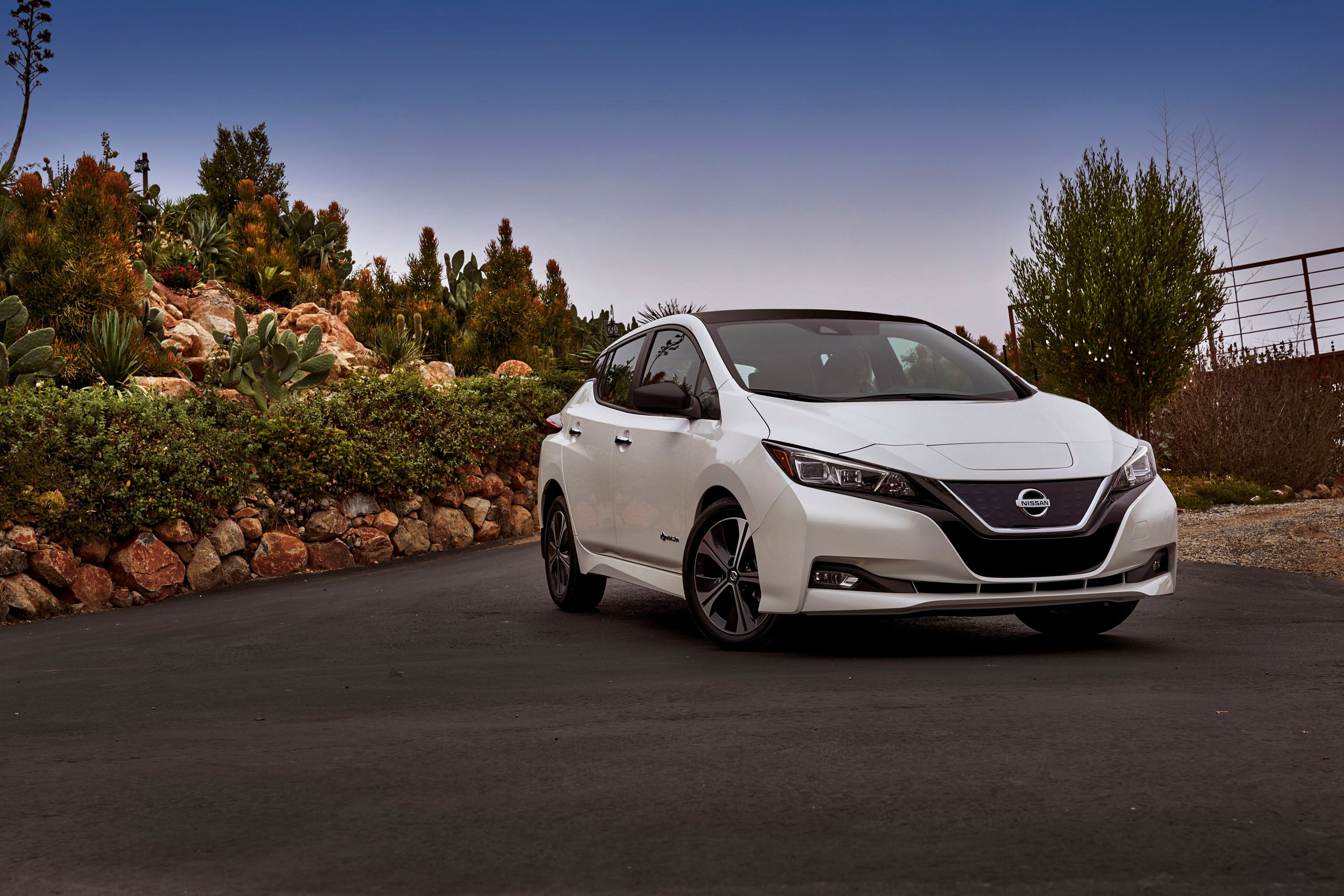
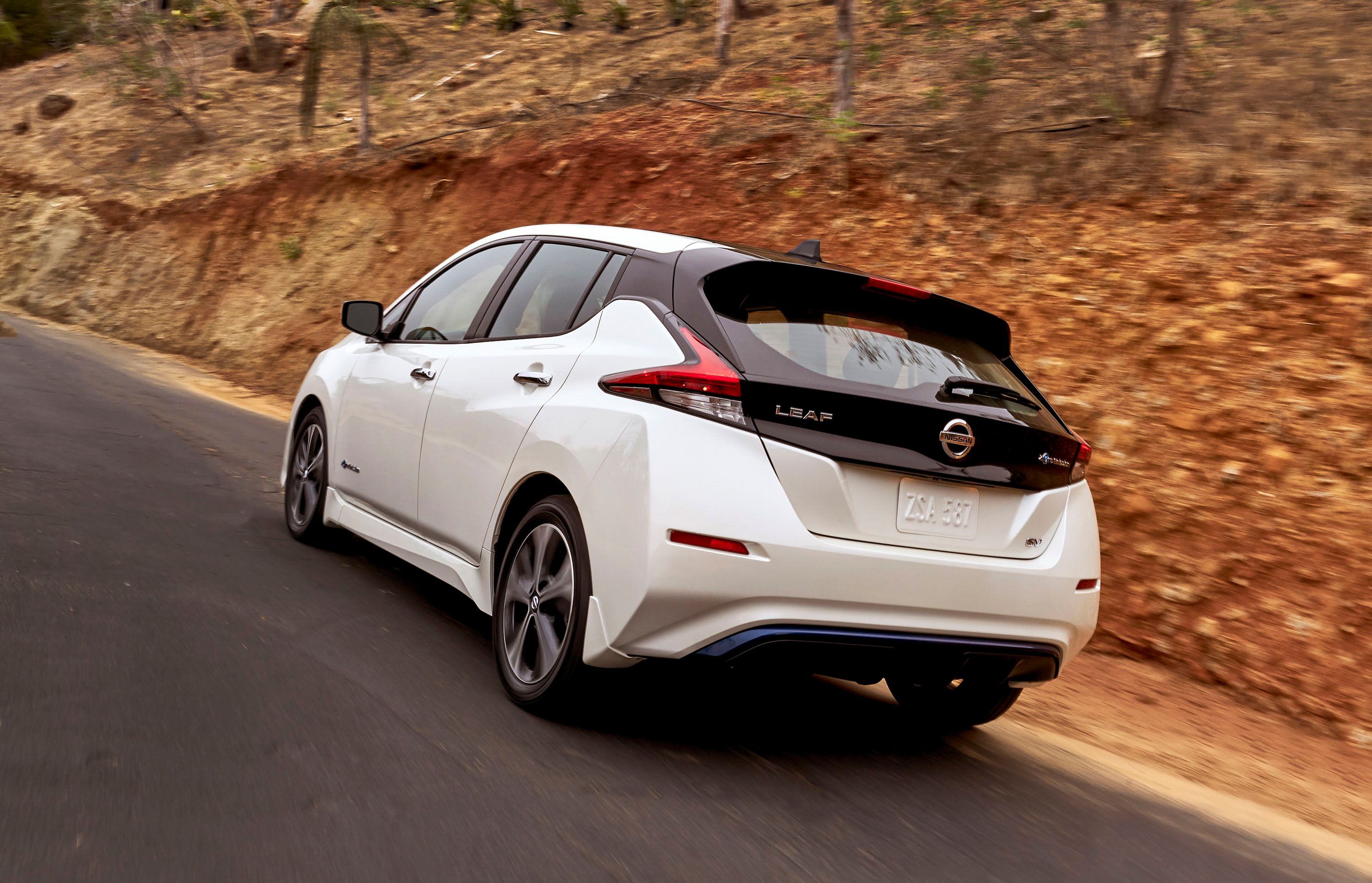
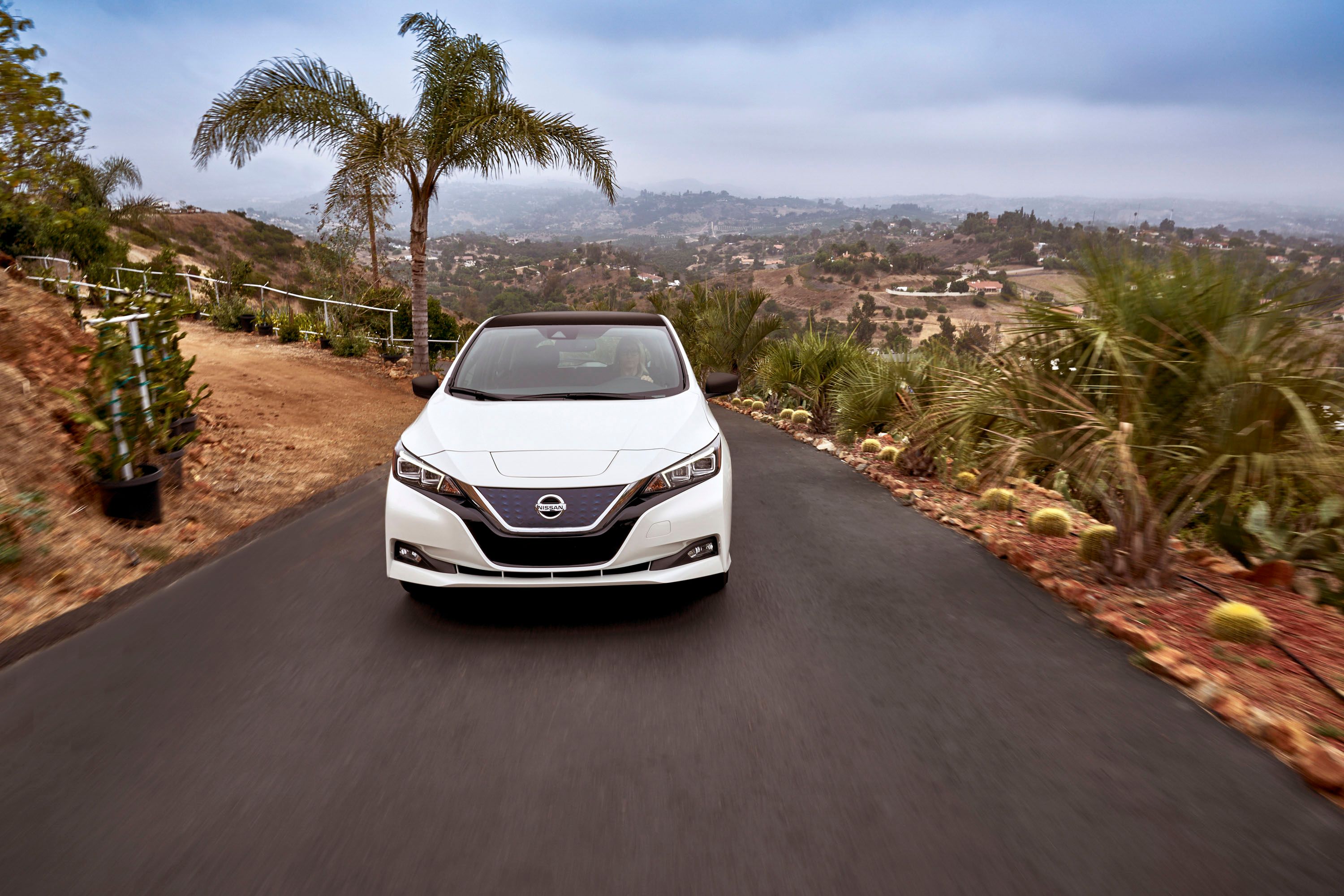
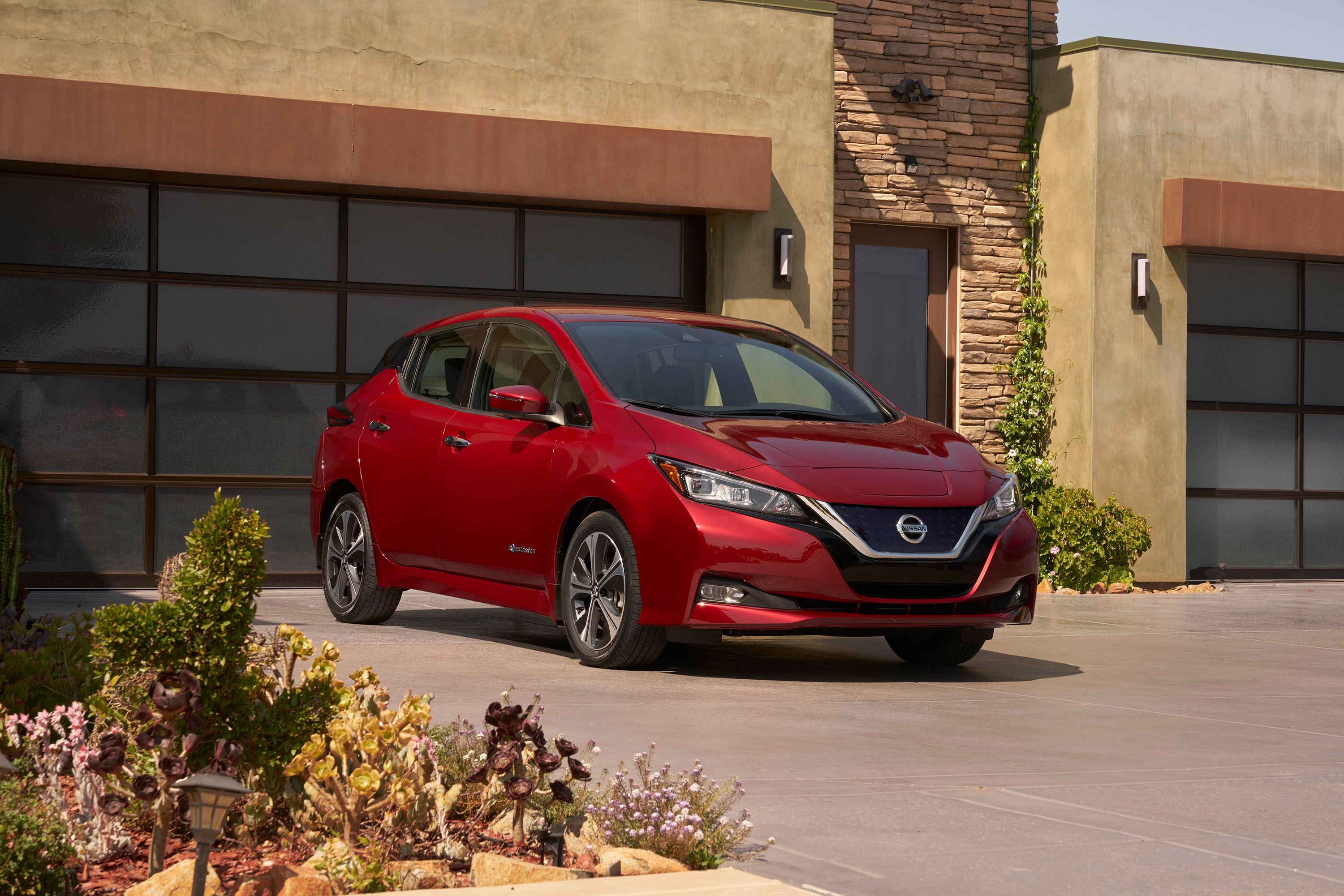
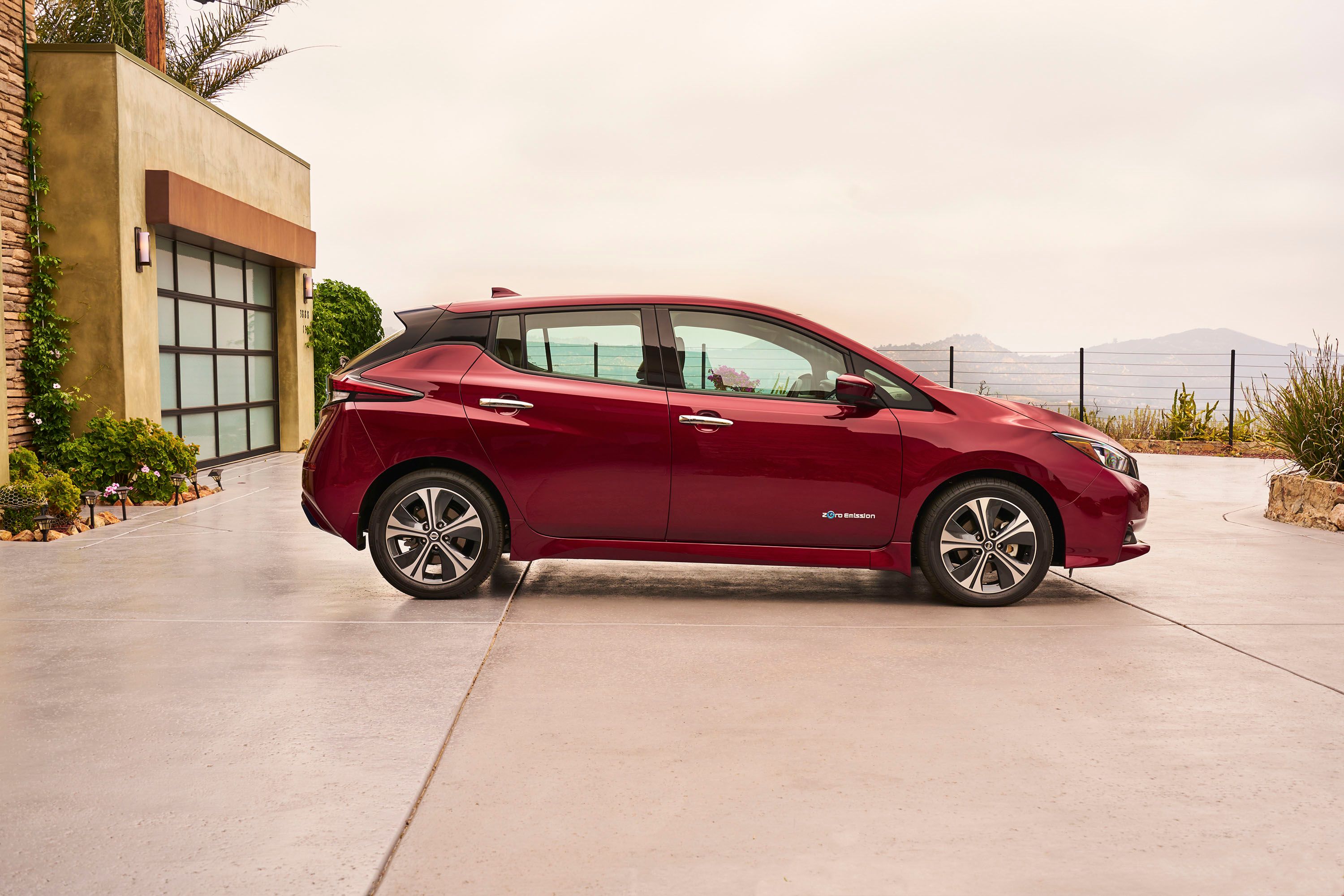
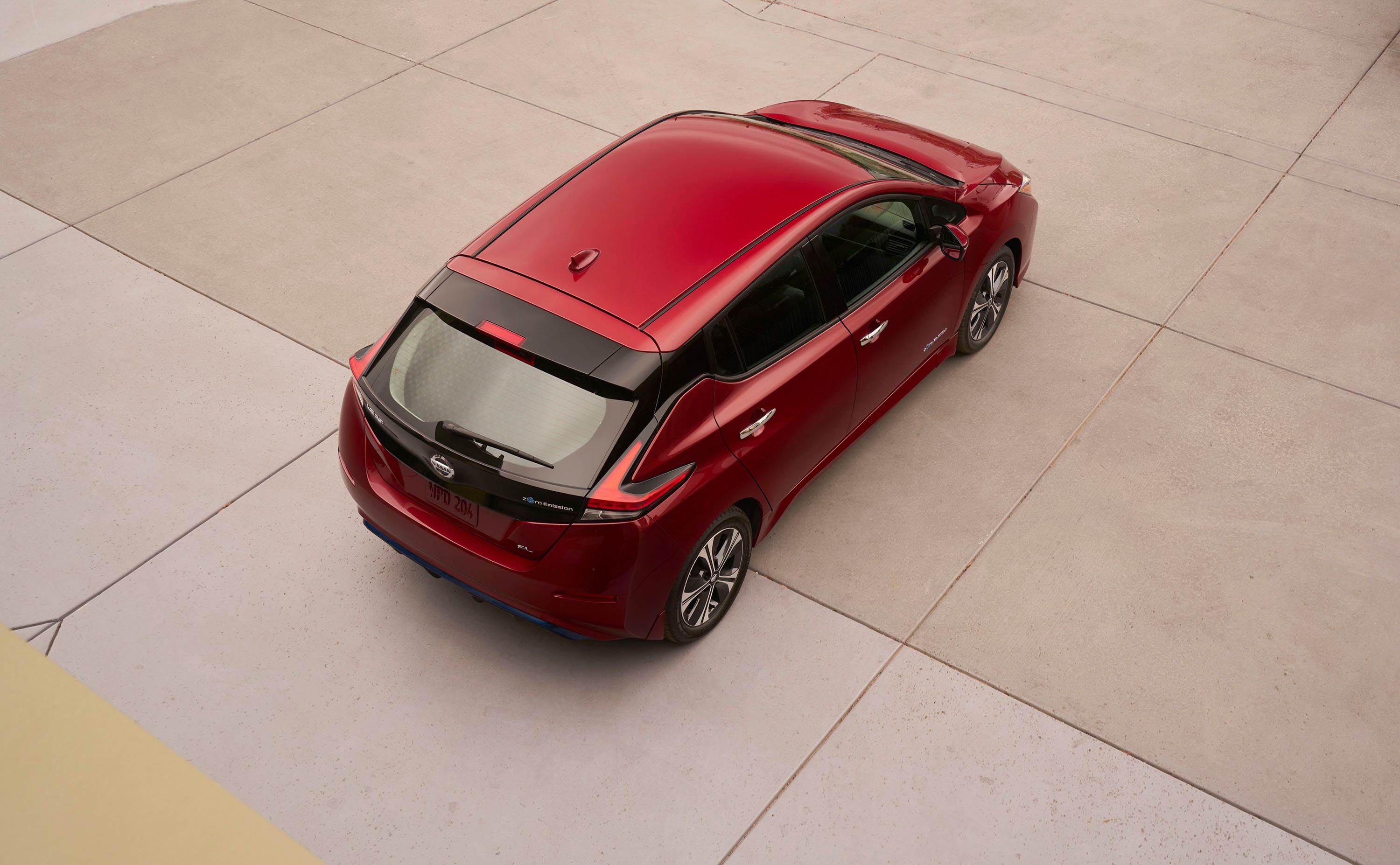
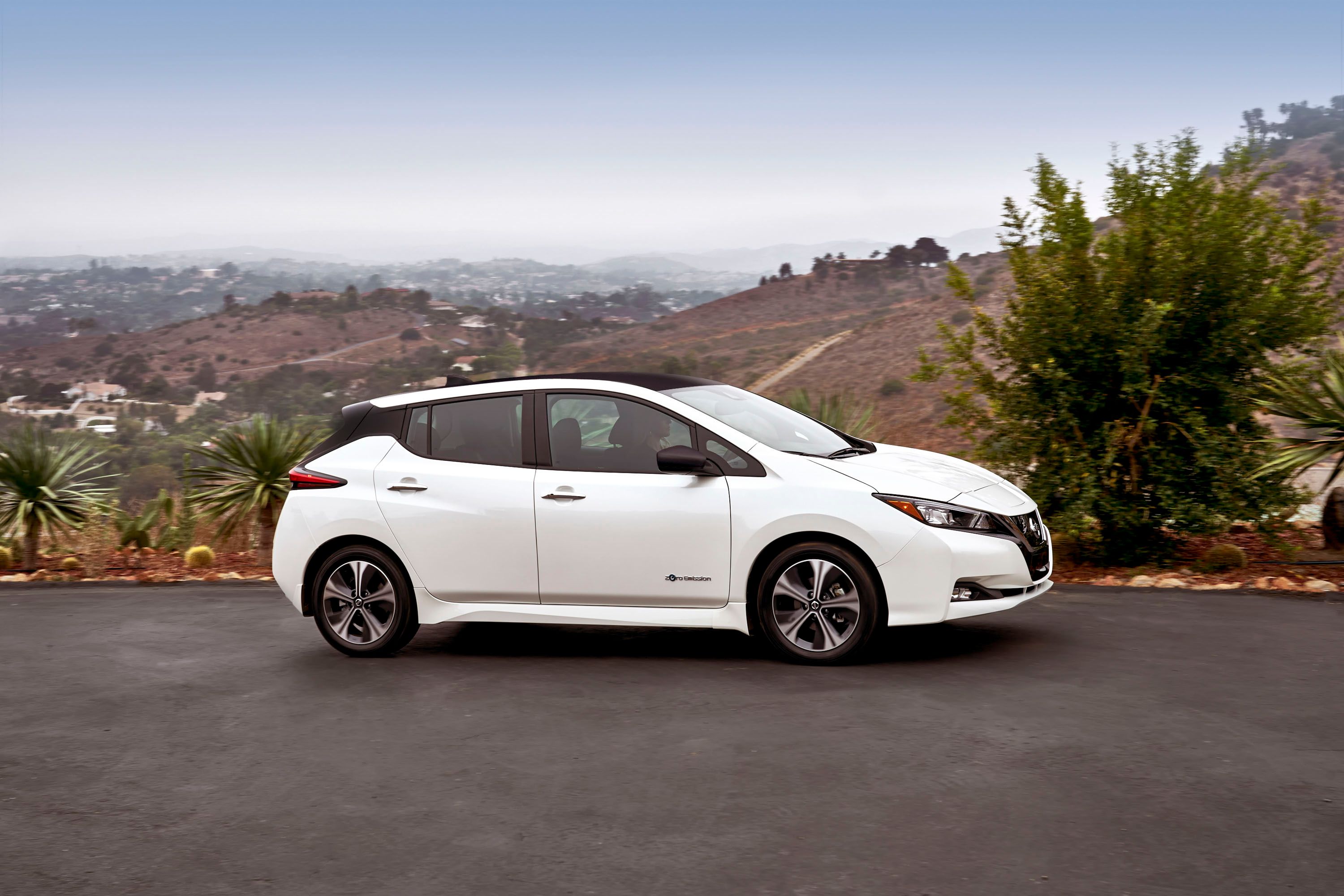
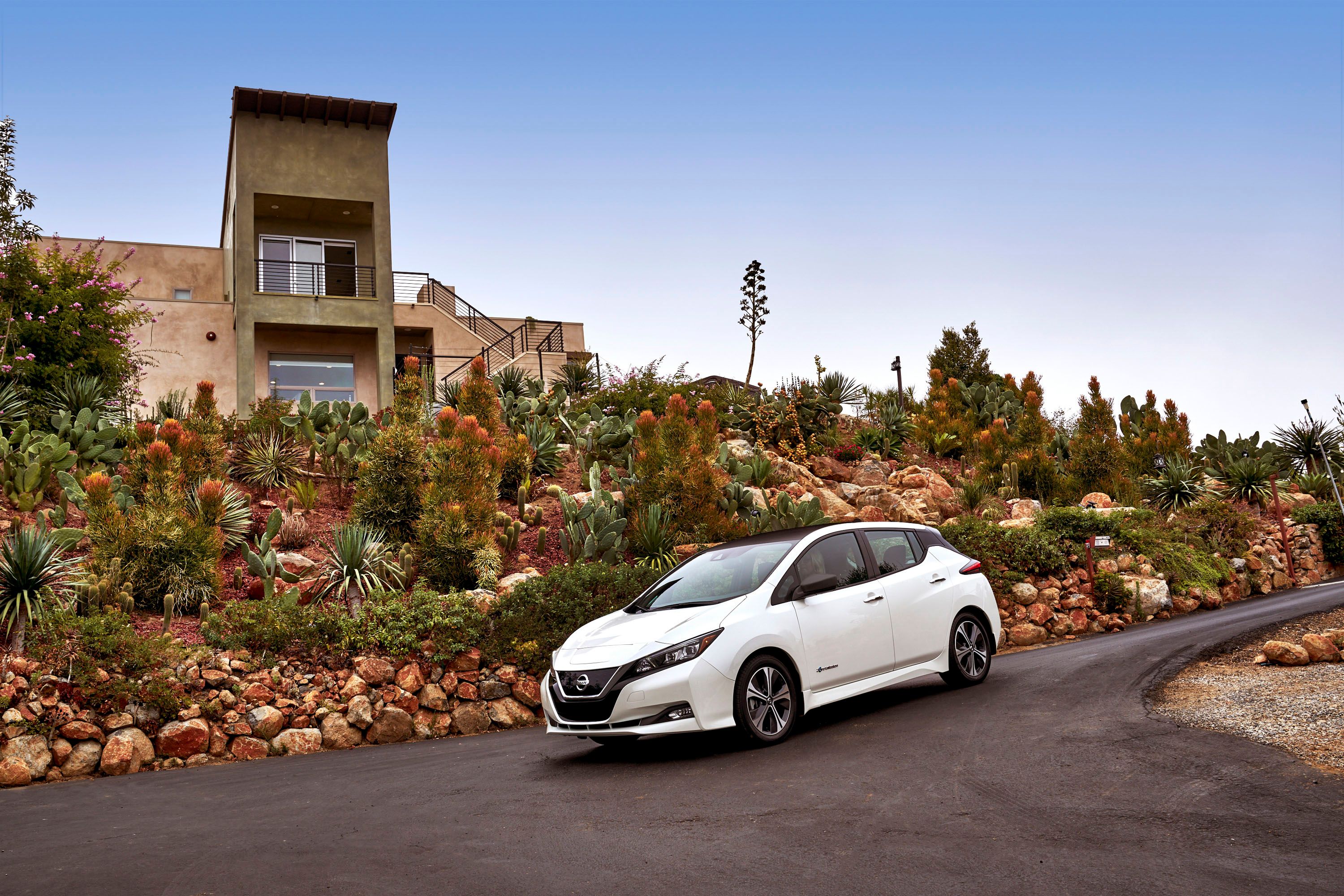
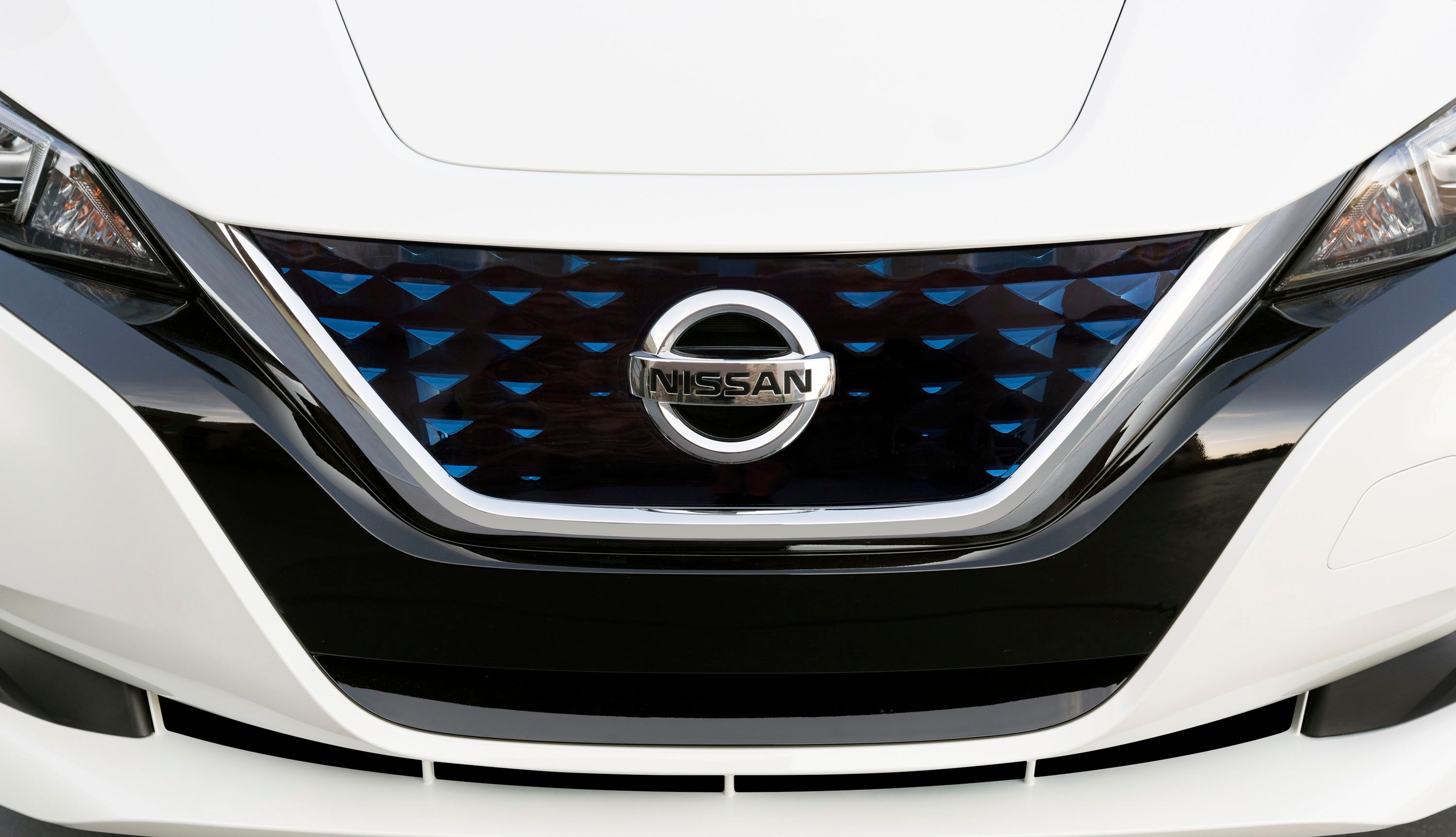
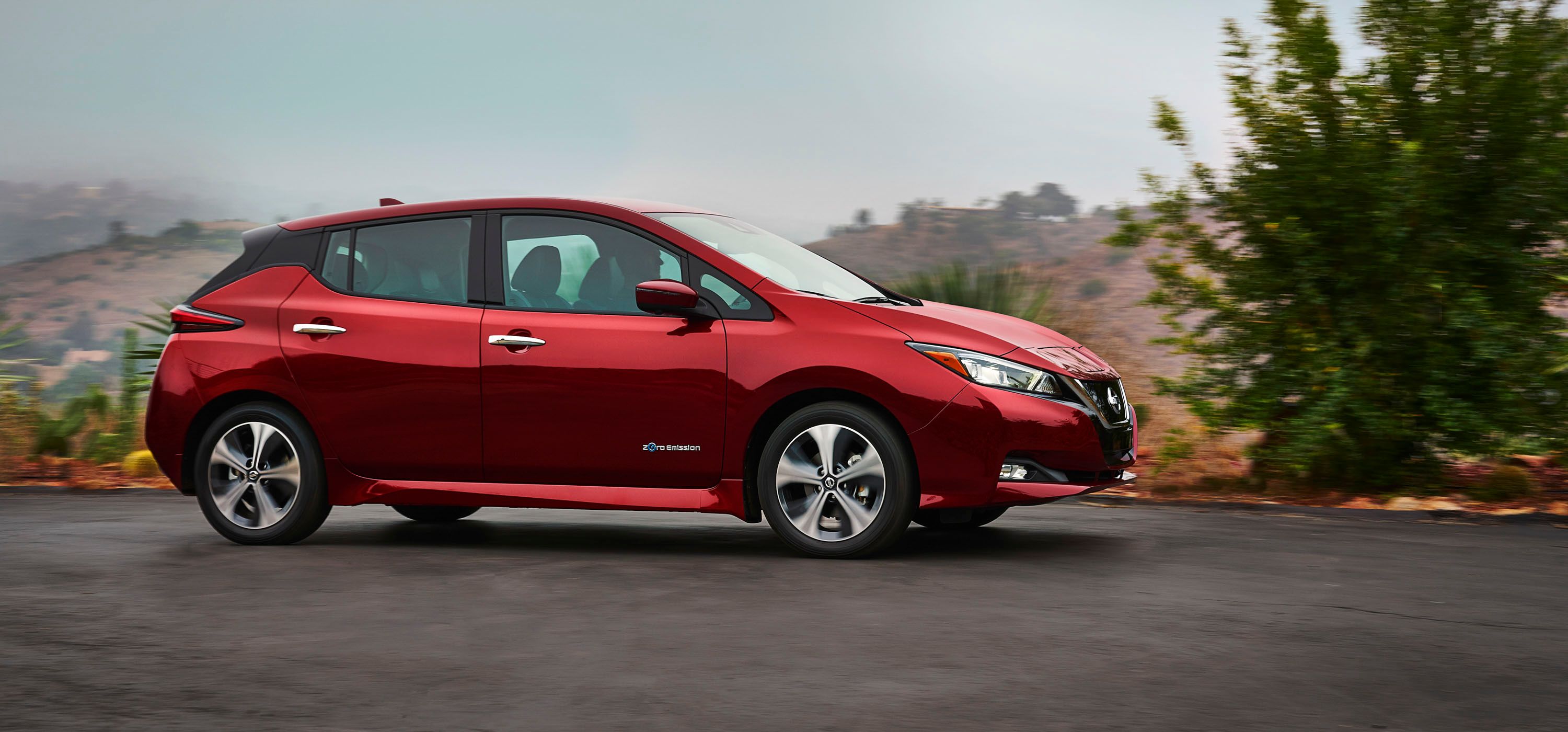
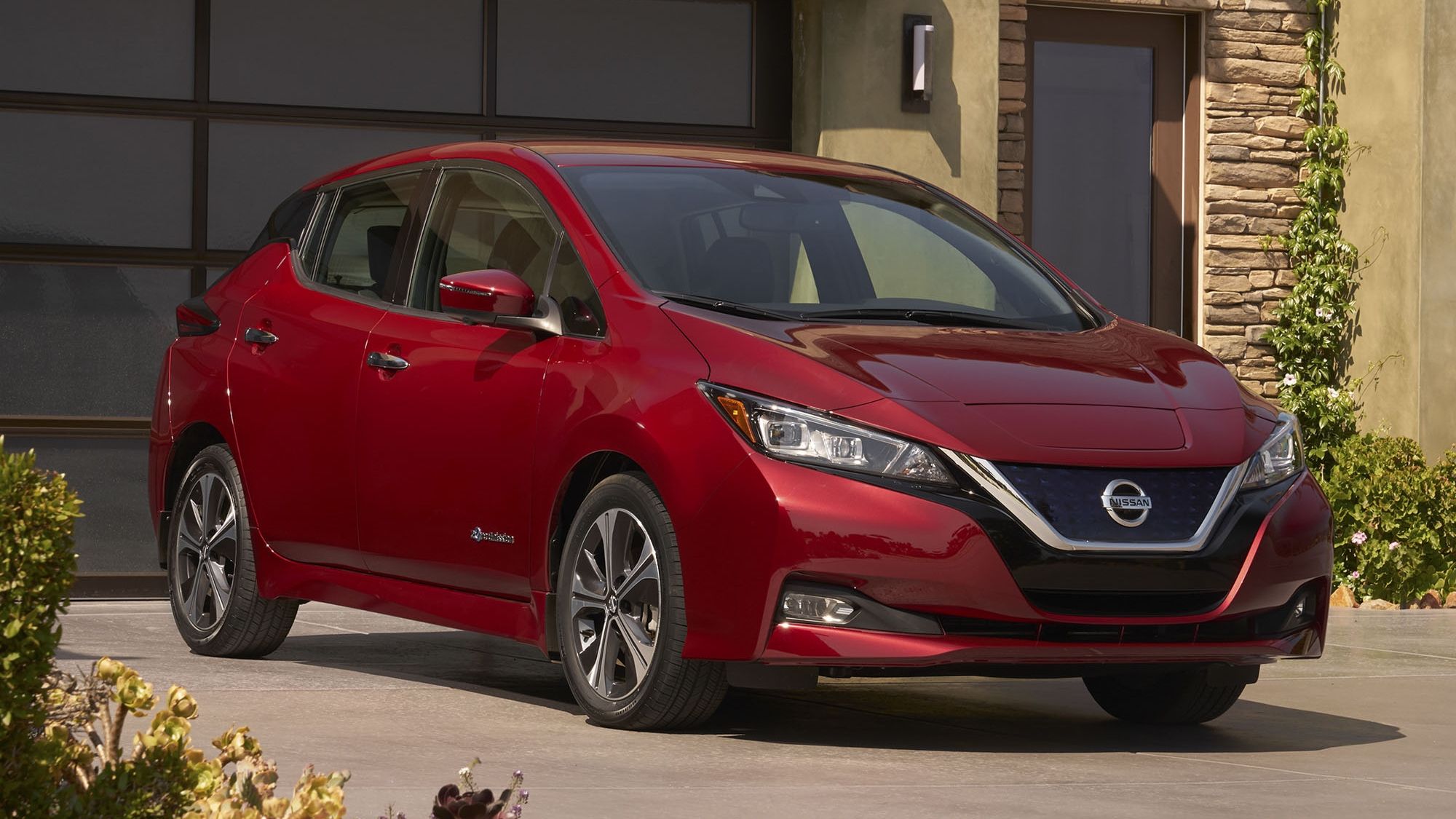

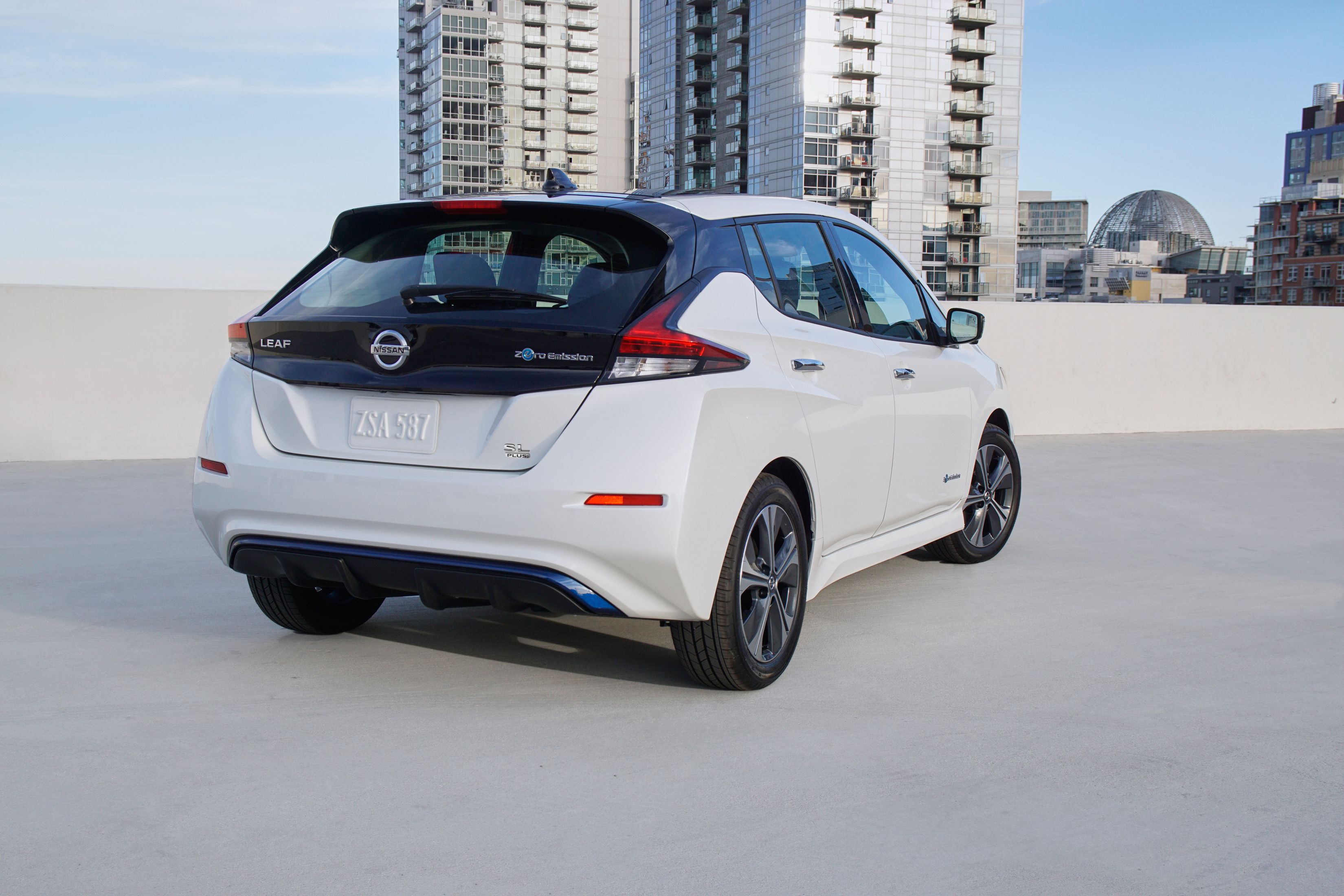
- Make: Array
- Model: 2018 Nissan Leaf
- Horsepower: 147 @ 3283
- Torque: 236 @ 3283
- [do not use] Vehicle Model: Array
Official video
Exterior
As suggested by the many teasers and spy shots, a lot has changed in the Leaf's exterior design. While the first-gen car had a unique design in Nissan’s lineup, the new EV shares many of the company’s current styling features. And this is a good thing because the first Leaf lacked the sportiness every modern car should have and became rather dull compared to its rivals in recent years. The new Leaf feels modern, sportier, and has the right vibe to go against models like the Chevrolet Bolt.
Granted, it still has a few unique touches that make it stand out alongside every other Nissan available, but it’s better integrated into the current lineup. I guess this will work better for most Nissan enthusiasts, but I bet some die-hard fans will miss the bubbly front end and kei car-like rear fascia with the thin and vertical taillights and pumped-out rear fenders and bumper.

The overhauling begins up front, where we can see slimmer, angular headlamps with a fancy LED cluster behind the glass. The V-shaped grille is much larger than before and features a clear blue 3D mesh pattern that looks as if crystals were frozen behind a transparent plastic lens. It looks really cool! Down below, we can see a sporty bumper with intakes and daytime running lights at each corner, as well as slim vents in the middle. The front hood is nicely sculpted toward the fenders for a sporty V shape that matches the fascia.
Onto the sides, the Leaf is no longer the somewhat awkward vehicle with a bubbly design. Instead, Nissan went with a more conventional hatchback styling that includes a solid beltine traveling upward from the front fender into the taillights, a sporty character line just above the rear wheel arches, and small quarter windows. The sleek silhouette is a sign of improved aerodynamics, while the black pillars give the Leaf the "floating roof" appearance we can see on almost every production Nissan nowadays.


Around back, things are yet again on the conventional side, with the old vertical taillights replaced by horizontal, boomerang-shaped units that run into the fenders. The fenders and the bumper continue to seem "inflated" compared to the tailgate, but the rear end is no longer exotic. The traditional shape of the rear glass, lower tailgate, and roof spoiler turn the new Leaf into a regular hatchback. This isn’t a bad thing as the whole package is decidedly sportier, and thus more appealing, but it no longer has the special vibe of the first Leaf. Finally, I can see a bit of IDS Concept in there, which is a good sign that Nissan is actually looking to put its show car designs to good use.
I also like that you can get a two-tone color scheme. While full information is not yet available, the presentation includes a car finished in white, but with metallic blue mirror caps, roof, and A-pillars. Hopefully, this means that there are new customization options available alongside the basic eight body colors.
New Nissan Leaf vs. Previous Nissan Leaf


Exterior Dimensions
|
Overall length (Inches) |
176.4 |
|
Overall width (Inches) |
70.5 |
|
Overall height (Inches) |
61.4 |
|
Wheelbase (Inches) |
106.3 |
|
Track width front/rear (Inches) |
60.6/61.2 (S model) |
|
Minimum ground clearance (Inches) |
5.9 |
|
Coefficient of drag (Cd) |
0.28 |
Interior
The interior was also redesigned from the ground up. Now sporting a cleaner design, it also has a more premium and high-tech feel, which is what I'd expect from an EV in 2017. The new dashboard, which appears to have a three-tier design with simple, but flowing lines, has a wider center stack that includes the A/C vents and new, larger, seven-inch infotainment display. The screen is flanked by buttons and knobs, with more controls placed below, toward the center console. This whole assembly has way too many buttons for my taste, but I can't say it's cluttered.
The instrument cluster is definitely simpler, but it has a rather unusual configuration, with a small display on the left and a large analog dial to the right. The door panels and seats are as simple as they get in terms of design and help create a roomy atmosphere. Talking about a premium feel, there's blue stitching on the seats, dashboard, and steering wheel, while the latter has a matte chrome finish and comes wrapped in genuine leather. Most detailing is made with matte and glossy shades of black, which creates a soft contrast.


Tech-wise, you get a lot in the new Leaf, starting with Apple CarPlay and Android Auto. However, it's worth mentioning that these two apps are offered with the navigation system, which isn't standard equipment on the lower trims. The Leaf also features the company's new Intelligent Integration platform, which includes NissanConnect, through which the driver can search for continuously updated information such as the location and operating hours of free charging stations and charging station availability.
Then there's ProPilot Assist, a single-lane driving assistance technology that automatically controls the distance to the vehicle in front between speeds of 18 mph to 62 mph. It can also help the driver steer and keep the car centered in its lane. If the car in front stops, the system will automatically apply the brakes. After coming to a full stop, the vehicle can remain stationary even if the driver's foot is off the brake. If traffic restarts, the car will resume driving when the driver touches the switch again or lightly presses the accelerator. Nissan says that all these functions "can significantly reduce stress when driving on the highway in both heavy and flowing traffic," but the Leaf is still a long way from being an autonomous vehicle.

When it comes to innovative features, the Leaf is equipped with e-Pedal, a system that enables the driver to use the car with one pedal only. Most of us are accustomed to using two or even three pedals as part of our driving routine. Without a doubt, each and every one of you have used at least two pedals – you have to have an accelerator and a brake pedal, right? Well, buy yourself a Nissan Leaf, and you’ll get to experience what it’s like to drive with just one pedal. While there will still be a traditional brake pedal if you turn on the e-Pedal function, you’ll be able to control acceleration and braking with only the accelerator. It sounds a little sketchy at first, but the idea is that the car will be able to determine what to do based on your input of the accelerator pedal, and will be able to stop, stay in position, and resume driving, even on hills -– all without moving your foot from one pedal to the next. It’s the newest form of driver assistance technology that we’ve seen, and I wouldn’t be surprised if we start seeing this technology pop up in more production models over the next few years.
Finally, the new battery pack and the redesigned cargo area increased trunk capacity to 23.6 cubic feet. This is enough for two large suitcases or three medium-sized, airline carry-on suitcases.
Drivetrain

When Nissan introduced the Leaf back in 2010, its 73-mile range was considered pretty decent. This figure increased to 84 miles with the 24 kWh battery and 107 miles with the 30 kWh. While the latter isn’t bad for short distances or inner city rides, it no longer cuts the mustard with the brand-new Chevrolet Bolt being capable of returning an estimated 238 miles. Not to mention that the Tesla Model 3 is slated to offer up to 220 miles of range.
Nissan’s main challenge here was to improve mileage, and even though it didn't take it into 200-mile territory, there's a significant increase to talk about. Specifically, the Leaf is now able to travel for up to 150 miles on a single charge, which accounts for 40-percent increase over the outgoing model.

As far as output goes, the all-new electric drivetrain is rated at 147 horsepower and 236 pound-feet of torque -- 40 horses and 49 pound-feet more than the outgoing model. The battery is also new, now having a 40-kWh capacity. That’s 10 kWh more than the previous model, but below the Bolt EV’s 60 kWh and the Model 3’s 50 or optional 75 kWh capacity.
All told, the Leaf is less powerful and has a shorter range when compared to the both the Tesla Model 3 and Chevrolet Bolt, but Nissan promises a "higher power, longer range version at a higher price for the 2019 model year." Charging takes 16 hours with a 3kW outlet and only eight hours with a 6kW outlet. Other details are still under wraps, but we should find out more after the official Frankfurt unveiling.
Drivetrain Specifications
|
Battery |
|
|
Type |
Li-ion battery |
|
Capacity |
40kWh |
|
Electric motor |
|
|
Name |
EM57 |
|
Maximum output |
147 HP @ 3,283~9,795 RPM |
|
Maximum torque |
236 LB-FT @ 0~3,283 RPM |
|
Performance |
|
|
Cruising range |
150 miles |
|
Charging time (normal charging) |
16 hours (3kW) |
|
Charging time from alert to 80% (Quick Charging) |
40 minutes |
|
Curb weight |
3,433 – 3,508 Lbs |
|
Gross vehicle weight |
4,453 Lbs |
Chassis

In order to match the higher output of the electric motor, Nissan enhanced the car’s chassis for better stability. Heavy components, including the battery, are placed in the center of the body, helping achieve smaller yaw moments of inertia, which improves directional stability and enables smoother cornering.
The new electric power steering system has a more linear feel, while the software upgrade and new control logic working in conjunction with the steering angle sensor, as well as the 10-percent increase in steering torsion bar stiffness deliver enhanced feedback from the road surface.
The new Leaf also comes with Intelligent Ride Control for more precise electric motor torque control generation when cornering, thus reducing vibration while simultaneously improving ride quality and steering control.
Prices


With the outgoing Leaf priced from $30,680, I was expecting the new model to be a bit more expensive. But surprisingly enough, the second-generation EV will have a base price of $29,990. Not only almost a grand below its predecessor, the new Leaf also undercuts the Tesla Model 3 by $5,000 and the Chevrolet Bolt by $7,500. The Leaf SV will retail from $32,490, while the range-topping Leaf SL will cost $36,200. Again, both more affordable than the base competitor models. Pretty cool!
The new Leaf will be sold in more than 60 markets worldwide, with Japan to be the first to get it in October. Deliveries in the U.S., Canada, and Europe are set to begin in early 2018.
Competition
Chevrolet Bolt
Brand-new for the 2017 model year, the Bolt is Chevrolet's first mass-produced EV, and it was developed to compete in the same market as the Leaf. They're similar in size, have relatively upscale-looking interior, and similar technology packages. Specifically, the Bolt is equipped with Bluetooth connectivity, personalized settings, MyChevrolet App, 4G LTE Wi-Fi hotspot, Apple CarPlay, and Android Auto, among others. On the other hand, the Bolt is far superior when it comes to performance. The electric drivetrain cranks out a solid 200 horsepower and 266 pound-feet of torque, while the range is estimated at up to 238 miles on paper and up to 210 miles in everyday driving conditions. Charging takes 9.5 hours, a bit longer than the Leaf, while pricing starts at $37,495 before incentives.
Read our full review of the Chevrolet Bolt.
Tesla Model 3
The Model 3 is Tesla's latest and most affordable offering. While aimed at the Nissan Leaf, the Model 3 is actually slightly larger, being similar to the BMW 3 Series in size. It's also more powerful and quicker than the Leaf and Bolt, while providing more range than the Japanese EV. The range is estimated at 220 miles with the base model, but opt for the Long Range upgrade and it goes up to a whopping 310 miles, double than what you get with the Leaf. Tesla's Supercharger network also brings impressive charging time, with 30 minutes being enough for a 130-mile range in the base model. On the flipside, while the entry-level model comes in at $35,000, the Long Range upgrade and other options increase the sticker to more than $50,000.
Read our full review of the Tesla Model 3.
Conclusion

The outgoing Nissan Leaf may not be a proper match for the Chevrolet Bolt and Tesla Model 3, but it's still a solid choice for a car used on short, daily commutes. Sure, technology matters and performance is becoming increasingly important, but Nissan’s little EV is a fair package in many aspects. But I do agree that the range is awfully small, especially if you want to travel long distances. This is where the new Leaf ups the ante quite a lot with the new 150-mile range. Granted, some 200 miles of range per charge would be a big step forward, and hopefully, it will happen in 2018. In the meantime, the new Leaf has a more modern design, updated tech, and more oomph, all of which will turn it into a proper competitor for the Chevrolet Bolt and Tesla Model 3.
References
2017 Nissan Leaf
Read our full review on the previous generation Nissan Leaf.
Update History
Update 08/09/2017: The second-gen Nissan Leaf has been teased yet again, but this time via a car commercial aimed at the Japanese market. Check out our teaser section below to see the video and a few new screenshots.
Update 08/03/2017: The next-gen Nissan Leaf is set to debut on September 6, but Nissan has been busy dropping teasers every chance it gets. This time around, we get to see a silhouette of the little hatchback and a hint as to how the aerodynamics will make it more efficient. Check out the teasers section below to see this teaser and those that came before it.

